Photo report “In the way of the Bengal tiger”.
So, we arrived at a cozy lodge located near the border of the Bandhavgarh National Park, where our guide Papu meets us.
Here we will spend five days and look forward to unforgettable encounters with the Bengal tiger.
Bandhavgarh National Park, or as the locals call it Bandogar, spreads out its possessions among the Vindhya hills, which are separated by gentle valleys and reed swamps.
And its historical part is surrounded by many caves, in which little tiger cubs often find refuge in the first years of their lives, when they are especially vulnerable and defenseless.
Here, in general, the mystery of history and the beauty of wild nature are surprisingly intertwined.
The history of these lands goes back many hundreds of years. Once, in the distant and mysterious XIV century, Lord Rama gave his brother Laxman the highest hill in these places and ordered to build a fort here. This is where the name Bandhavgarh comes from, in which Bandhav means brother and Garh means fort.
After getting a little familiar with the history of the park, we go further into the forest thicket in search of the Bengal tiger. 
On one of the tiger trails, we set up an ambush and waited, hoping to meet this amazing cat. Then we didn’t realize that the tiger was very close, and the first news of his presence was brought by a jackal wandering along the road.
And finally, through the thickets of the jungle, we saw the silhouette of a tigress. Alarmed by the elephant, she sets off in search of a new place to rest during the day.
Suddenly, the tigress decided to head towards the road and found herself right in front of our car.
Finally, she took a look at us, and than crossed the road and headed back into the jungle, where she soon disappeared into the forest thickets.
I really didn’t want to say goodbye to the tigress, and we decided to use one more chance! Not far from us, mahout (elephant rider) saw her, and elephants was the only one safe way to get into the depths of the jungle. After some negotiations, the mahouts agreed to go with us on the trail of the tigress.
Finding a tiger in the forest is very difficult, and we can only rely on the professionalism of the elephant drivers, and of course on good luck! And finally, in the shade of dense thickets, we again saw the resting tigress.
Neither the elephant breaking the branches, nor we, caused her the slightest concern, and only her piercing gaze expressed complete control of the situation, which did not give our mahouts any reason for even the slightest relaxation.
Usually tigers live so far apart, guarding their own territory, the area of which depends on how much prey is in the habitat.
Females usually have enough for hunting 20 square kilometers, and most of the time they devote to hunting and rest, which can last seventeen hours.
In the end, our presence began to annoy the tigress, and she decided to go further into the forest thicket, so there was nothing left to follow her.
Finally the tigress found a new resting place. Here she can quench her thirst and lie down by the stream in the shady coolness.
The Bengal tiger lives in a hot climate and he needs constant access to drinking water, so there is always a river or a reservoir on its territory in which animals can get plenty of drink and swim in cool water on a hot afternoon.
Being with tigers in the wild is always quite dangerous. At the same time, it is very important not to violate the distance that the tiger allows, otherwise anything can happen …
It’s time to go back. We leave the tigress by the creek and head towards our cars.
The rest of the day we will spend on further acquaintance with the animals of the Bandhavgarh National Park.
The area of the Bandhavgarh National Park is 448 sq. km.
The district is inhabited by 37 species of mammals and more than 250 species of birds, as well as many reptiles.
This park has the highest population density of Bengal tigers in India.
The tiger is the indisputable ruler of these places, and his keen eyesight and keen hearing allow him to be an excellent hunter both day and night, so all the inhabitants of the jungle need to be on the alert all the time so as not to be another victim.
So the female deer Sambar became alarmed, sensing the approach of a tiger, and her shrill cry warned all forest inhabitants of the danger.
The tiger imperceptibly disappeared, but this anxiety did not diminish.
Another unexpected meeting. This sloth bear came out on the road in search of food.
The unusual name “sloth” appeared due to the peculiarities of the structure of the muzzle and lips: the muzzle is long and elongated, and the bare lips are capable of protruding strongly and form a likeness of a proboscis, and with its very long tongue it can easily grab to suck in ants and termites, which, along with honey are his favorite food.
The appearance and lifestyle of this bear is so specific that it is often called a “sloth bear” because it is so calm and unhurried. However, he is very dangerous! According to statistics, sloth bears attack people more often than tigers.
Usually sloth bears go hunting at night, and during the day they sleep, comfortably nestling somewhere in a cave or right on the ground, hiding in thickets of thick tall grass.
Yes! To see the sloth bear in the afternoon, and even so close, is a great success! Finally, friends of our guide told Papu where the tigress and the cubs had taken refuge, and we again, on an elephant, set off deep into the thicket in the hope of meeting her.
And finally we got to the place where the tigress sheltered her cubs in the thickets of bushes. She settled down in the thick grass near her victim. This is a roe deer caught by a tigress in the morning hunt.
After watching us a little longer, she slowly went into the thickets, closer to her cubs.
Tigresses with cubs are often very aggressive. Defending their cubs, they risk their lives and can even fight a huge male. Therefore, we need to be very careful.
After waiting a little for the tigress to calm down, we decided to get closer to her.
And finally, from the forest thickets, the silhouettes of tiger cubs appeared. They are about four months old.
Cubs got closer to their mother, and she became more aggressive.
After the attack, the cubs disappeared into the forest thicket, but there’s nothing left for us to wait for the mother tigress to come out with her family from the thickets again.
We leave the tigress and her family and go further deeper into the Bandhavgarh National Park to get acquainted with its inhabitants.
A family of langurs settled nearby. Its leader is an old male. He alone decides all the main questions: what to eat and where to sleep.
The very name langur in Hindi means long-tailed, and indeed the tails of these monkeys are 2-3 times longer than their body. All langurs have a round muzzle with a flattened nose, and well-developed long limbs, with which they deftly climb trees and run on the ground.
Langurs practically do not live so far apart, preferring to unite in flocks of 20-60 individuals. Most of the time they are in an active search for food. Their diet includes: green plant leaves, roots, fruits, vegetables, insects, bird eggs.
Very often, representatives of different species of animals gather at the watering place, the more eyes and ears, the more chances to survive and not be in the clutches of a Bengal tiger.
And this is a muntjak deer.
Outwardly, he resembles a representative of the canine. Its height does not exceed sixty centimeters, the neck and legs are short, the tips of the ears are rounded, and the muzzle looks like a fox. The front legs are shorter than the hind ones, which is why the back is hunched over. But the tail is quite long – up to 25 cm.
Muntjac is a territorial animal. Males mark their territory with secretions of lacrimal glands, and when a predator approaches, they make a short squealing sound similar to barking.
Zambar is the largest Indian deer, the average height at the withers is about 140 cm. It lives near water and in water, grazes at night, and takes refuge in the forest during the day.
The sambar and sika deer are the most abundant ungulates in the Bandhavgarh National Park, and are the main diet of the Bengal tiger.
And here is the Gaur, the largest of the representatives of ungulates living in the park, came to the watering hole. But even he can fall prey to the Bengal tiger.
And of course, the rhesus monkey found a place at the edge of the pond to feed on the lush grass.
These monkeys are the most common primates in the world, and in India they are considered sacred animals.
Evening is falling and it’s time for us to head to our lodge to get some rest and get ready for tomorrow’s safari.
Today we asked our guide Papu to arrive early so that we could be one of the first to enter the park.
So, we have to get acquainted with another part of the Bandhavgarh National Park, and we will again go on the trail of the Bengal tiger.
Suddenly, on the road, our guide noticed distinct tracks of a tiger.
After questioning the elephant drivers, we learned that this tiger had gone deep into the jungle about an hour ago, and we have no choice but to change to the elephants and follow its trail deep into the forest thicket.
Traveling on an elephant through the jungle does not provide one hundred percent safety, because the jump of an adult Bengal tiger can reach eight meters. In this situation, much depends on the behavior of the elephant and the experience of the driver.
Clearing the thickets in front of us, our elephant went deeper and deeper into the jungle and it was not clear how we would find the way back to our cars. We could only hope for the professionalism of our driver.
After an hour of searching, we finally reached a stream lost in the forest. This is one of the favorite resting places of the tiger, and we will walk along the stream, hoping to meet him. And then suddenly the silhouette of this amazing cat appeared in front of us.
This is a rather large male.
Glancing at us appraisingly, he slowly turned around and disappeared into the coastal thickets.
Bengal tigers live alone, furiously guarding their territory, and its roar can be heard even at a distance of three kilometers.
Usually Bengal tigers are nocturnal, and in the daytime they prefer to rest and gain strength. So our tiger is being poisoned in search of a place for a day’s rest. Then we did not know yet that he would lead us to his family.
Following the trail of the tiger, we finally reached a narrow shady hollow, where the whole tiger family rested in the thickets of bamboo.
The male’s warning roar frightened our elephant, and the driver asked us to finish filming as soon as possible, as the tiger is showing aggression and it becomes unsafe.
Through the forest thicket, on elephants, we make our way to our car, where our guide Papu is waiting for us, without whose participation it would be simply impossible to make this film.
Our expedition is finished, and we leave this wondrous kingdom of the wild, where the Bengal tiger reigns supreme.




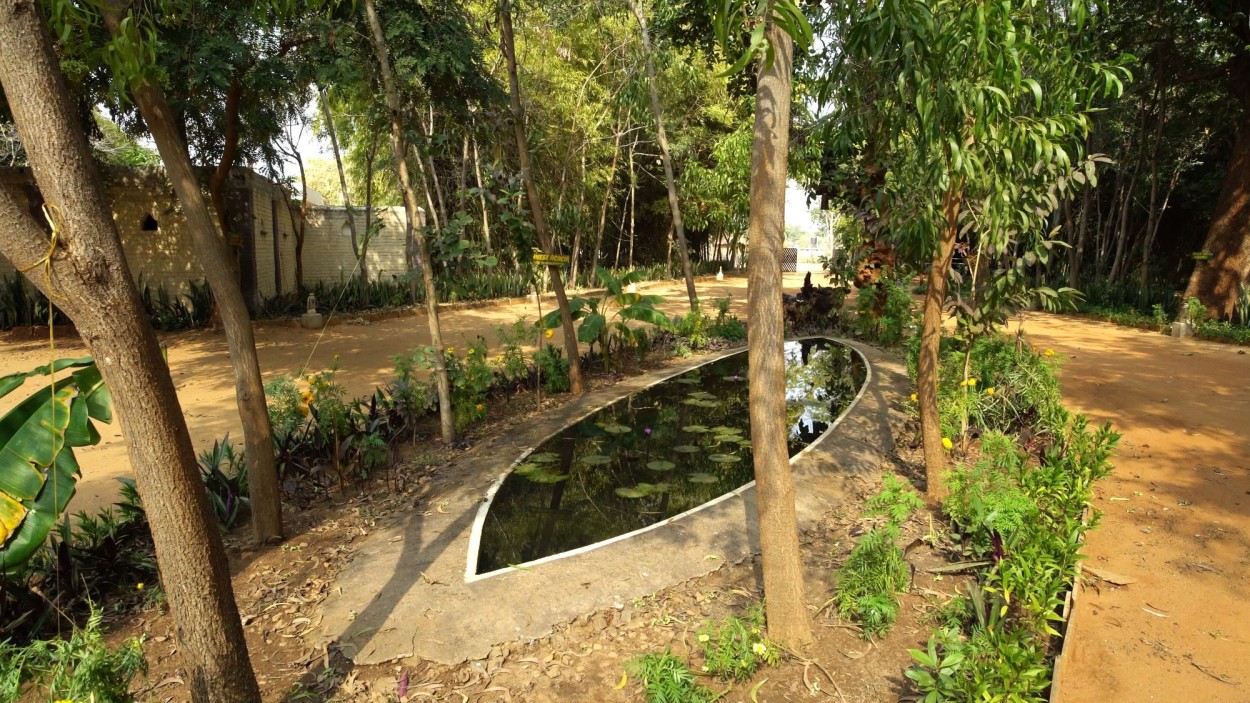
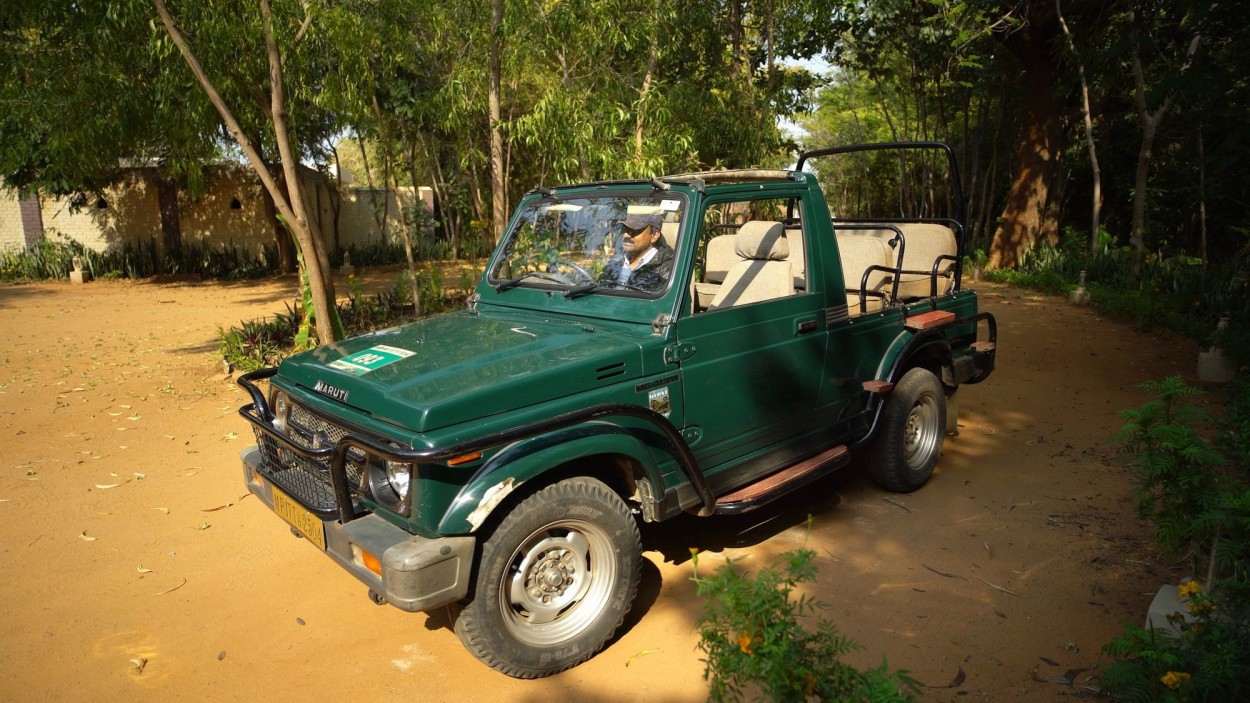
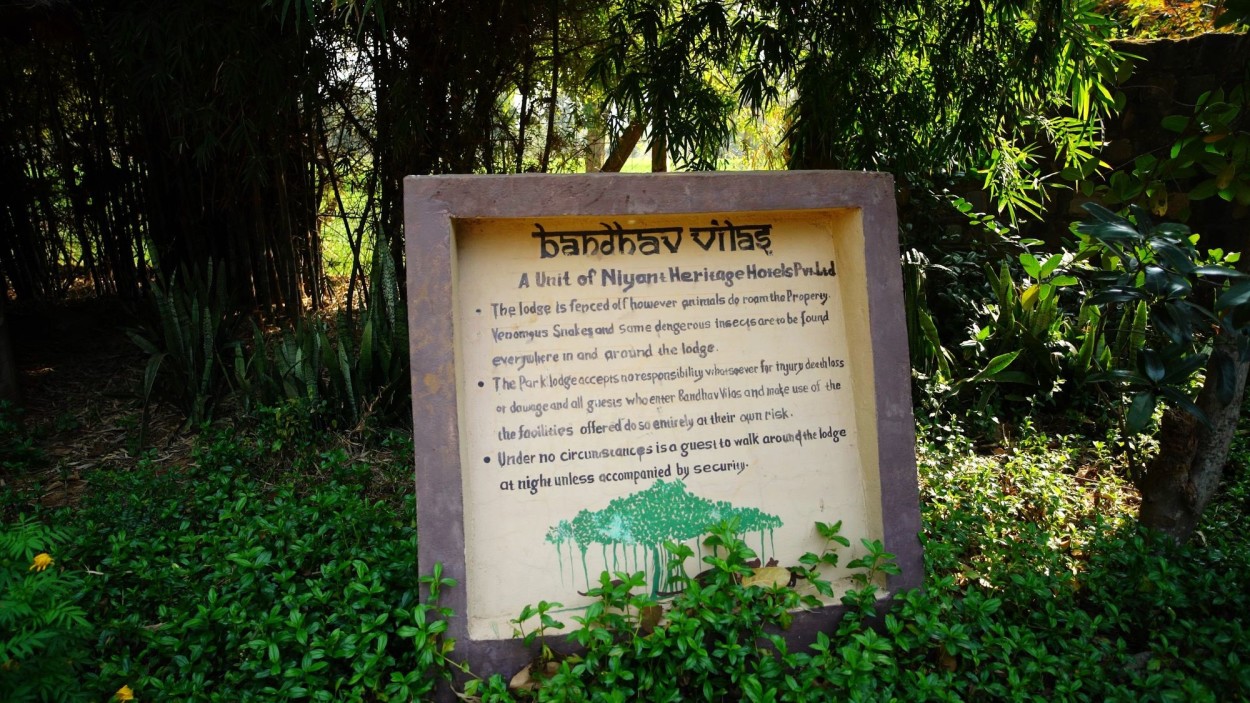
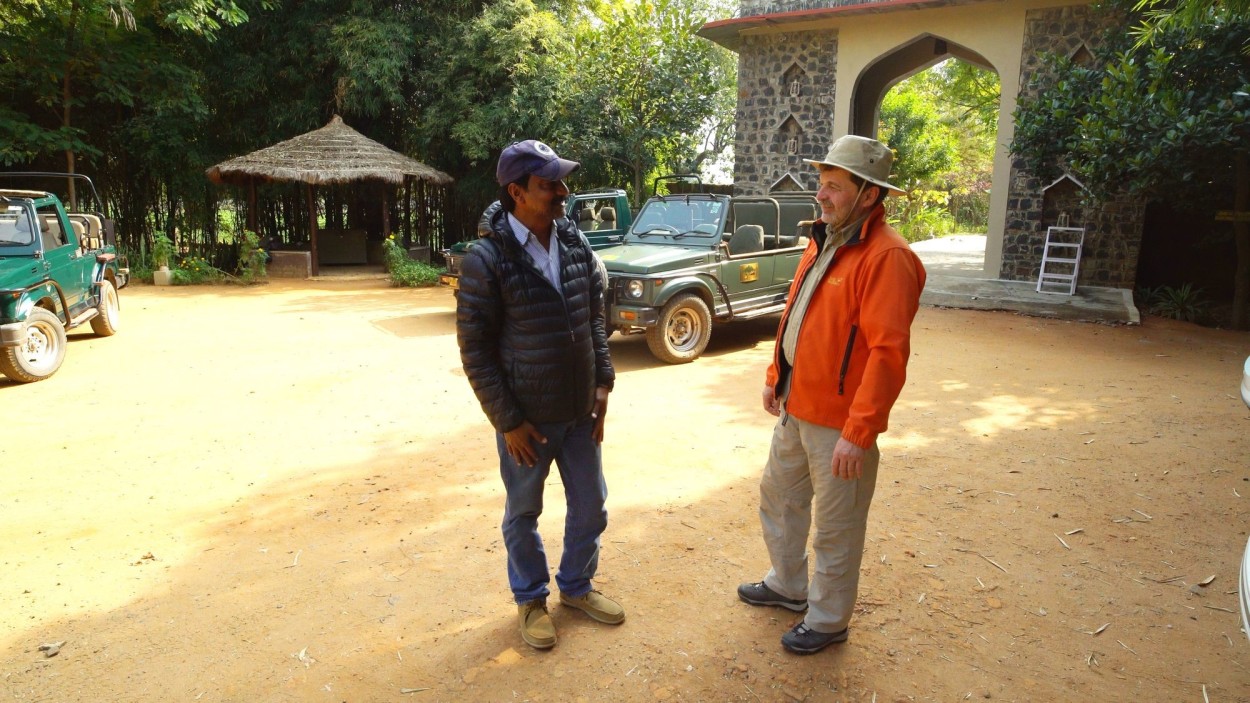
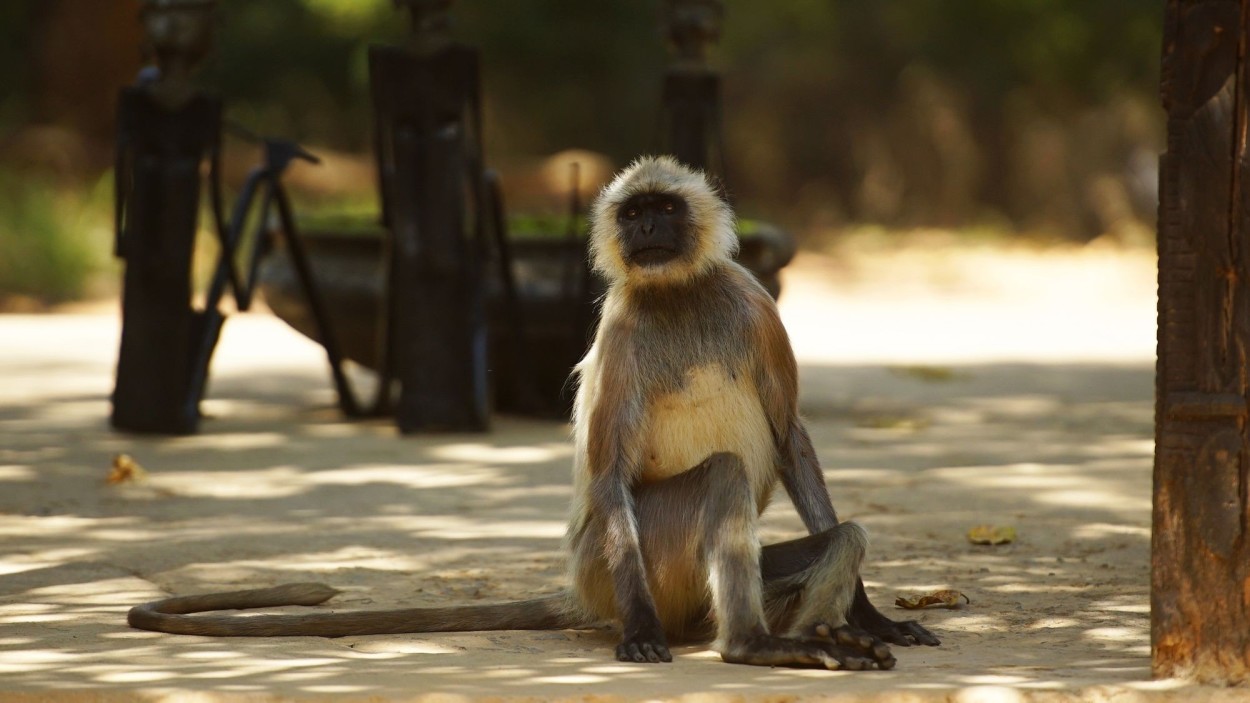
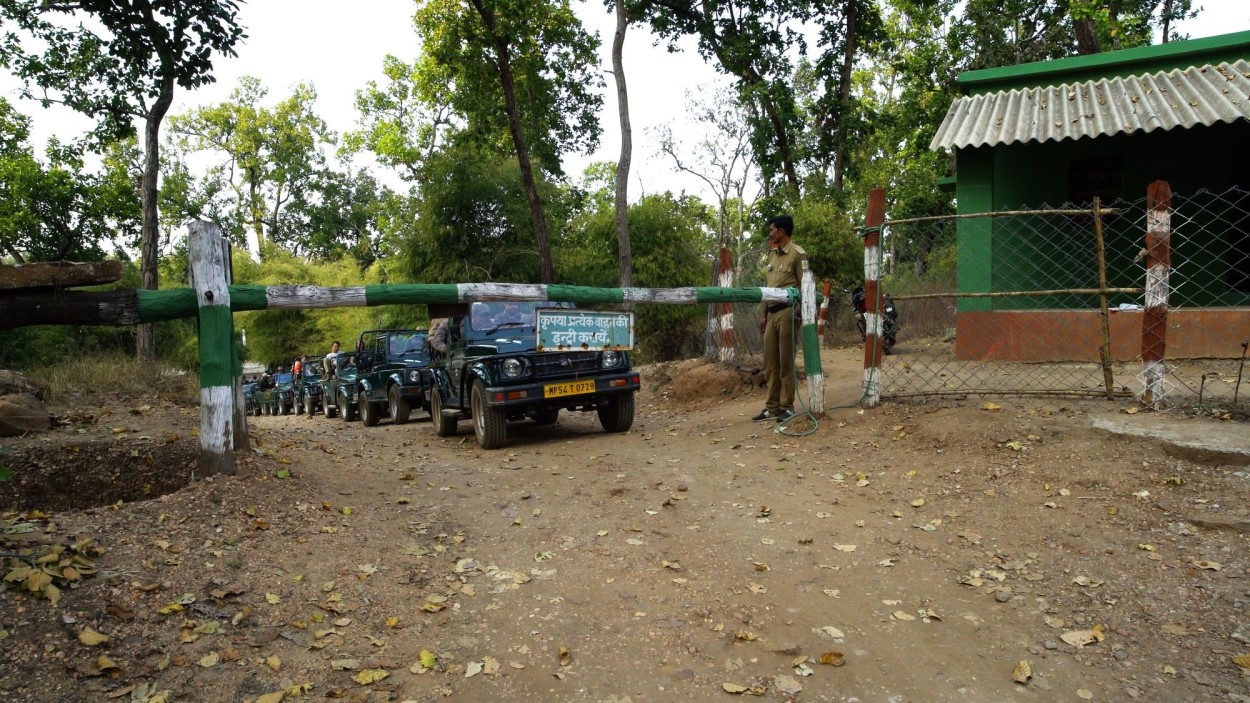
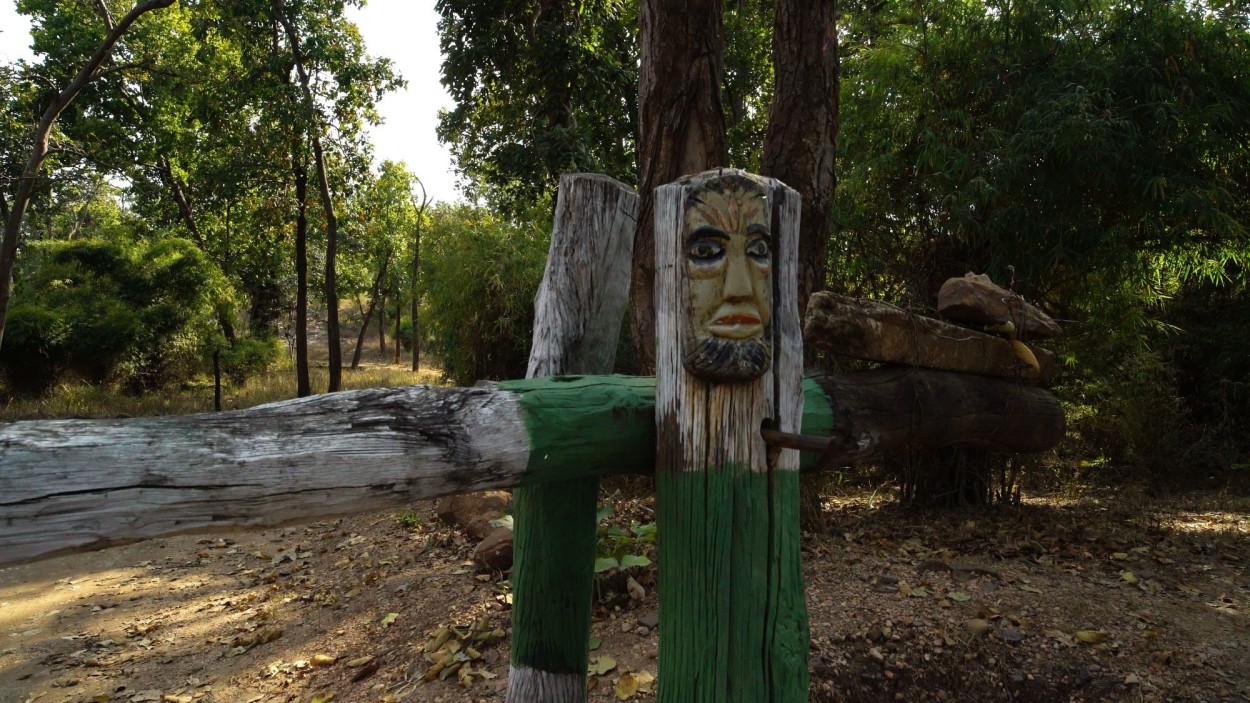
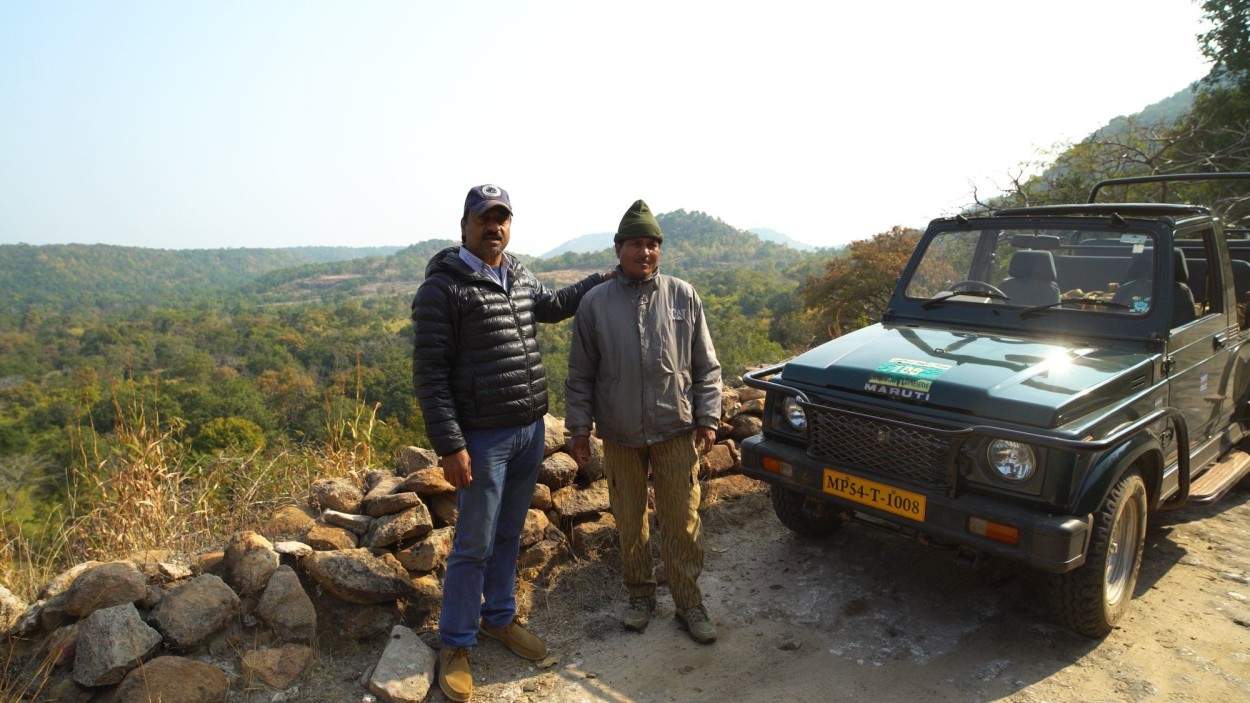
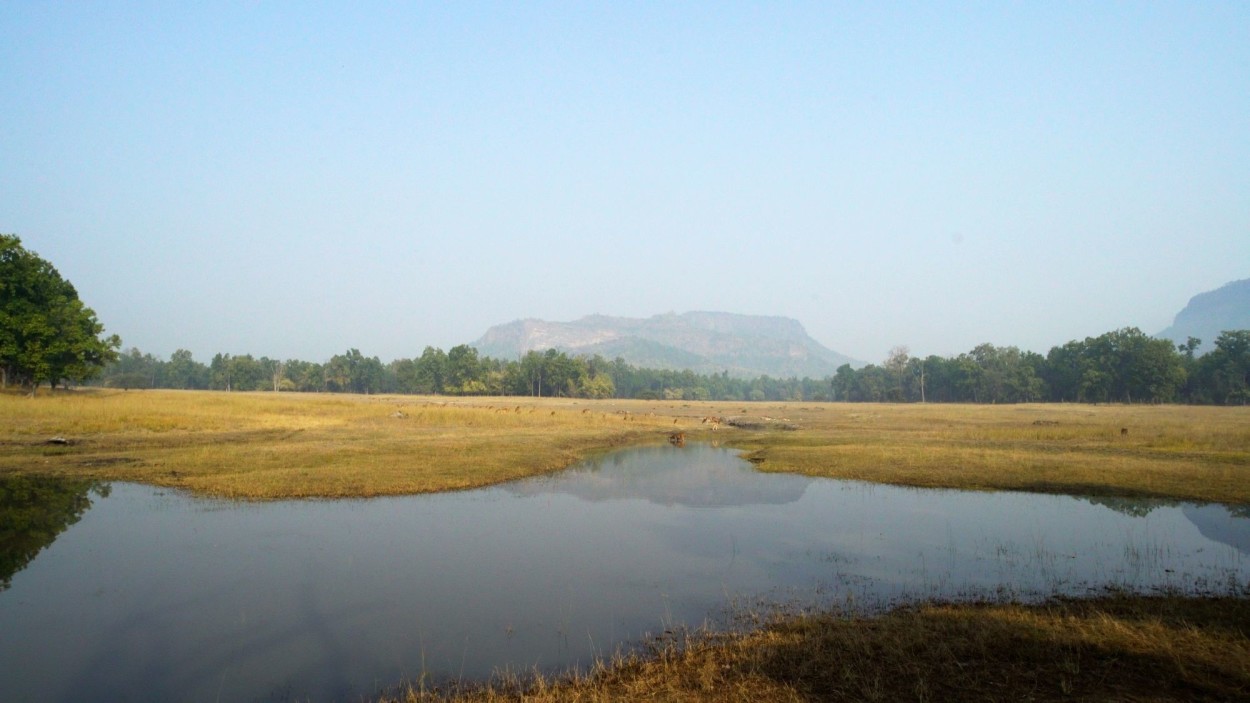
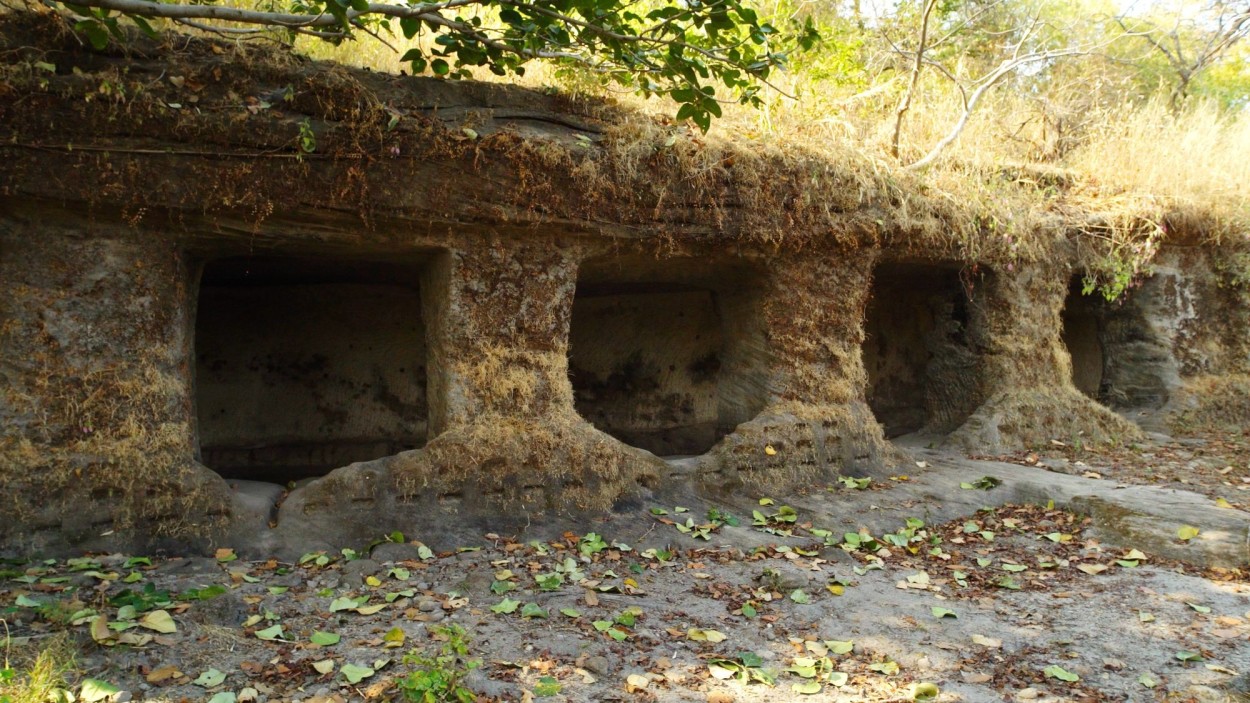
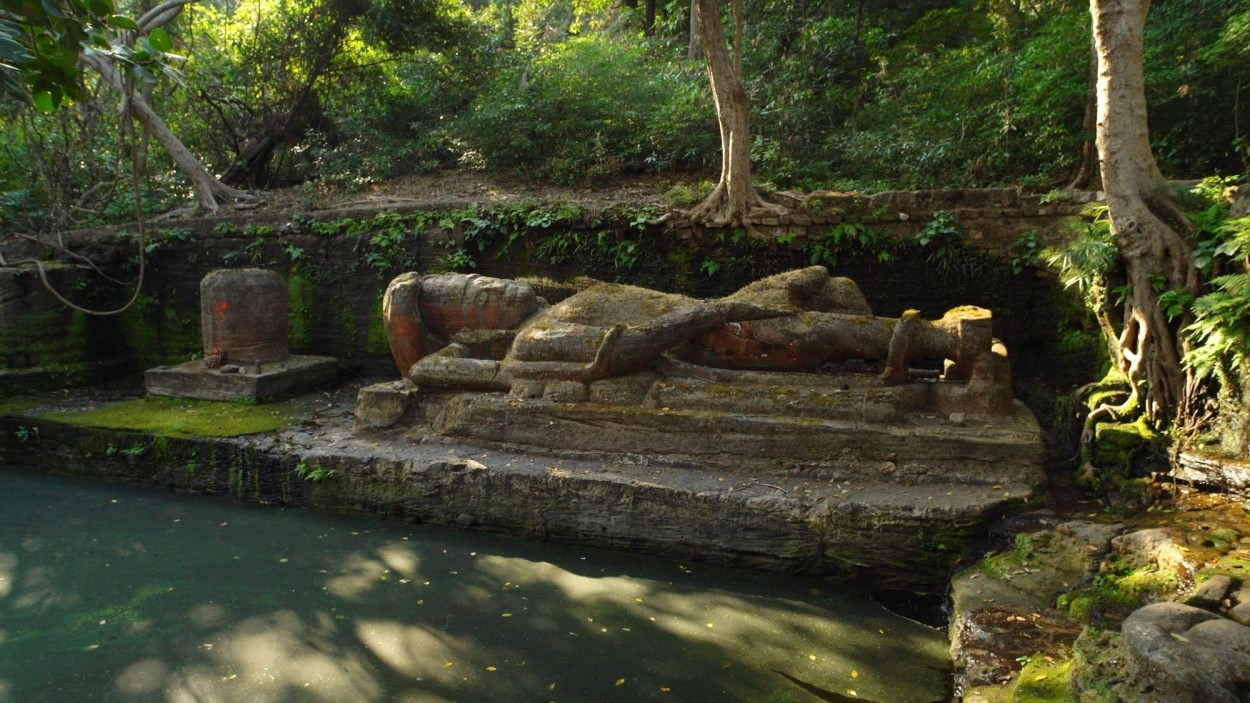
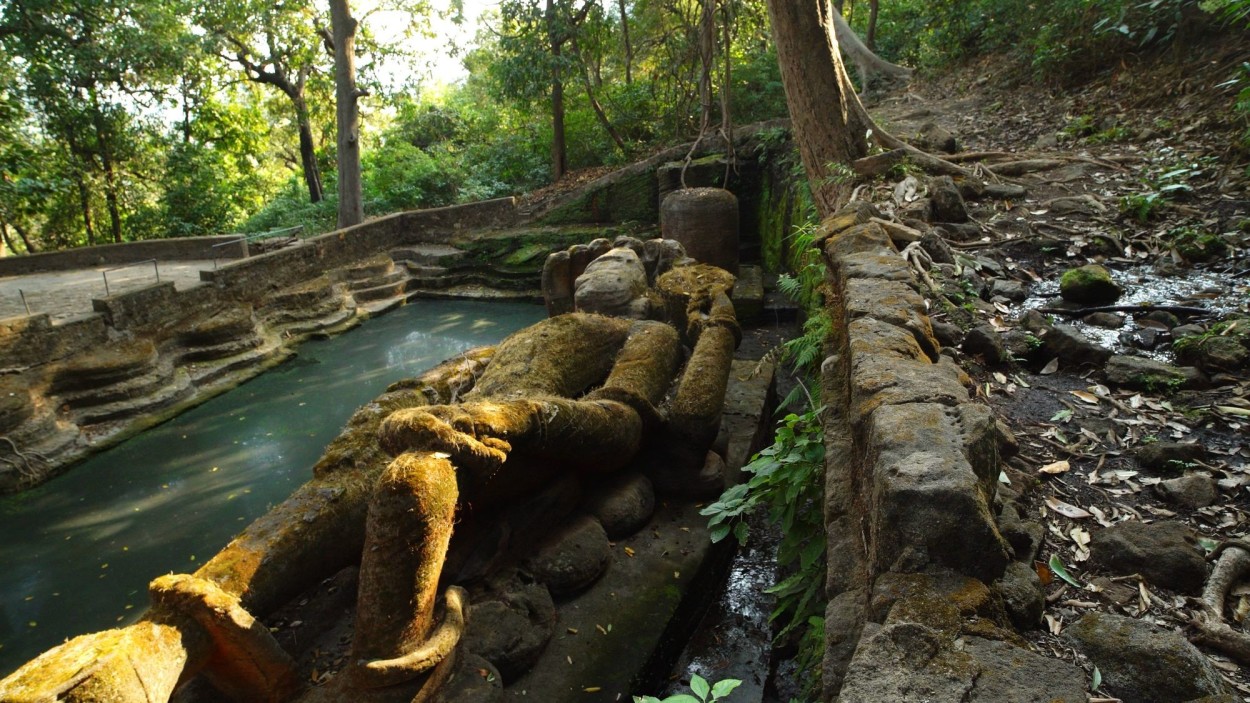
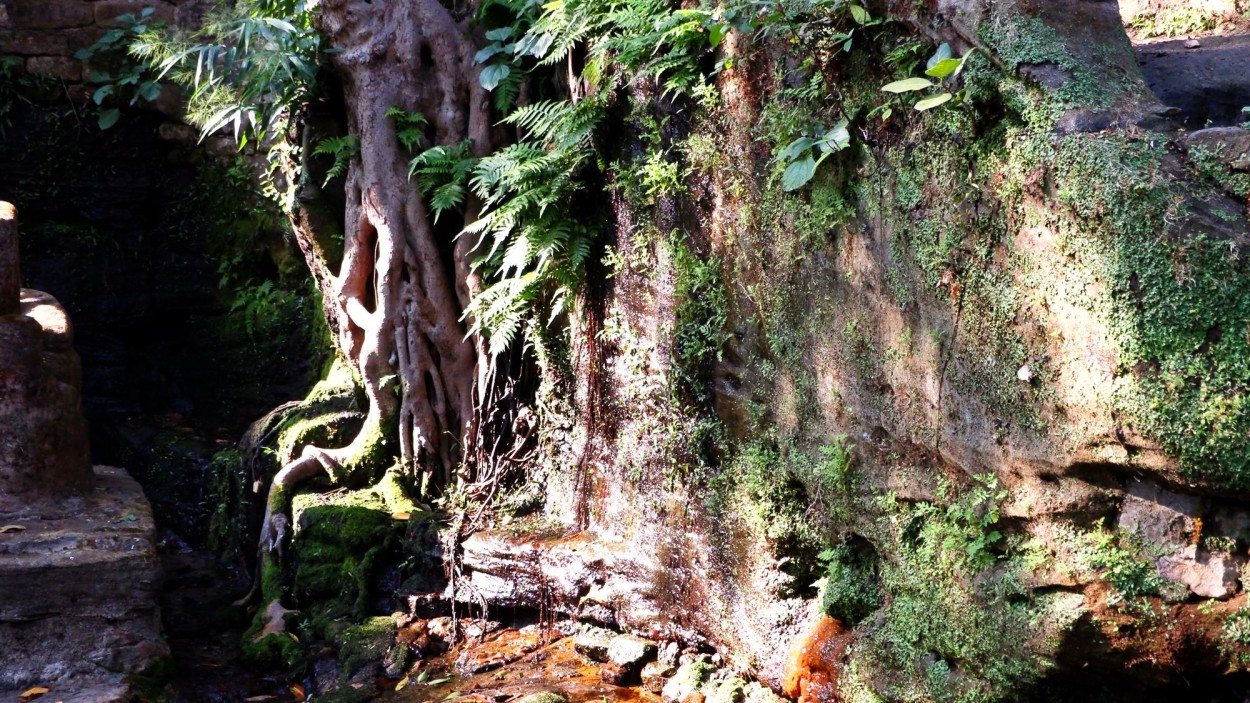
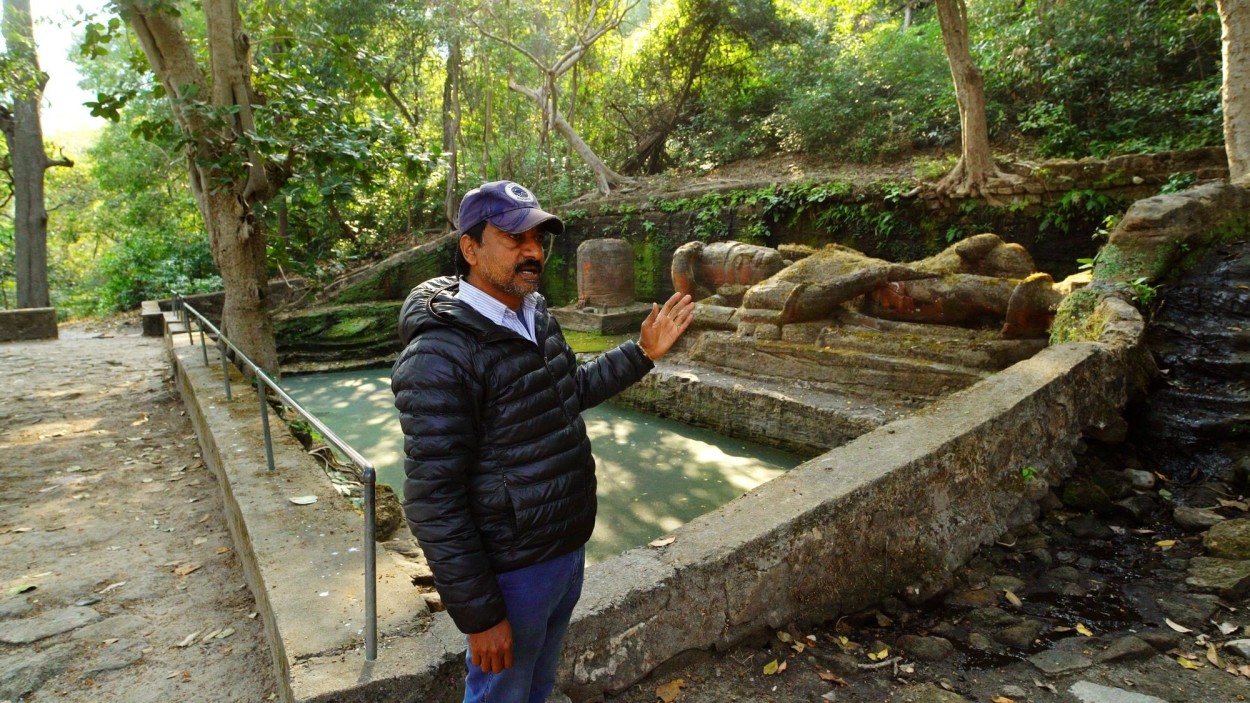
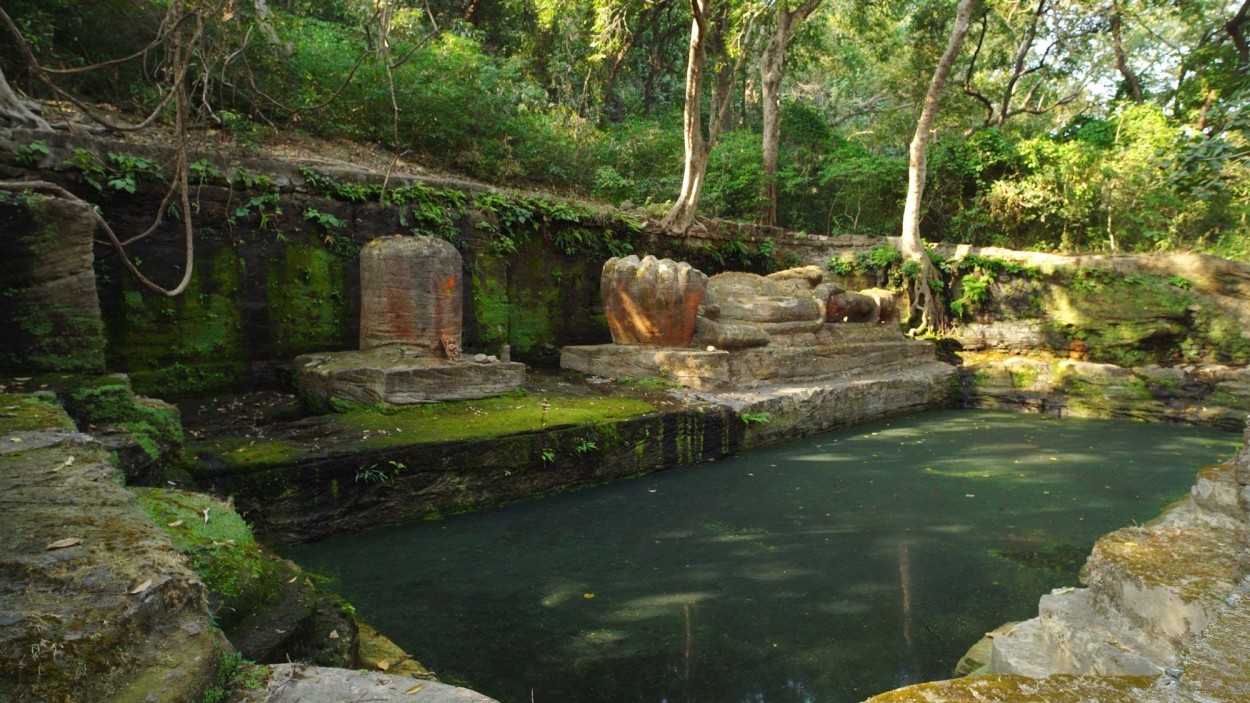
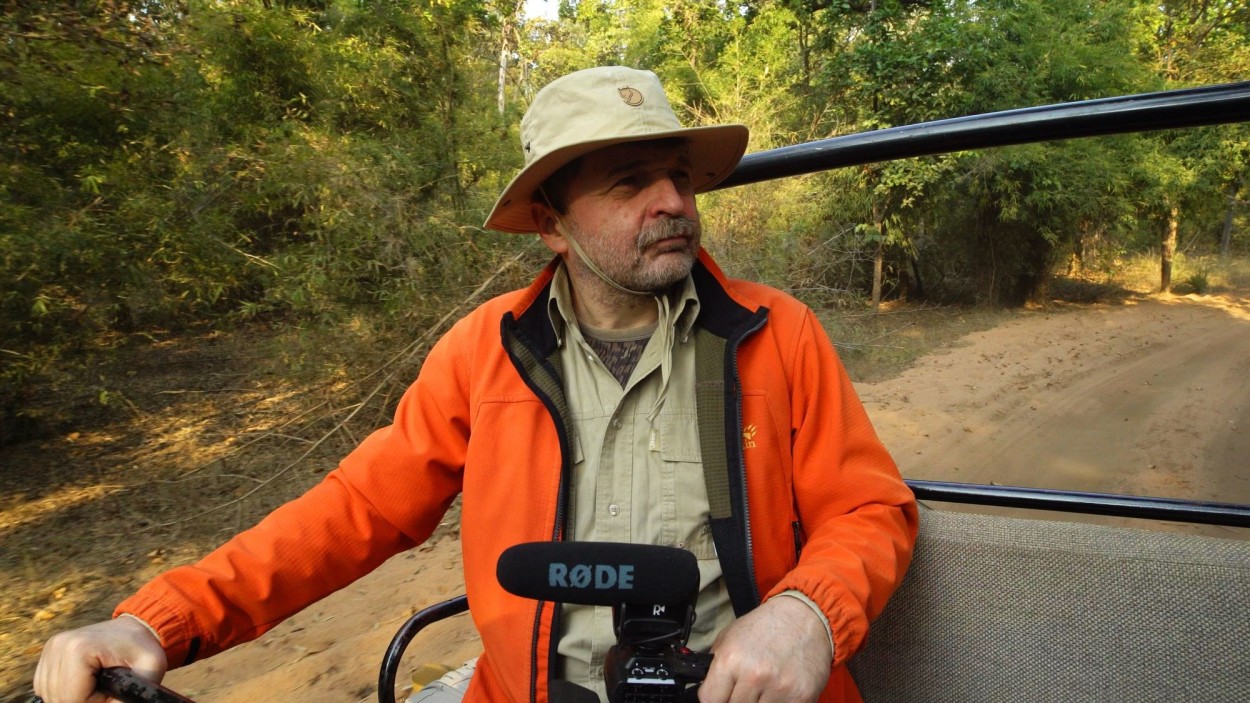
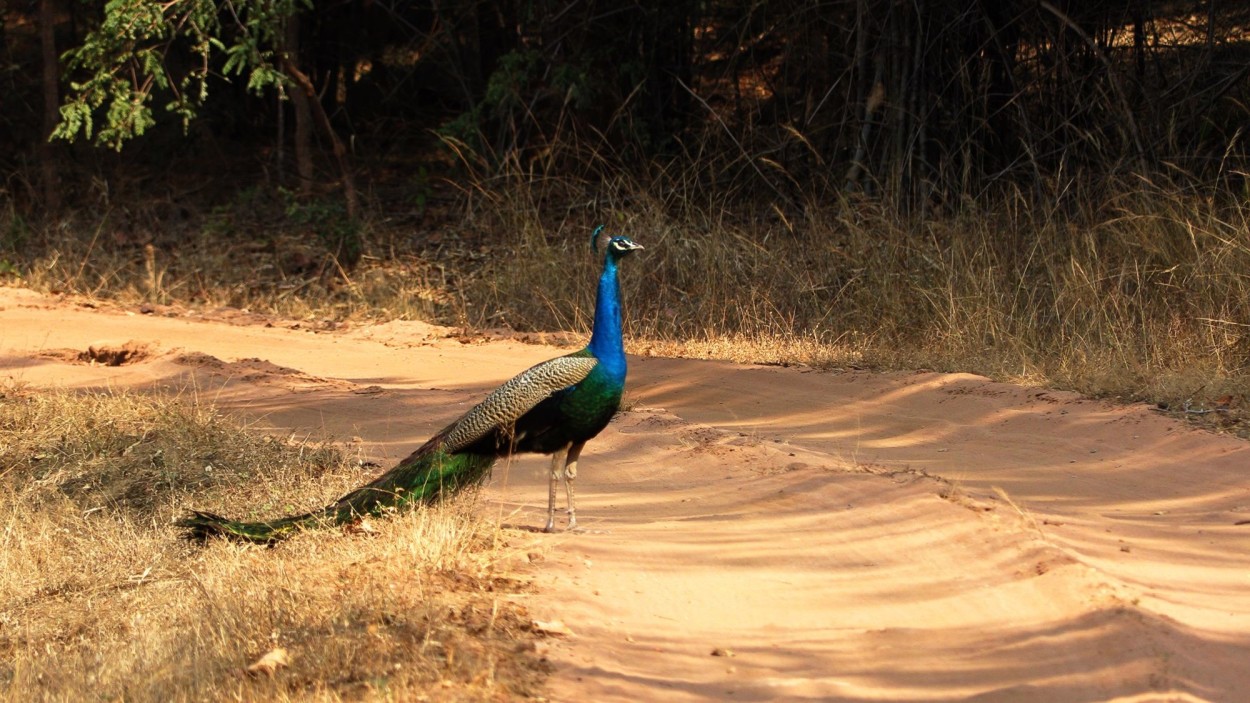
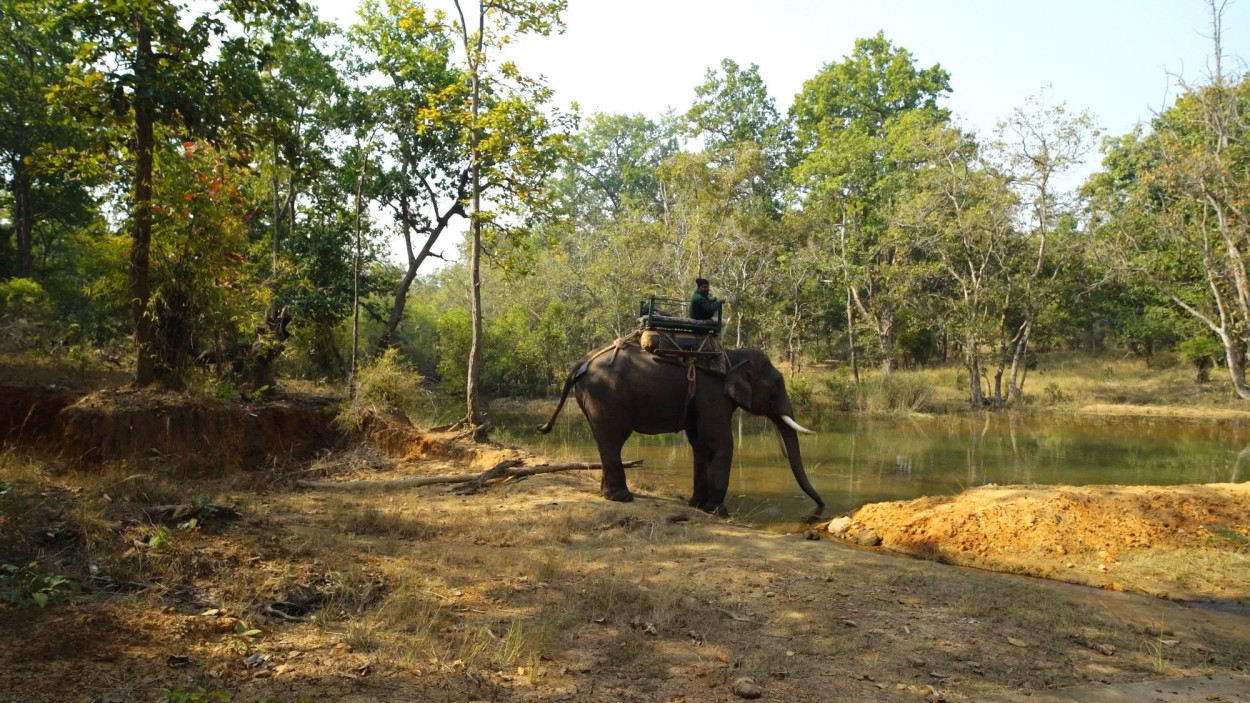
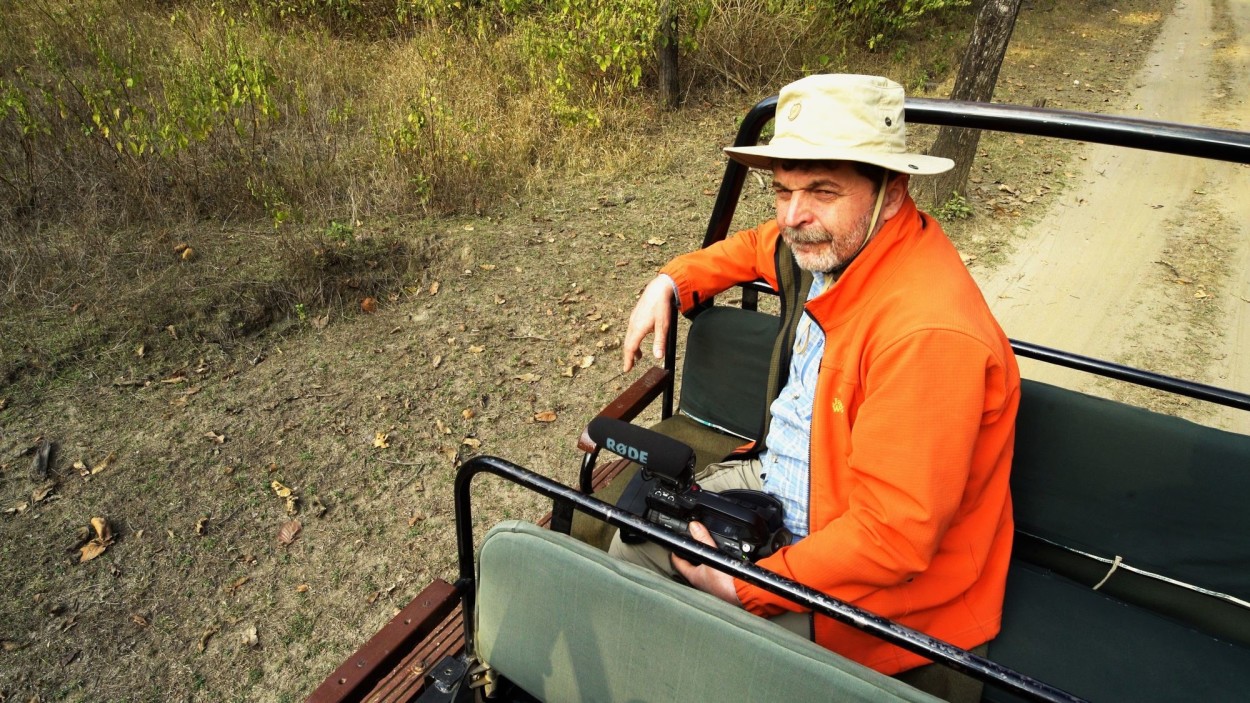
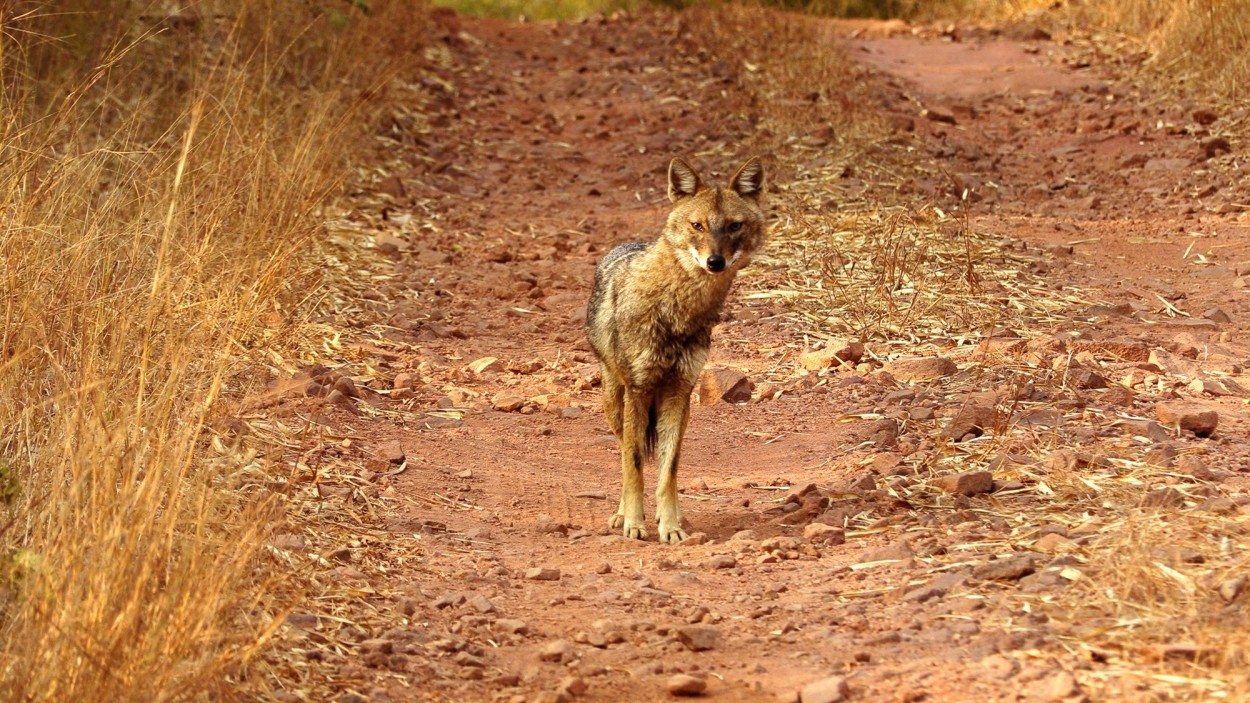
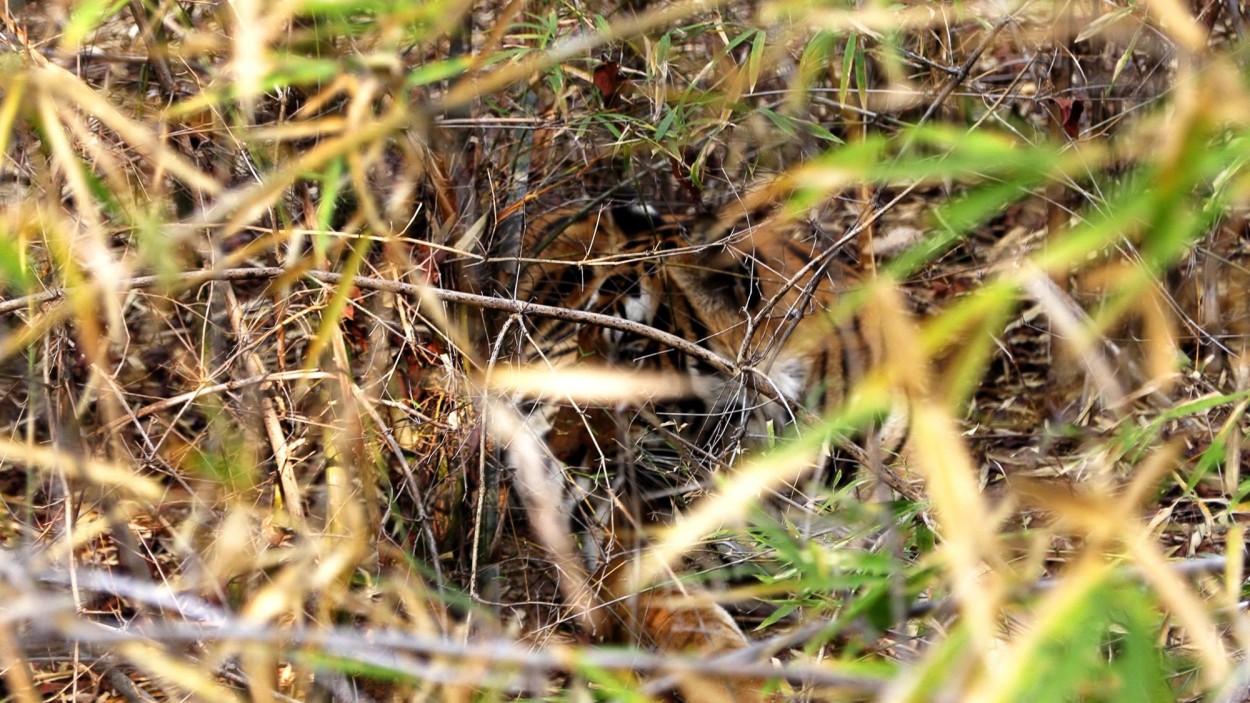
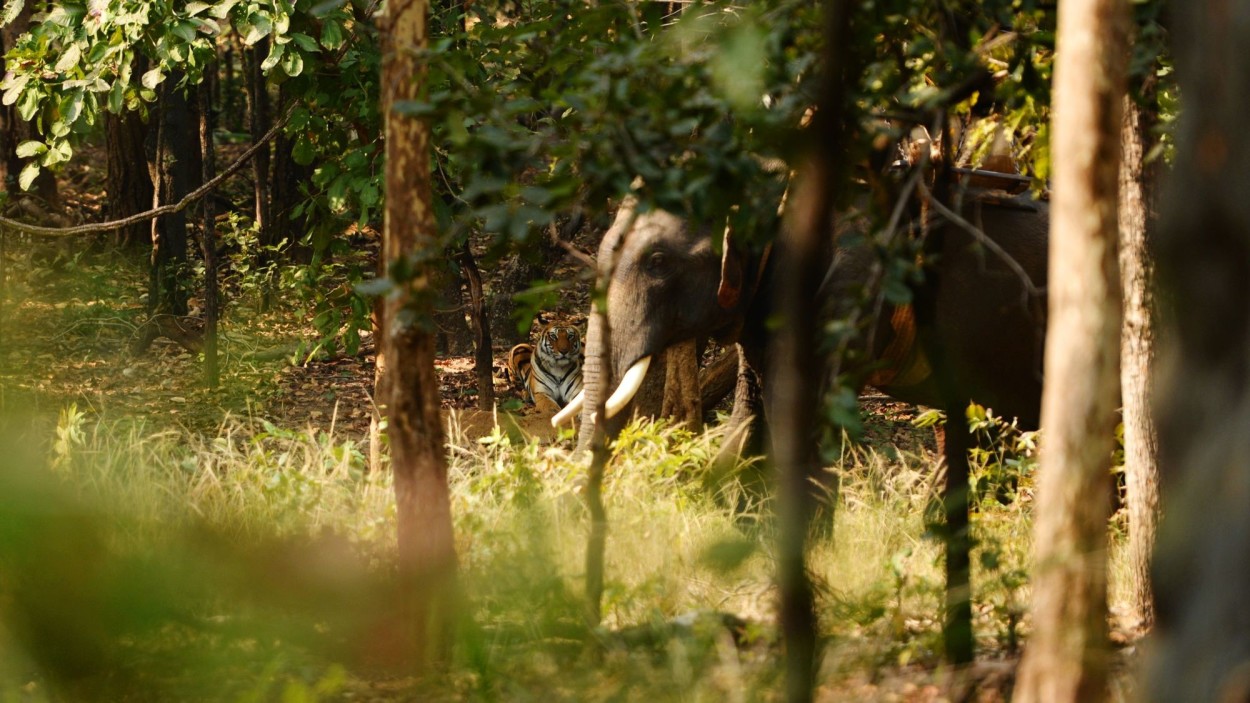
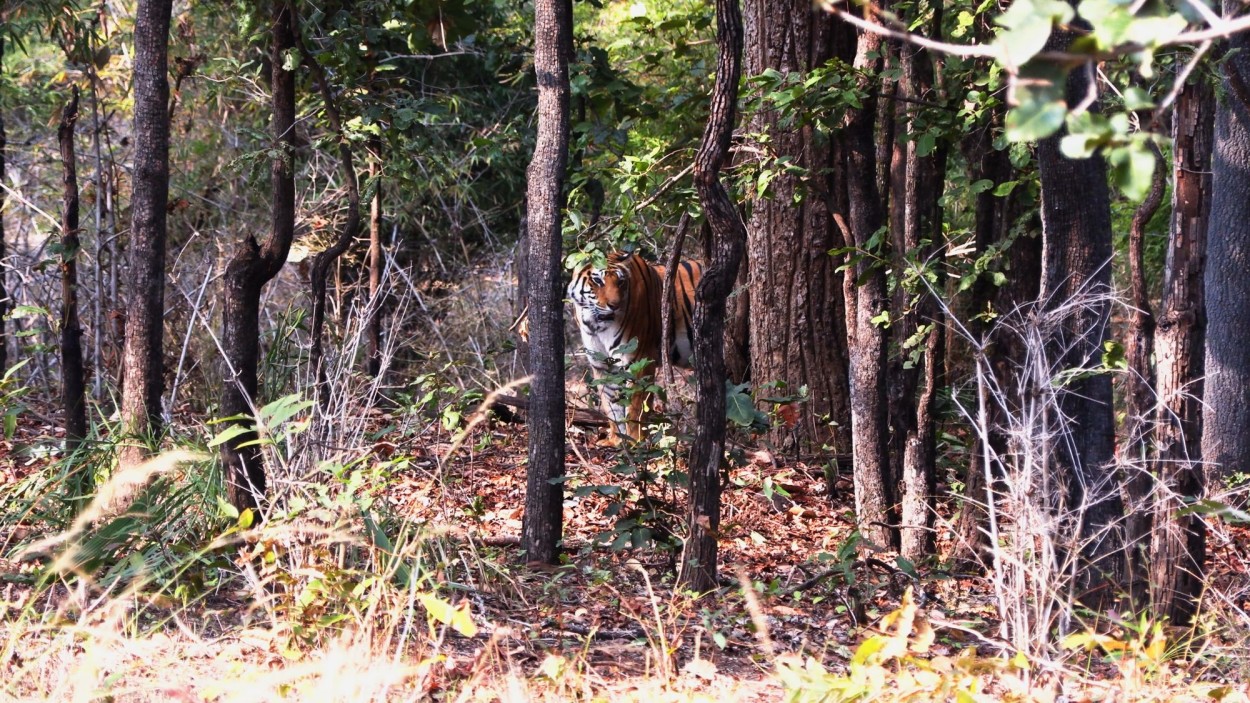
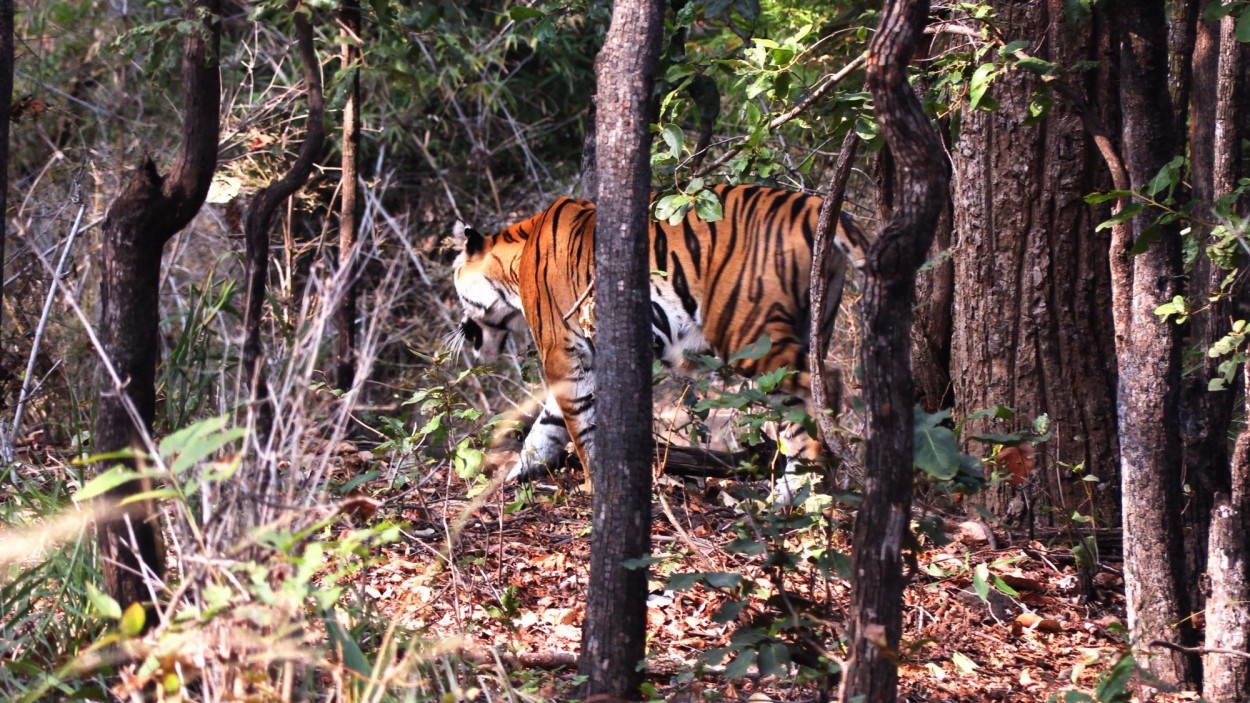
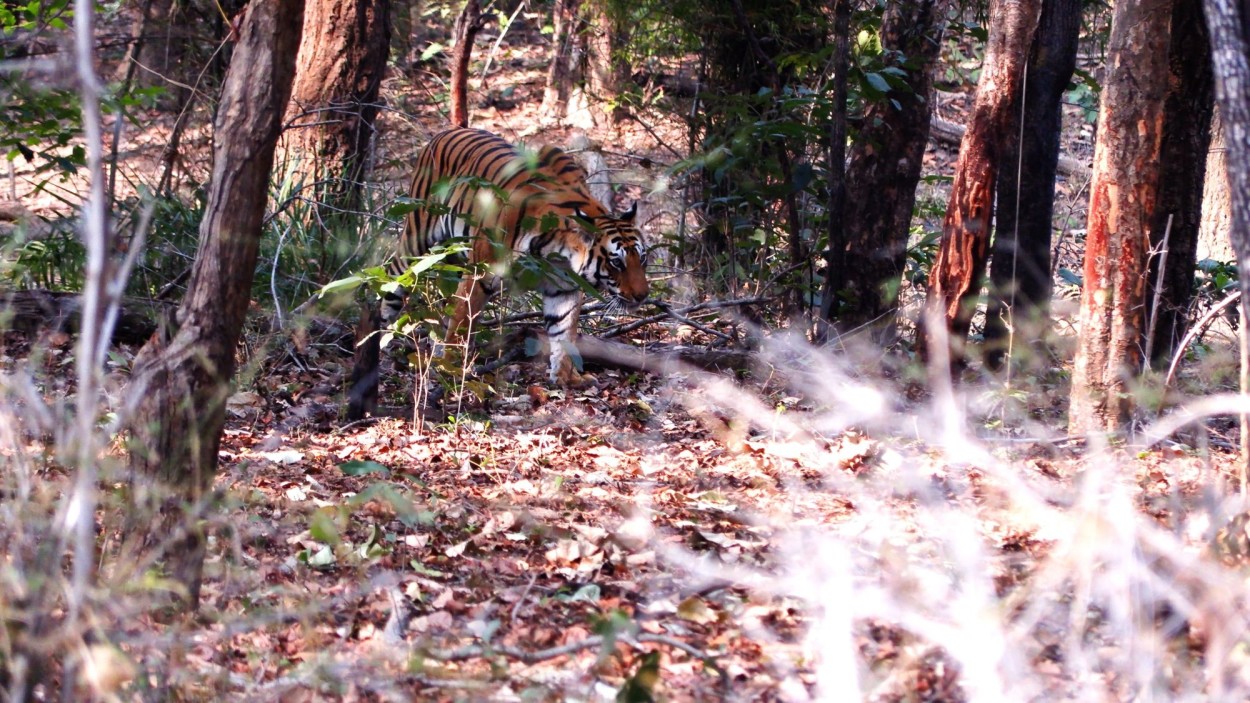
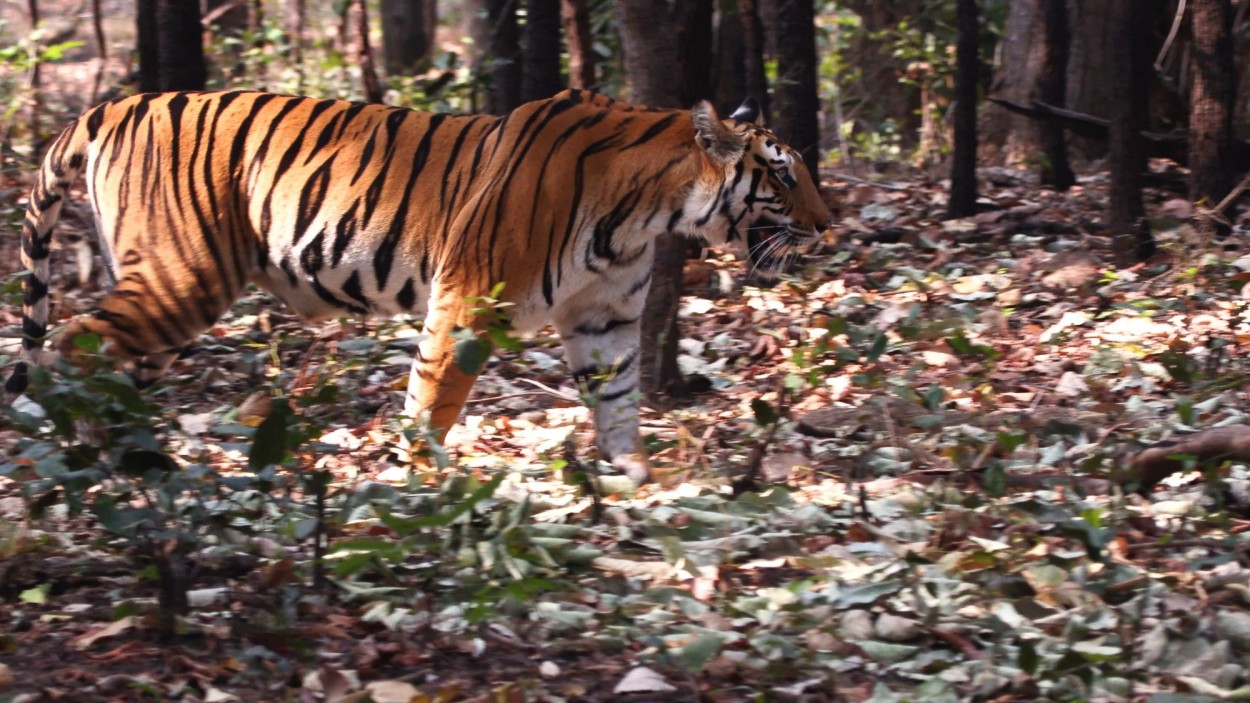
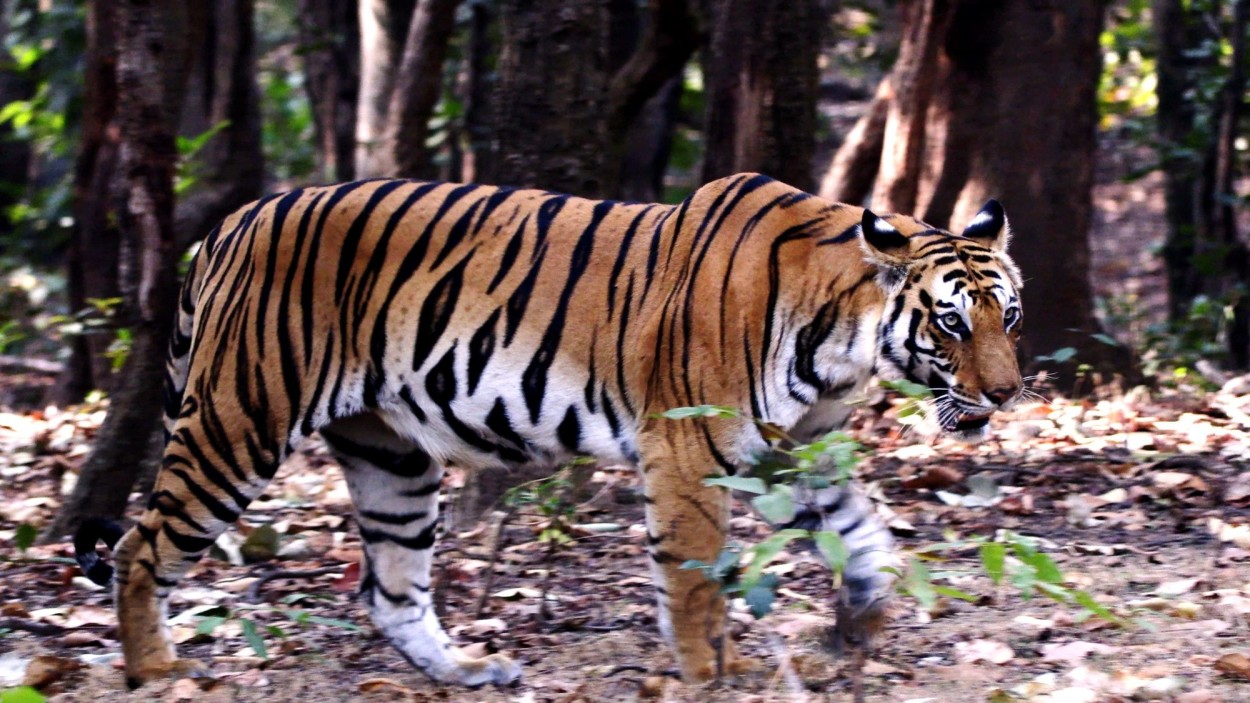

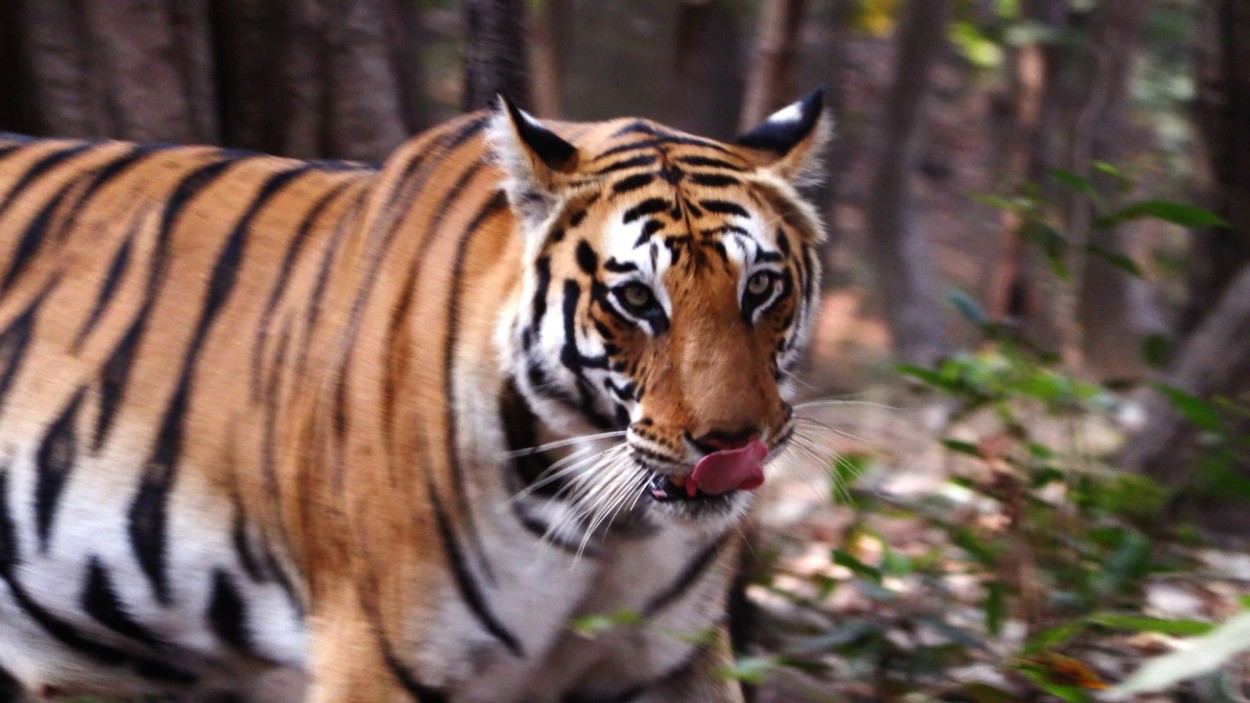
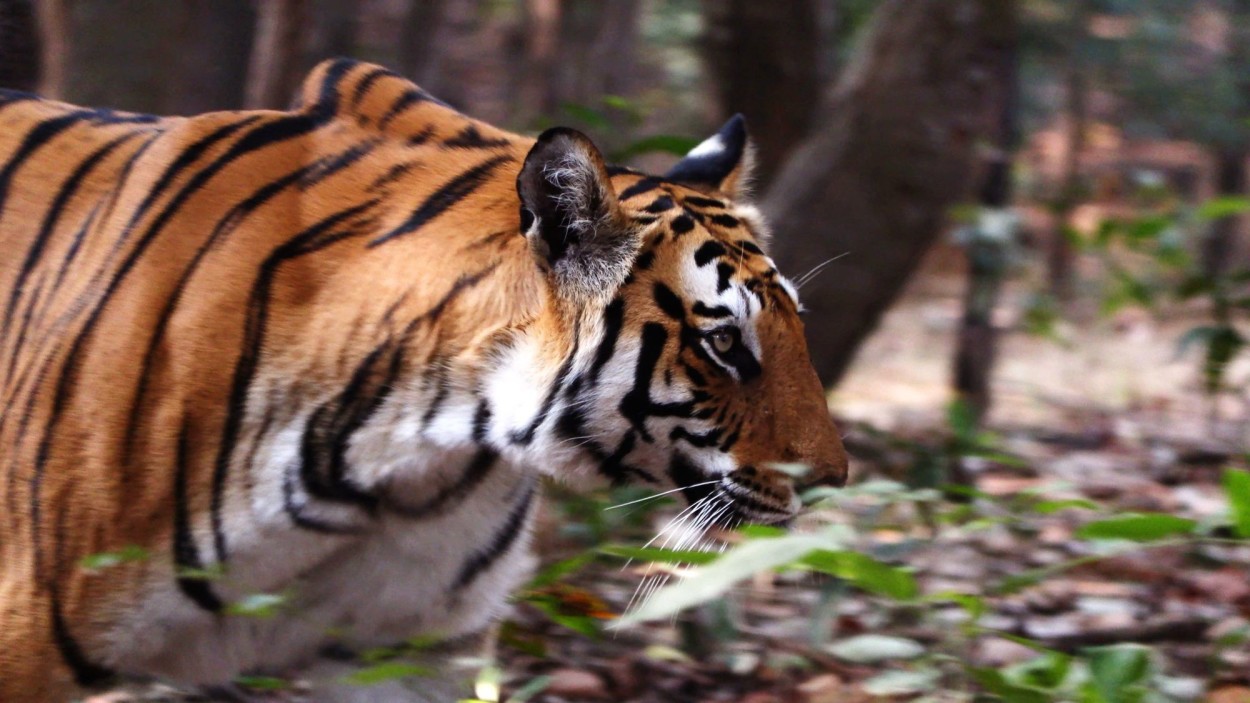
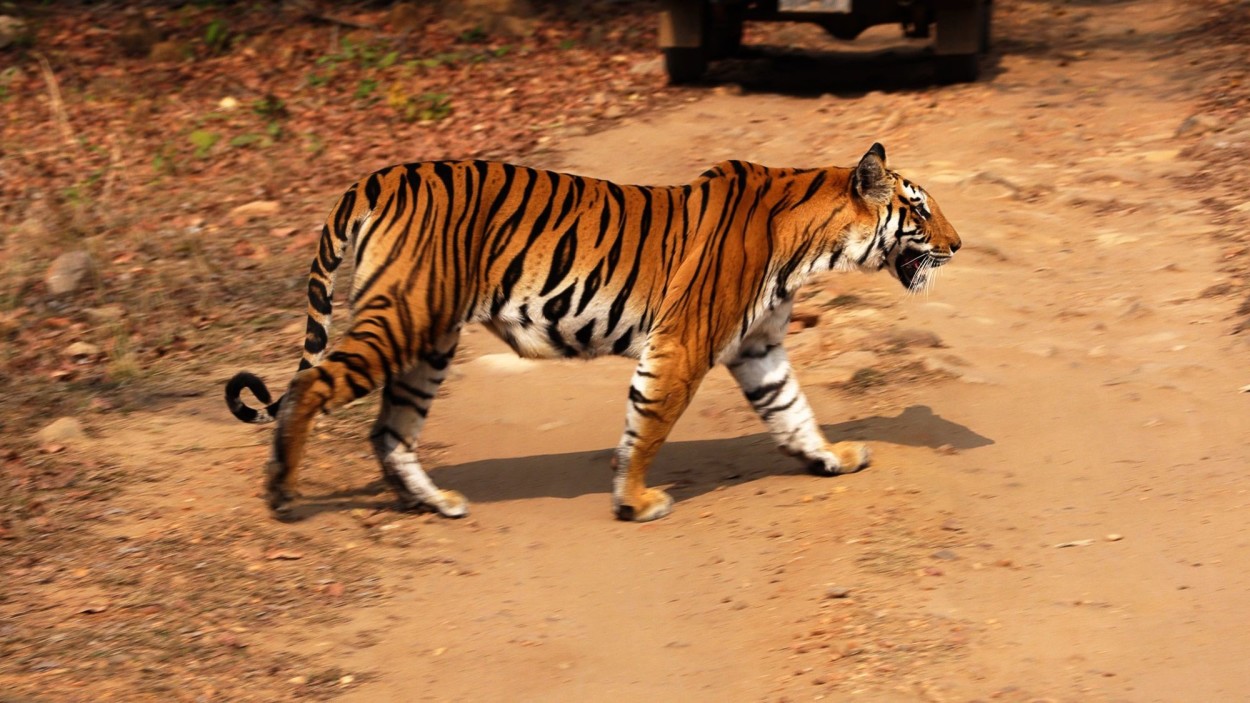
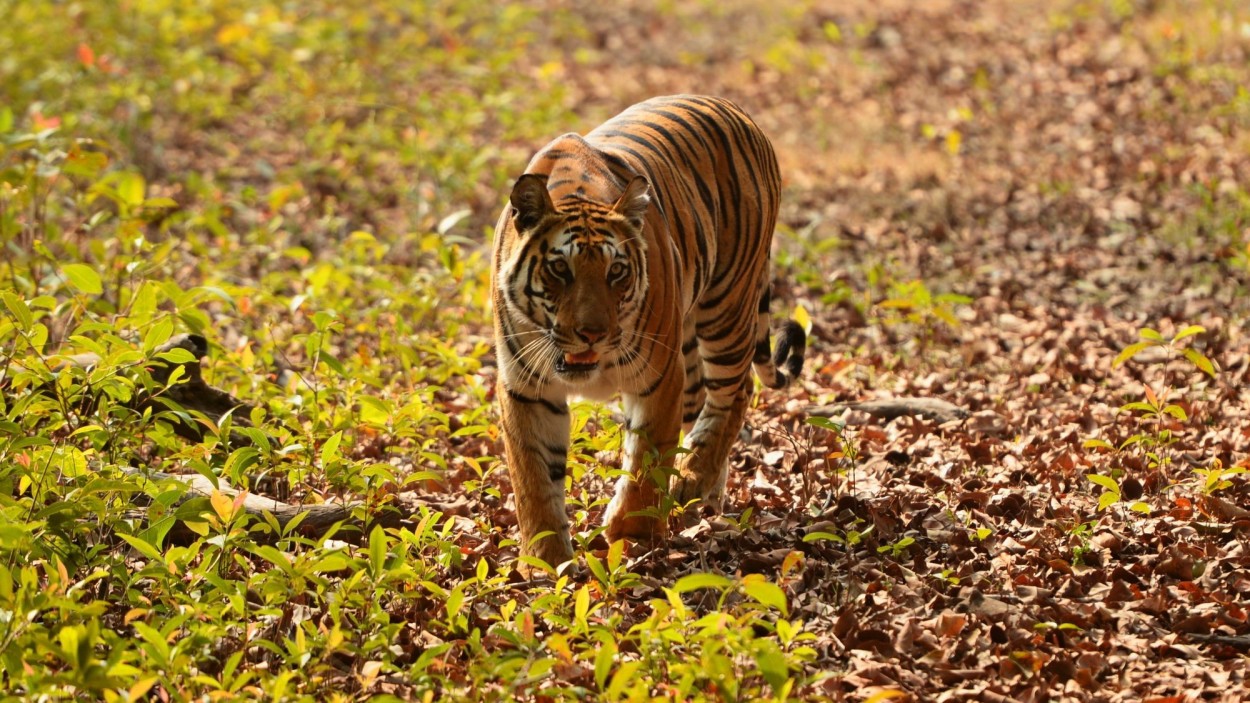
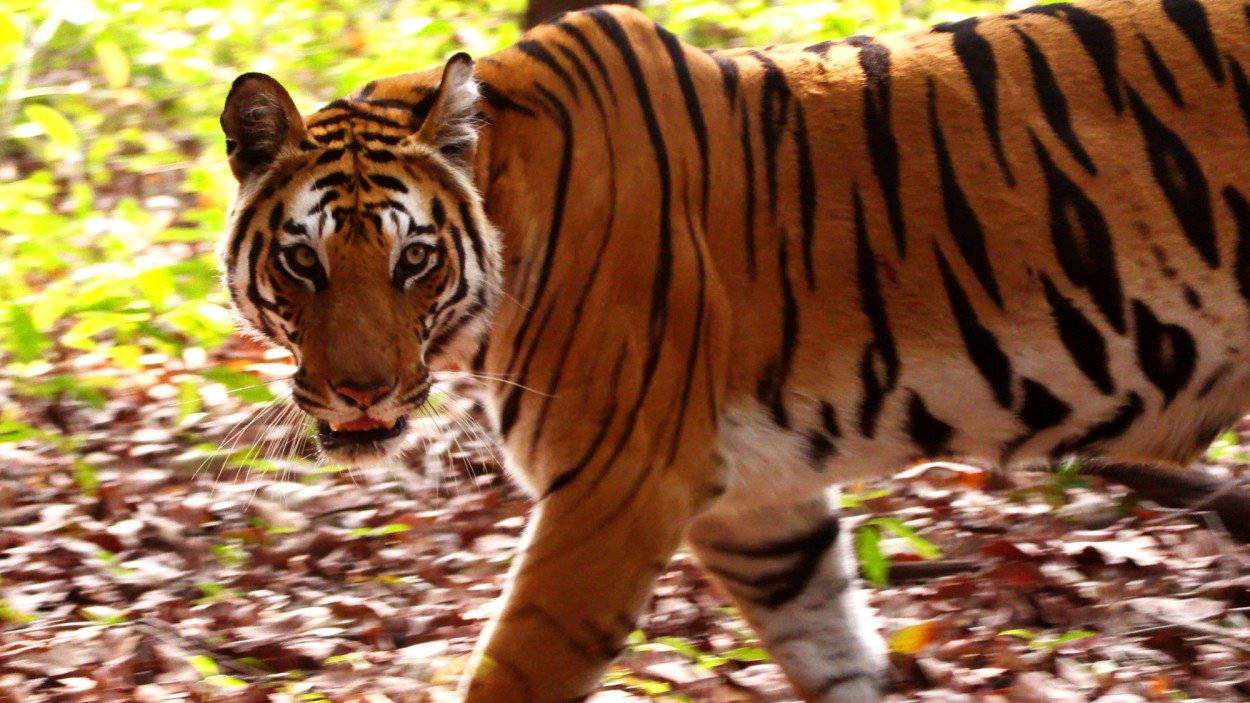

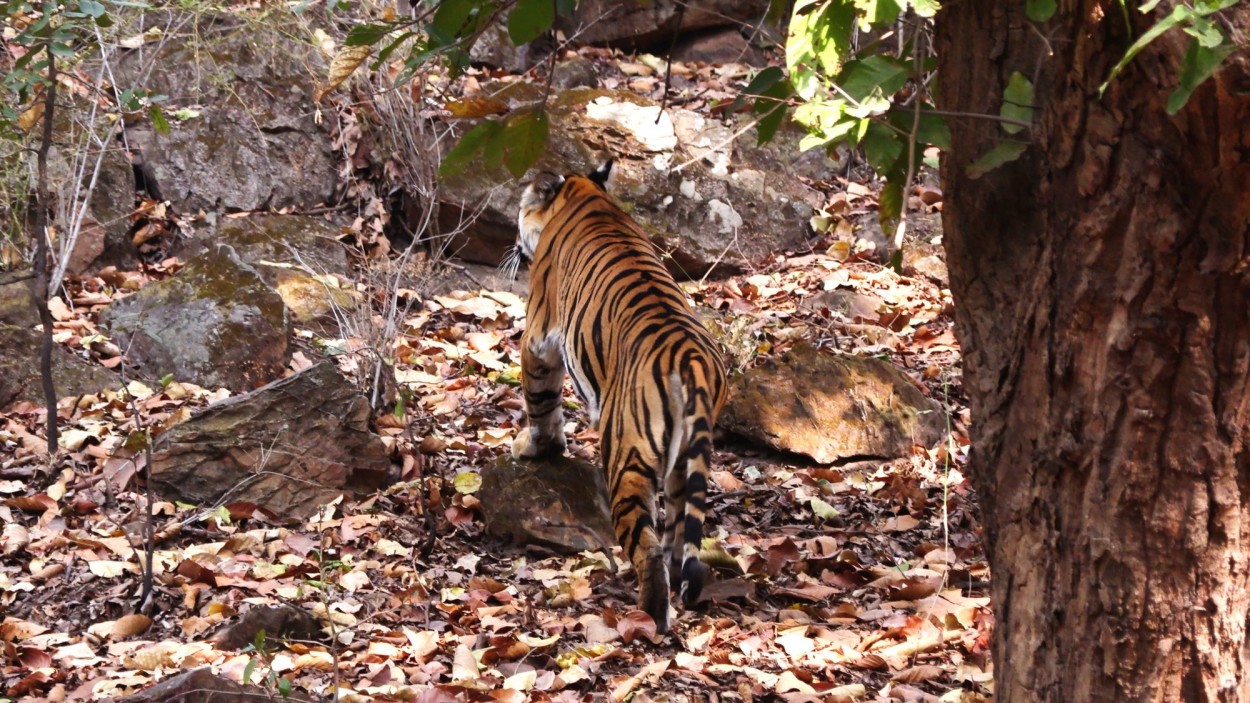
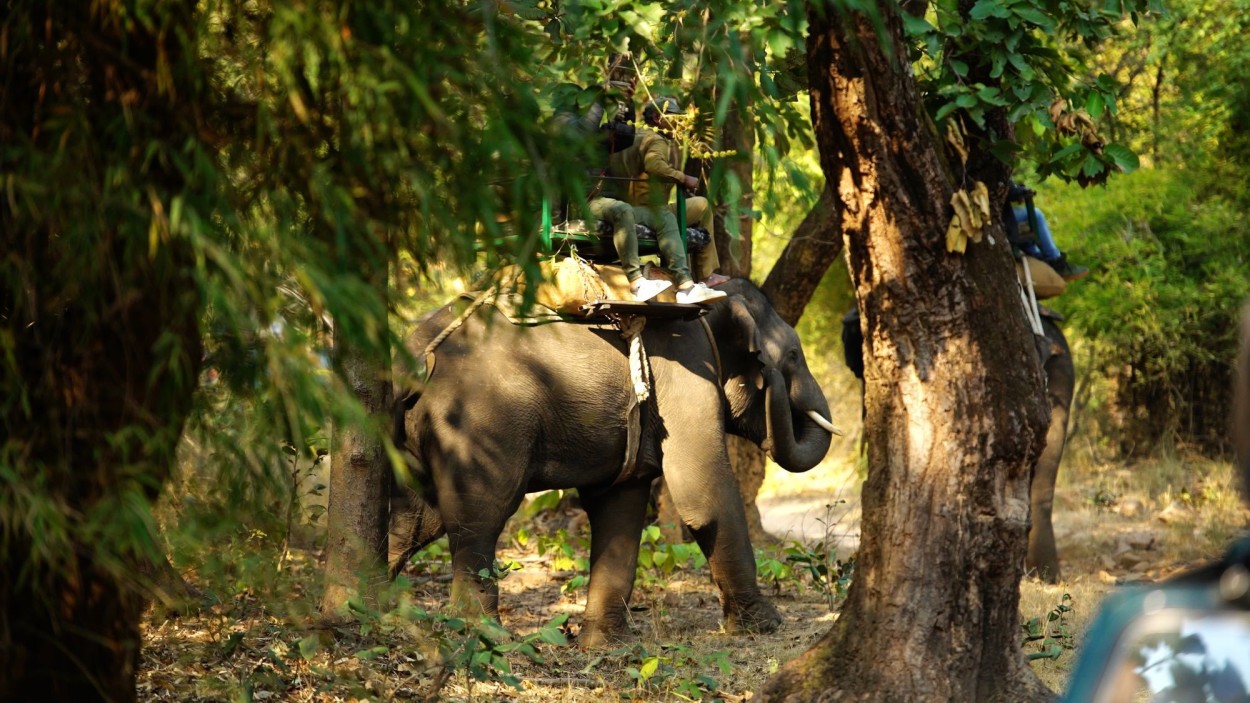
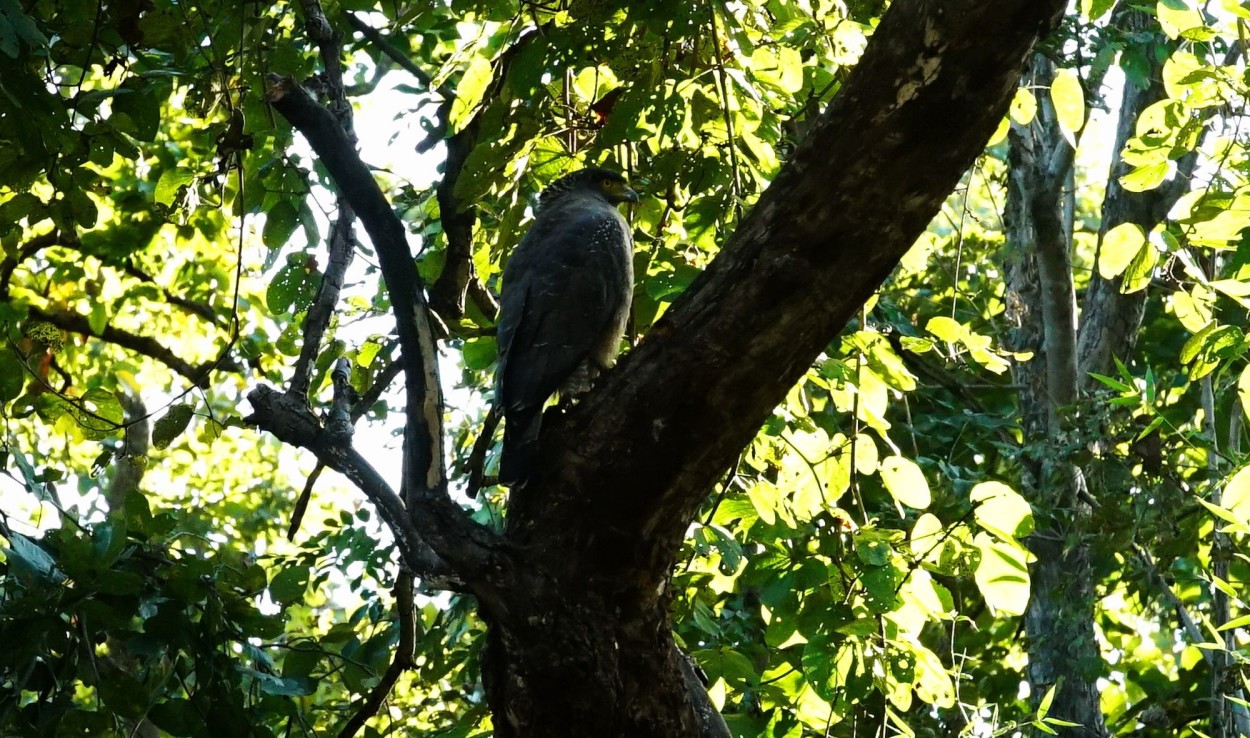
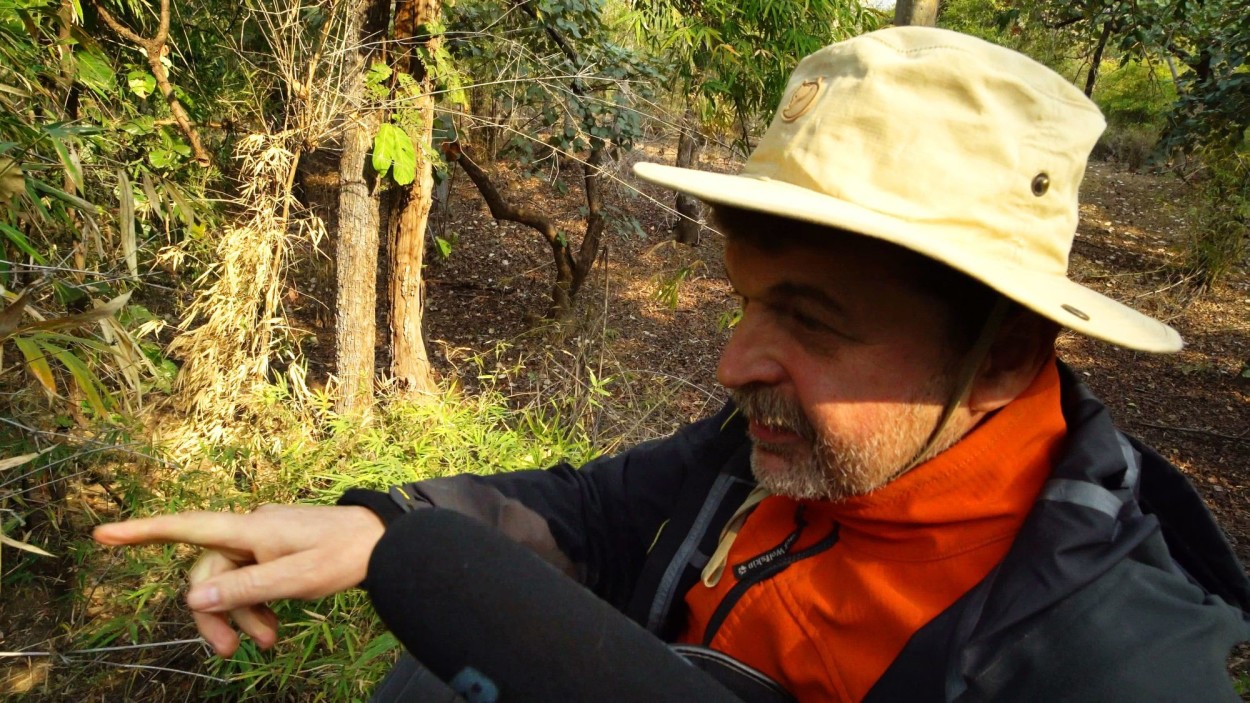

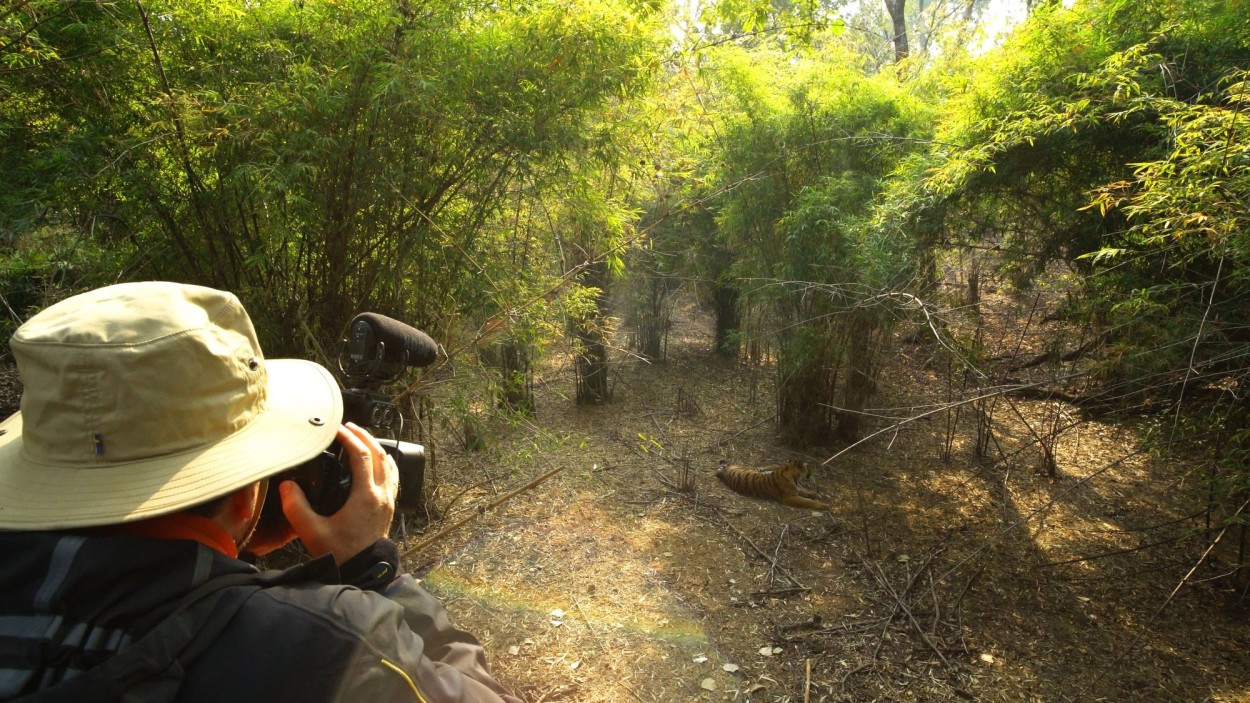
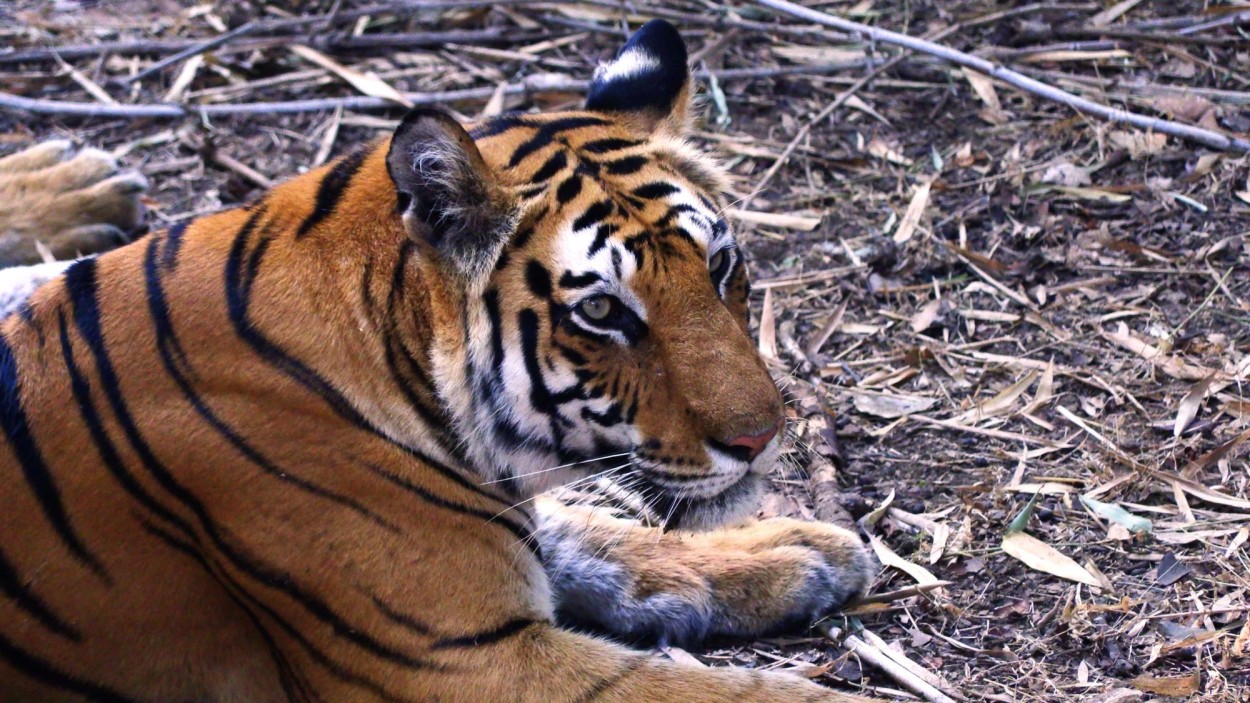
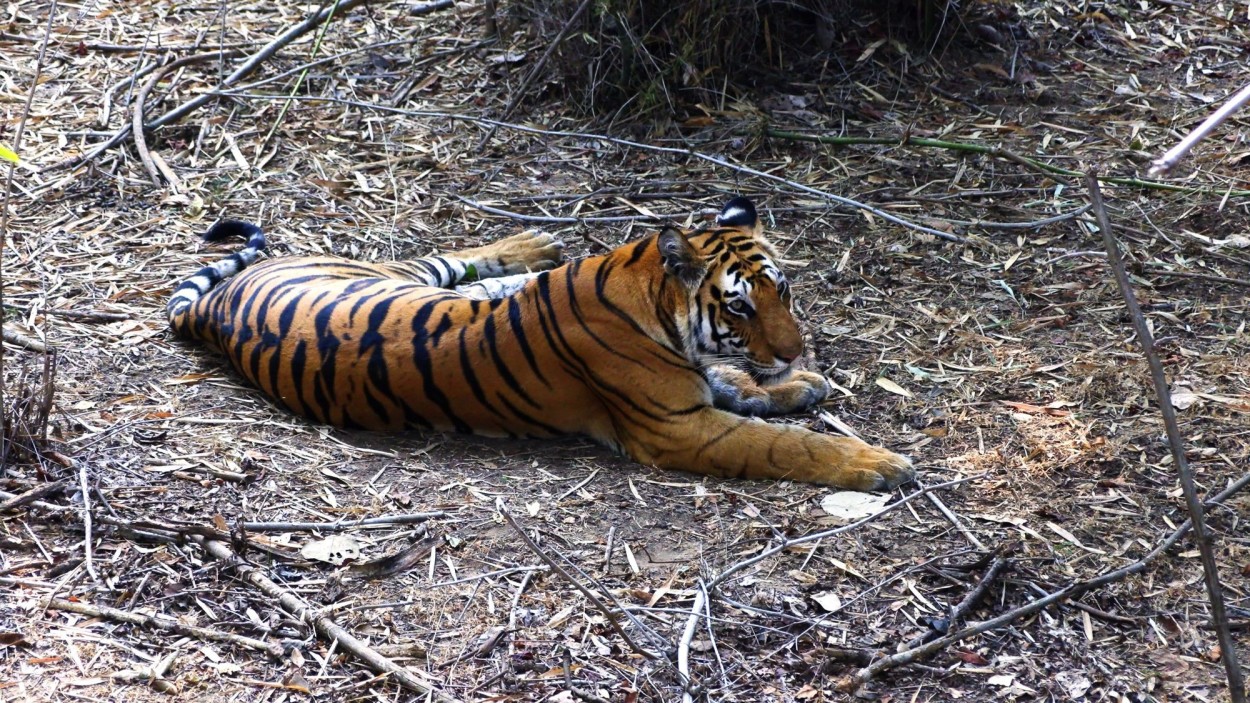
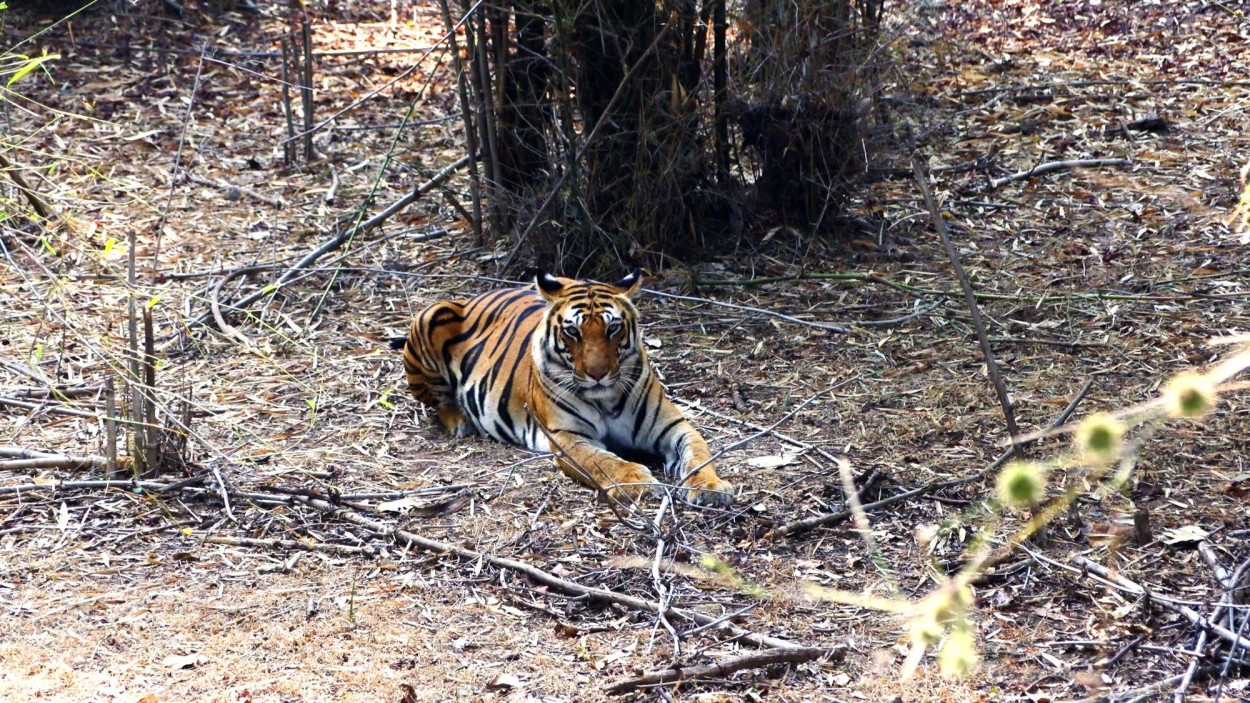
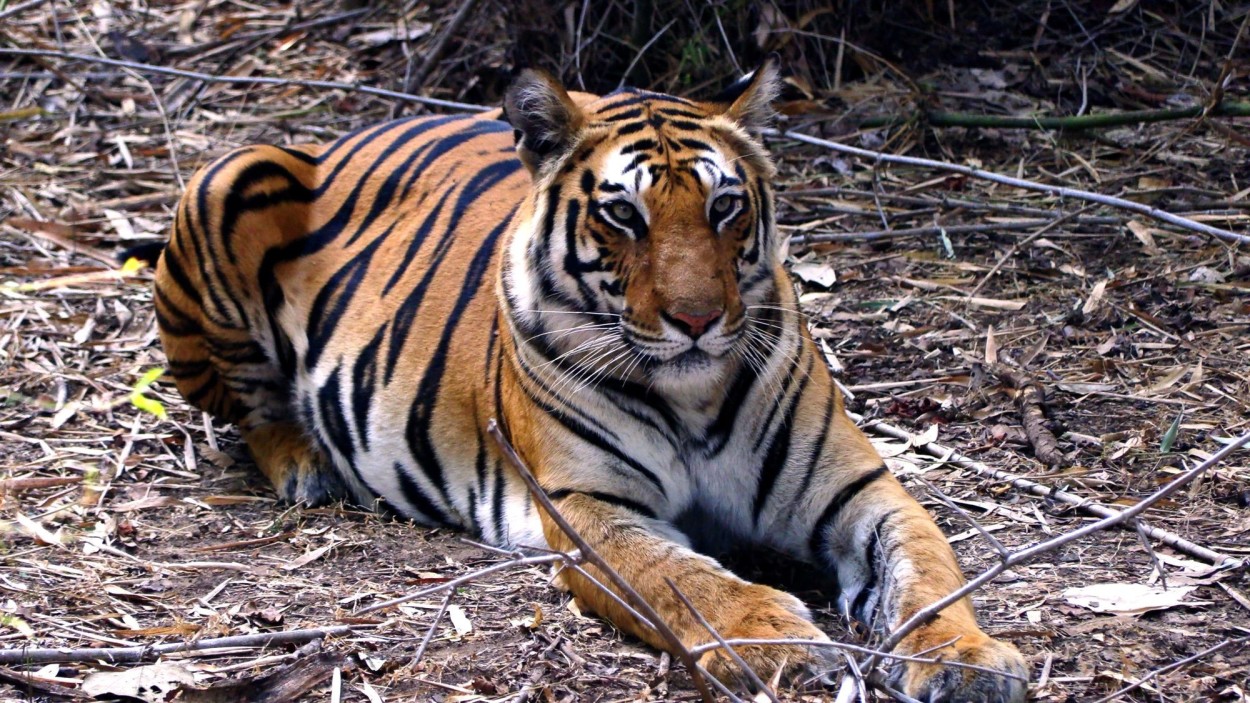
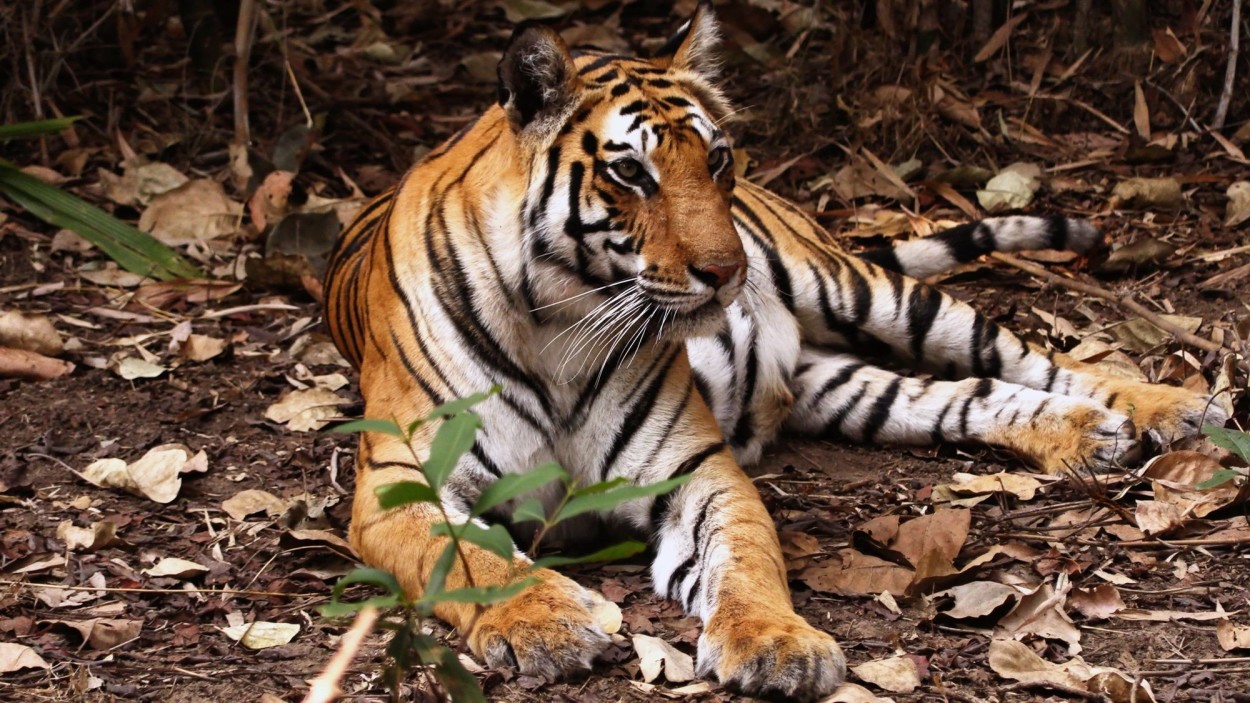
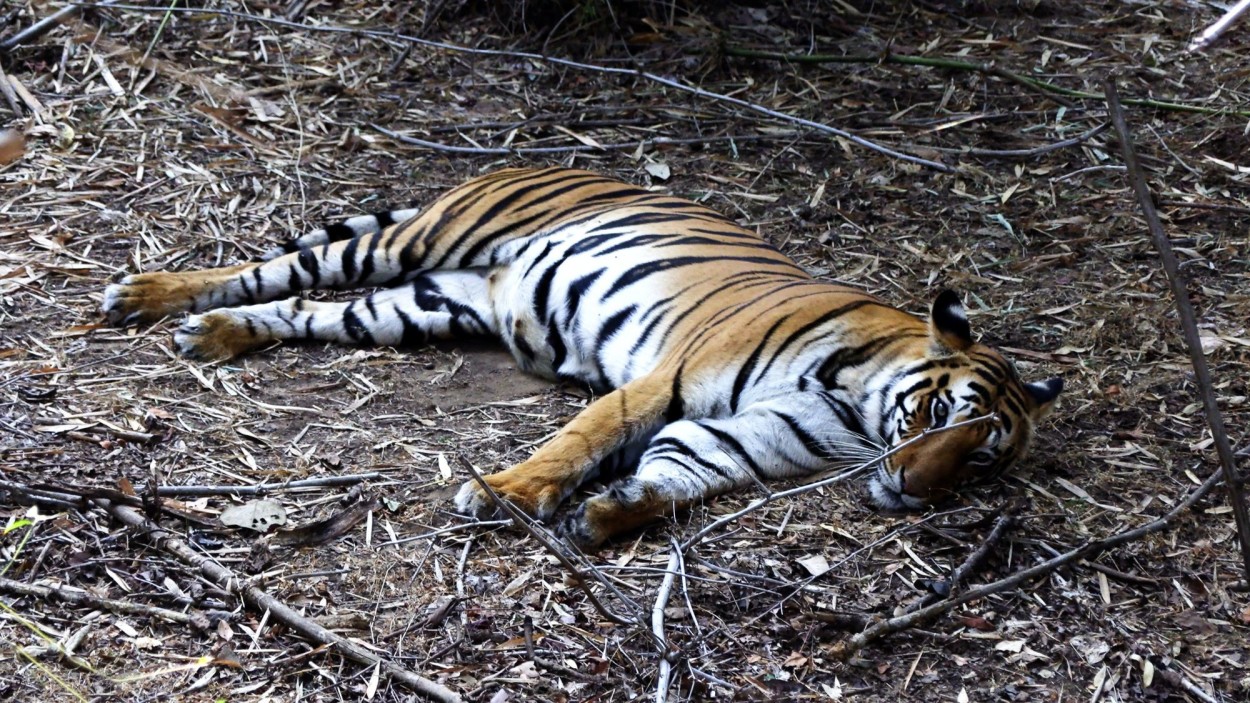
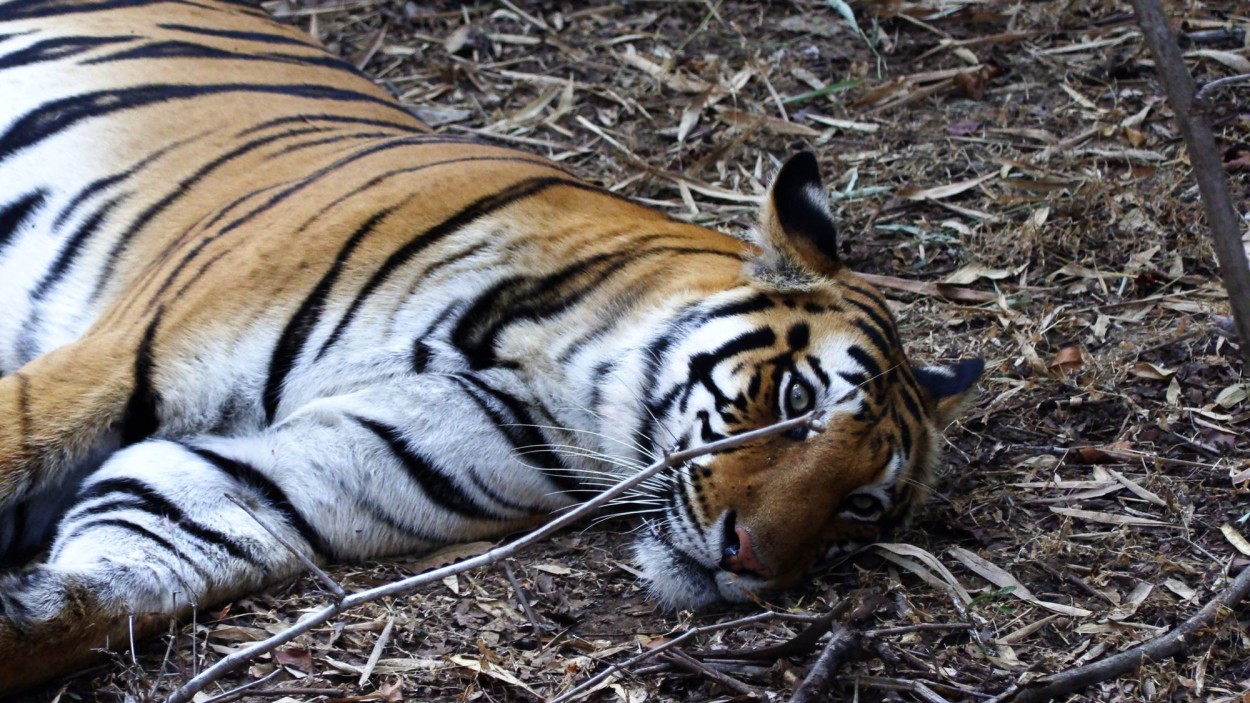
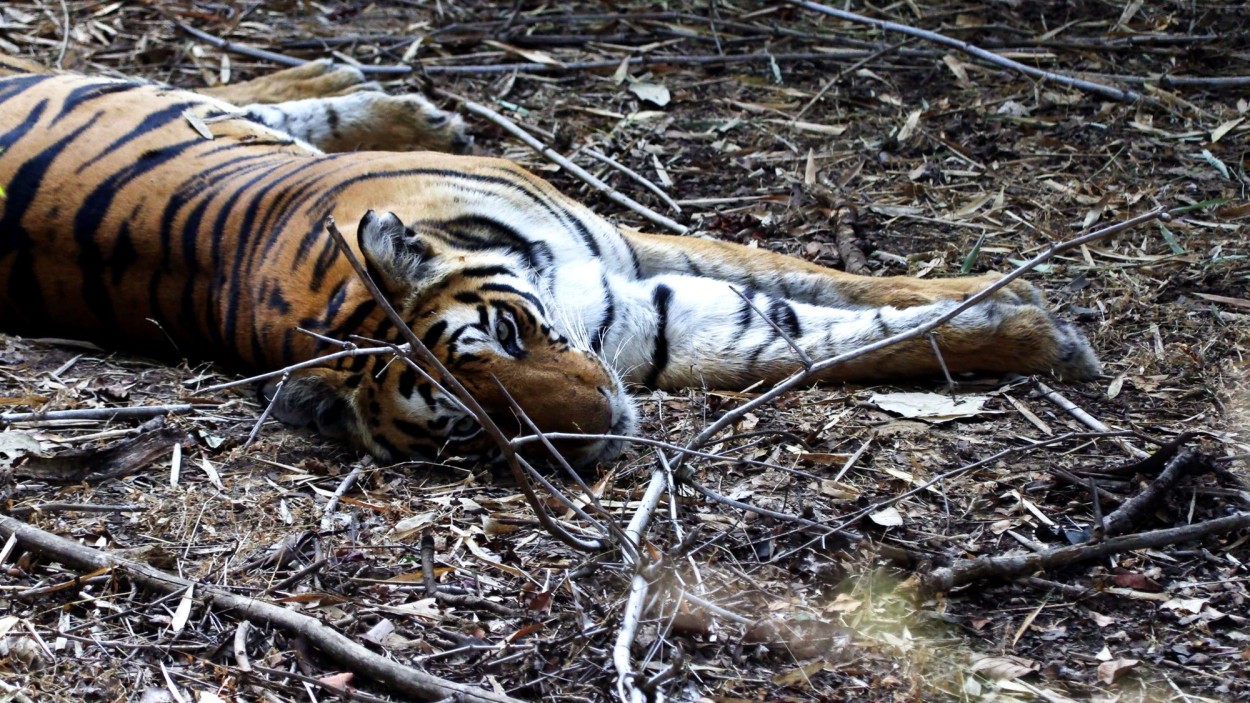
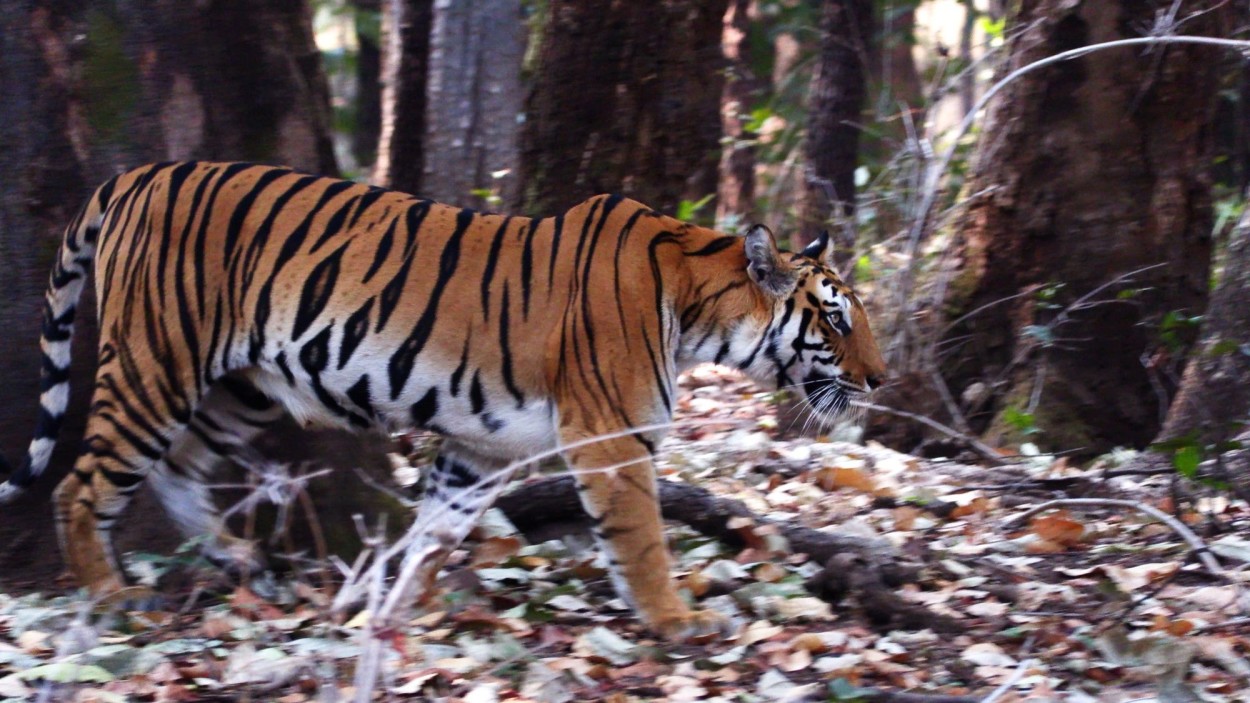
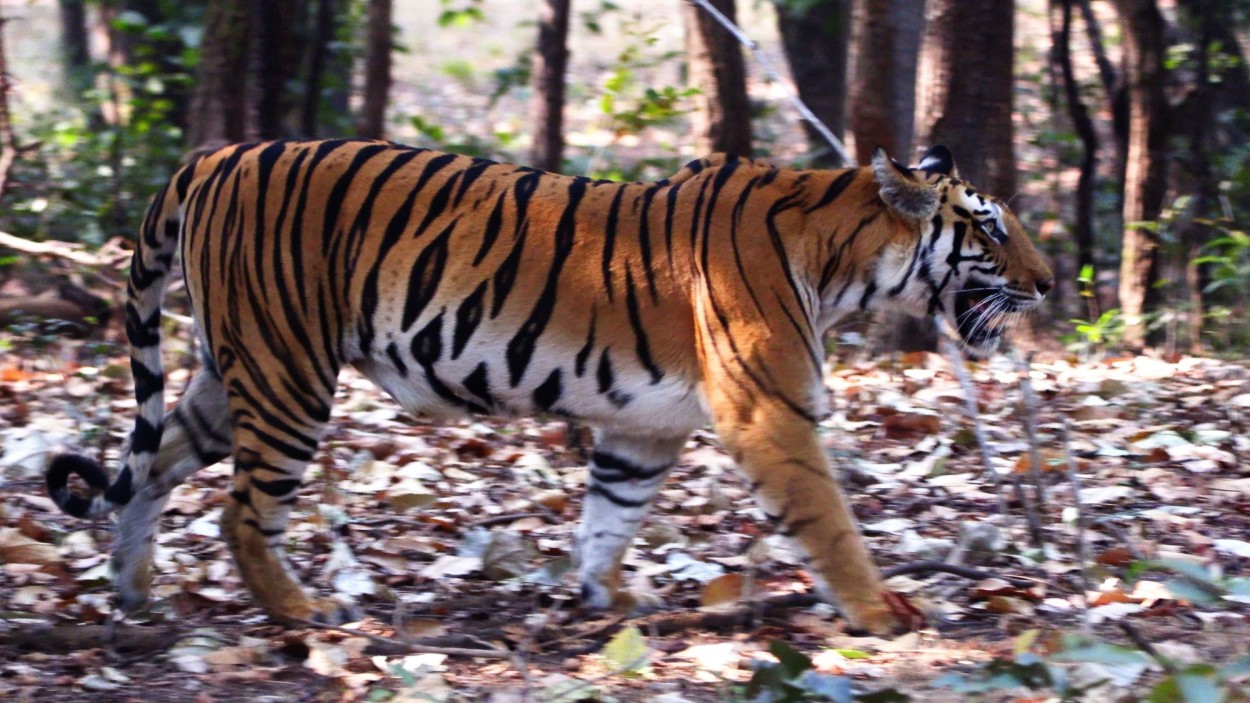
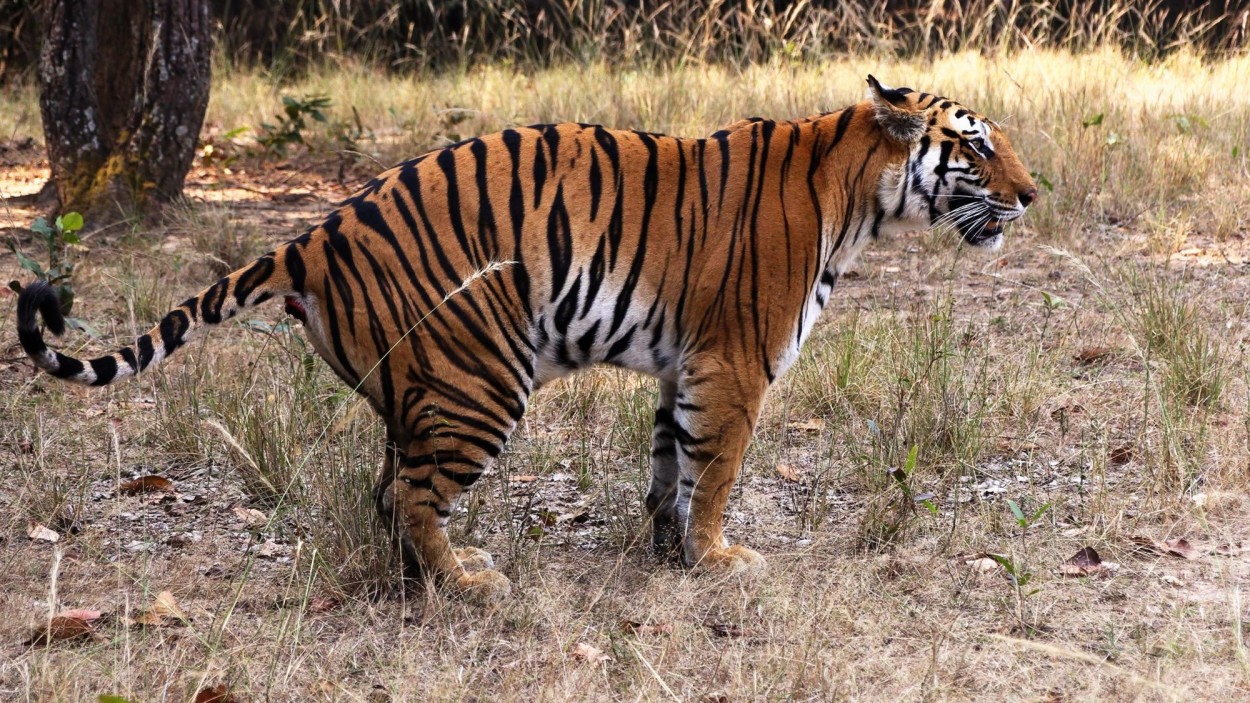
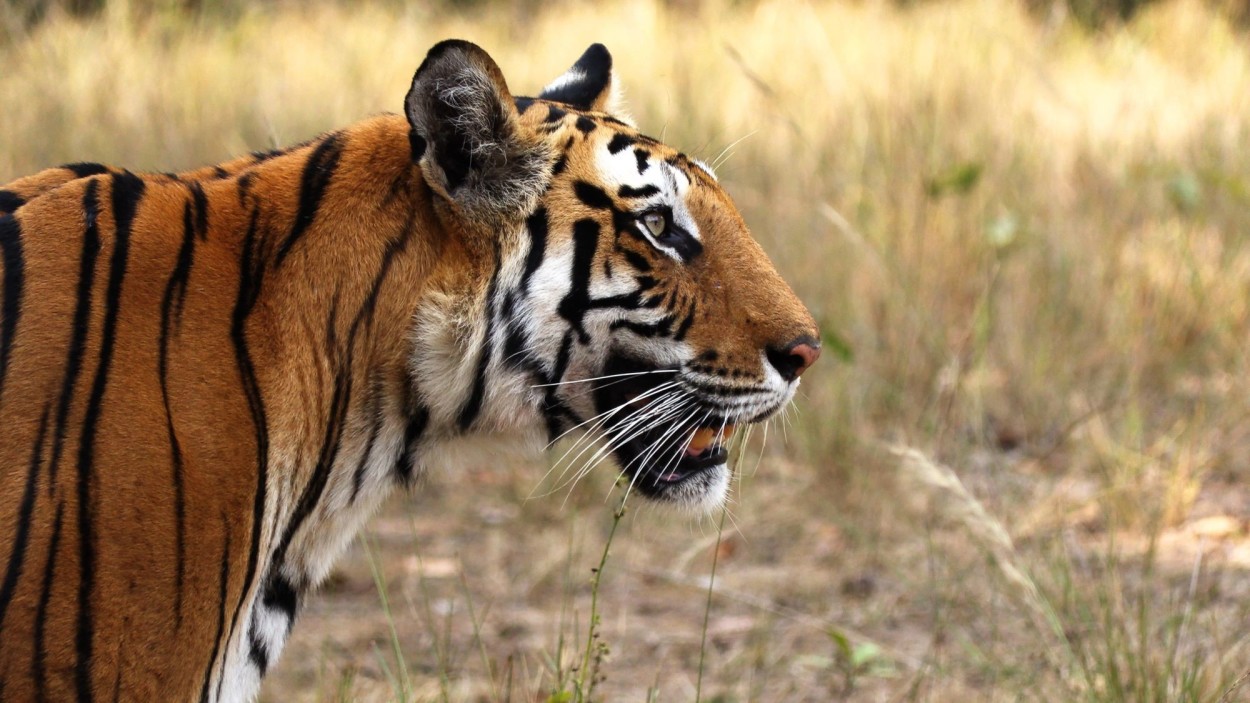
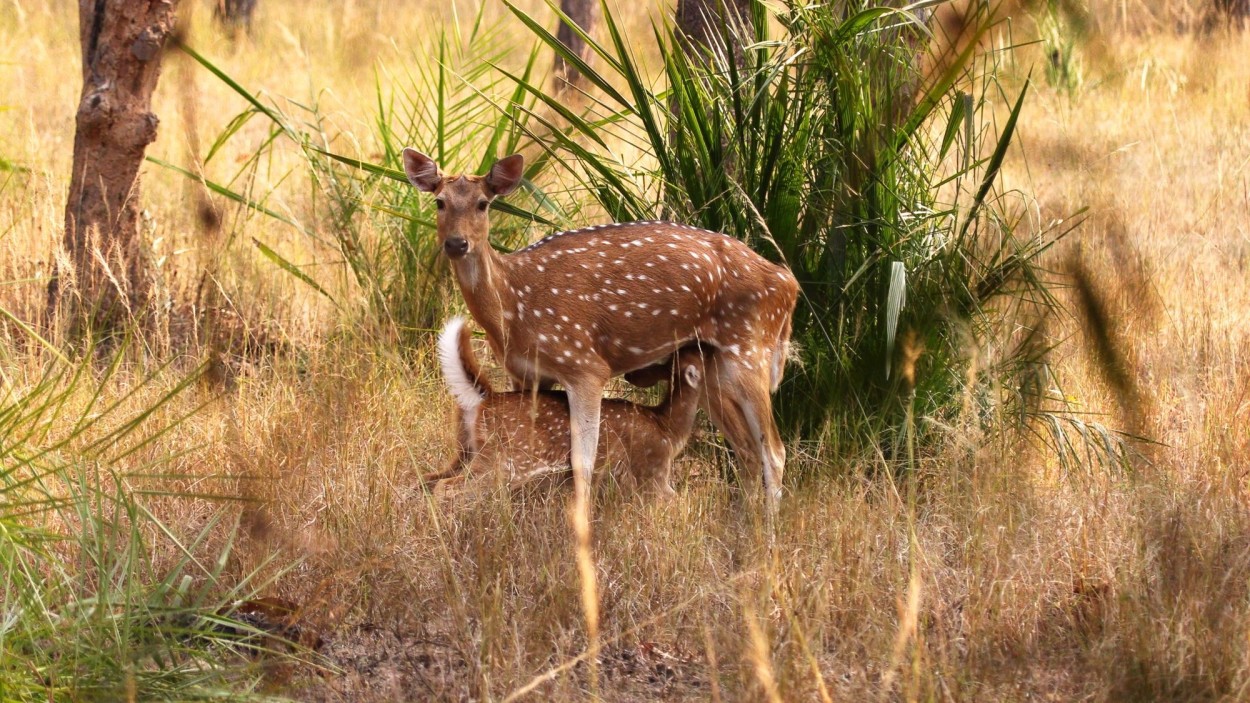
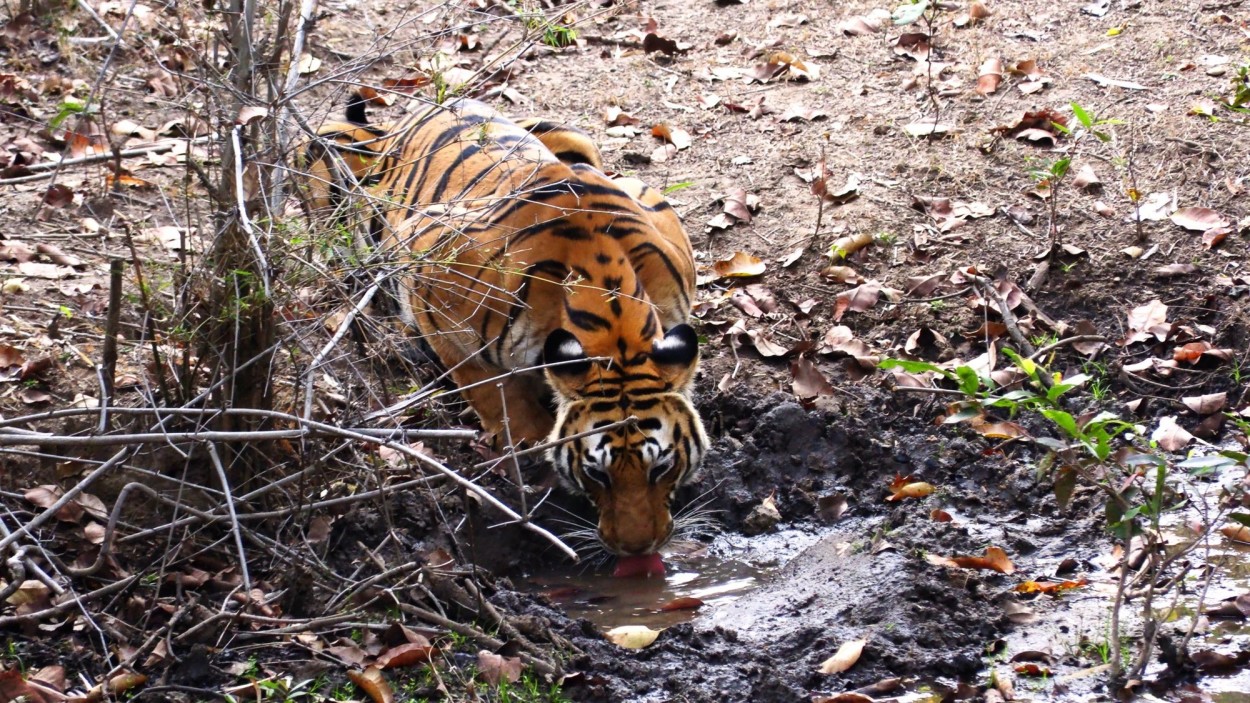
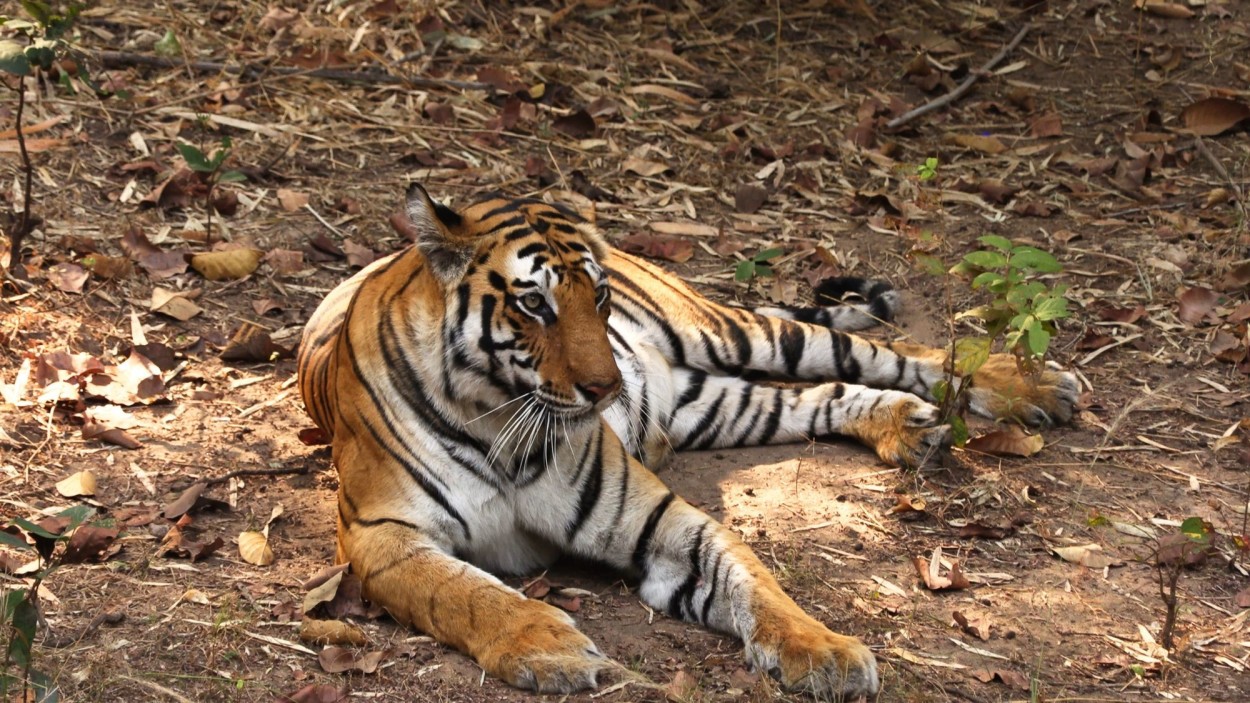
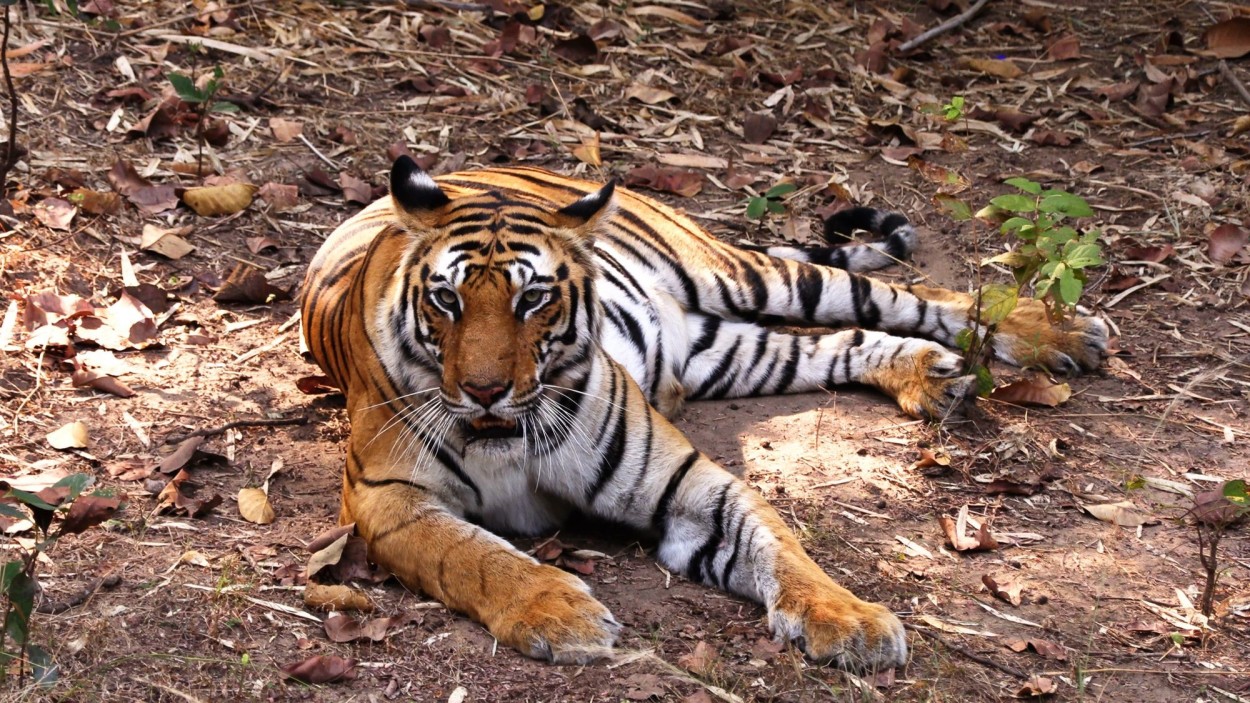
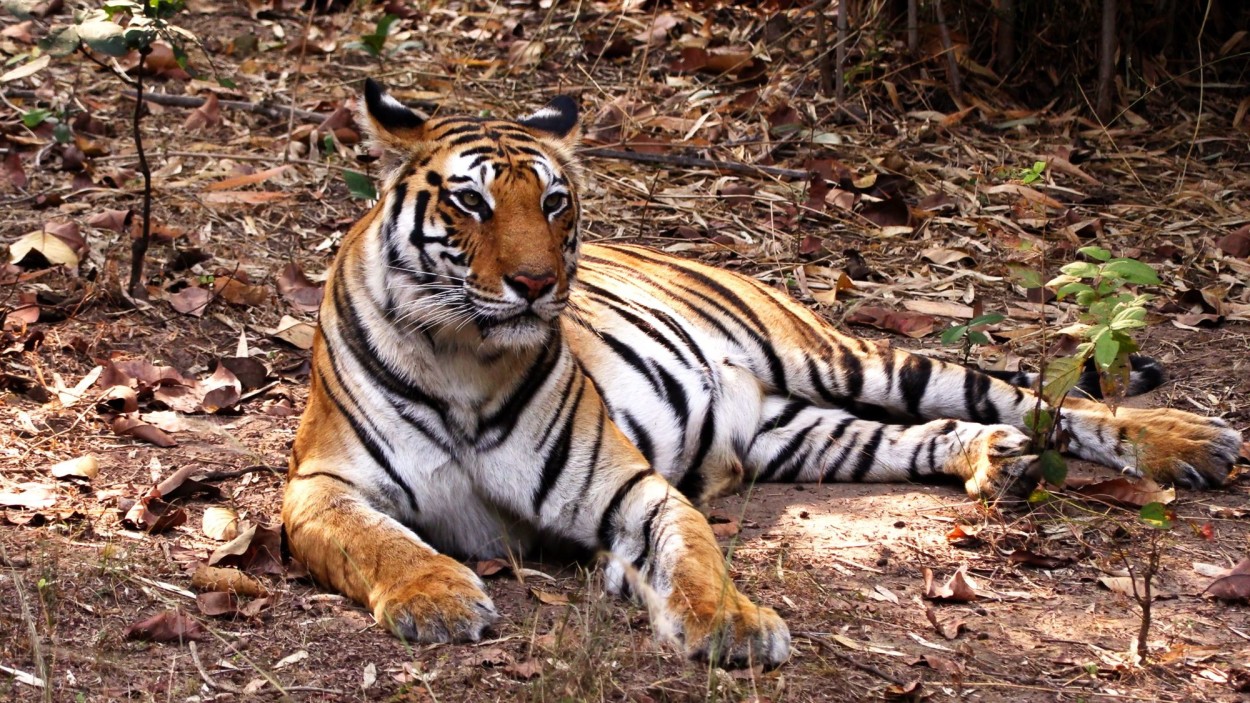
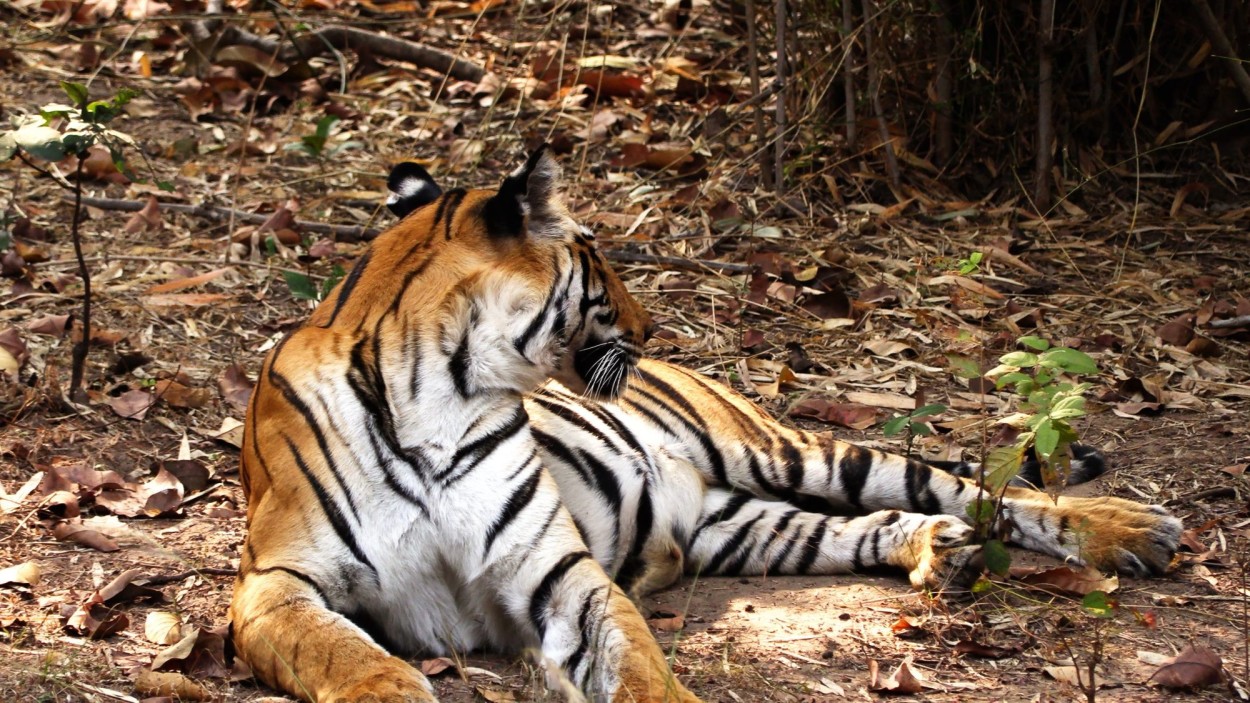
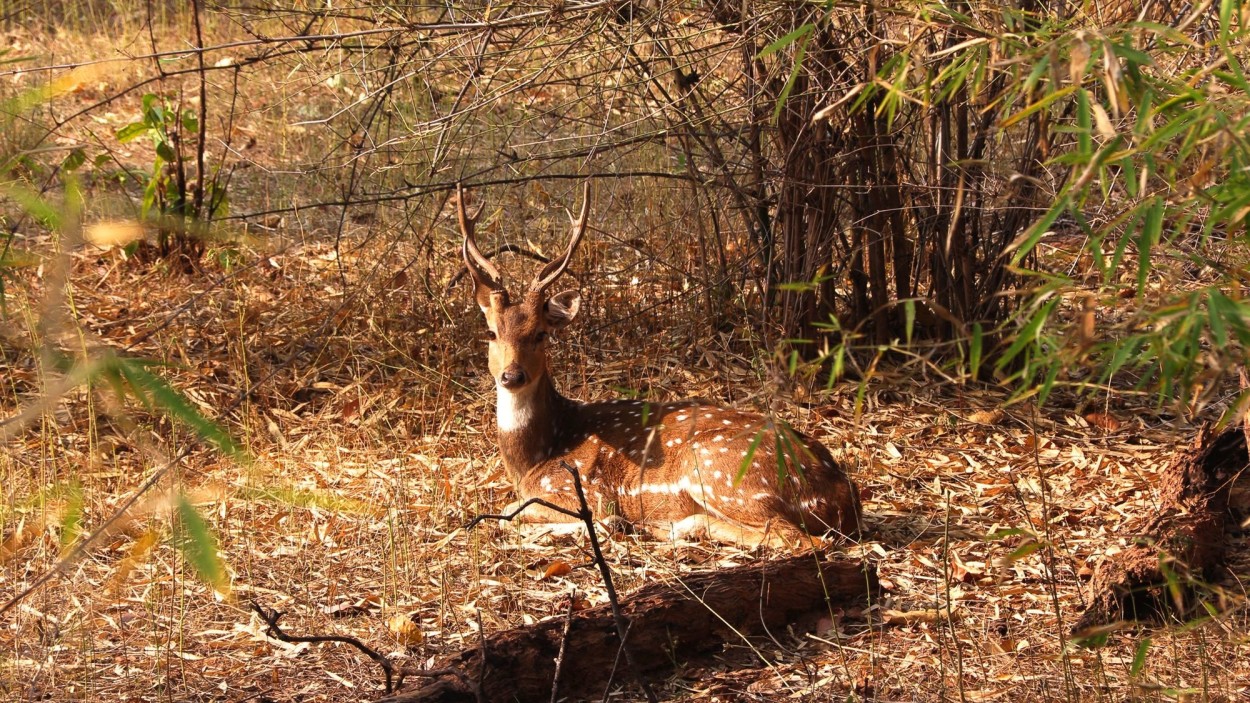
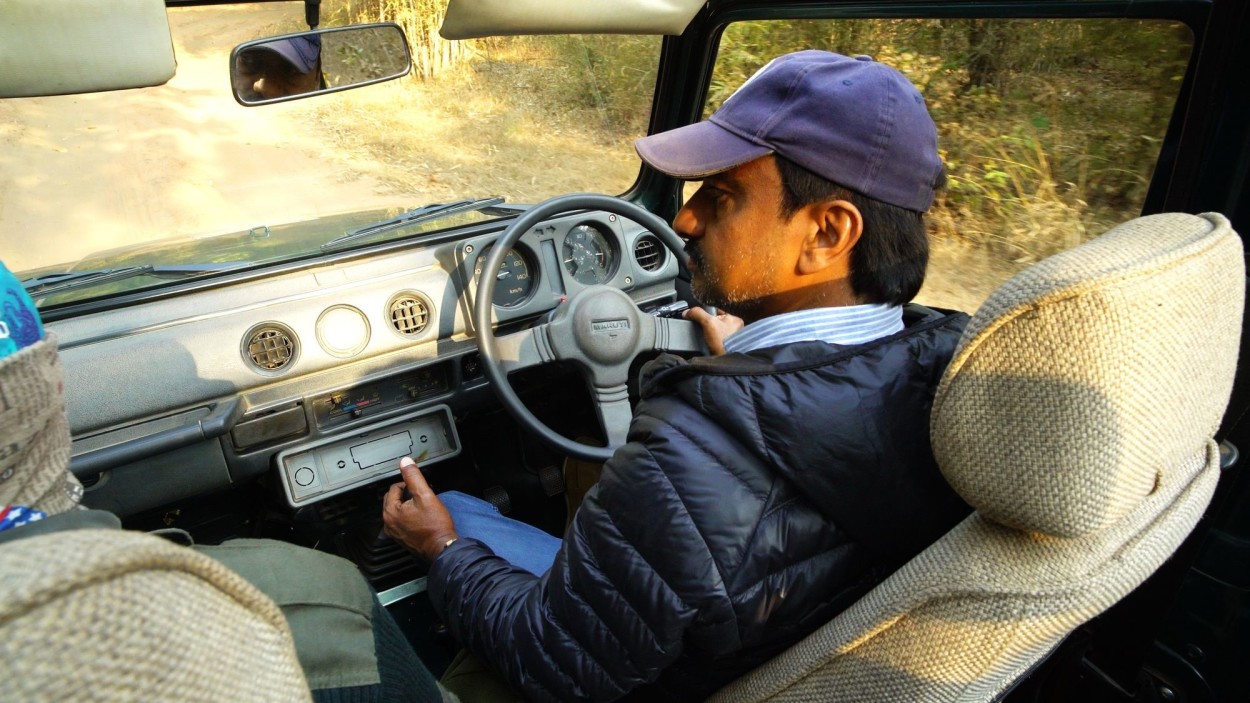
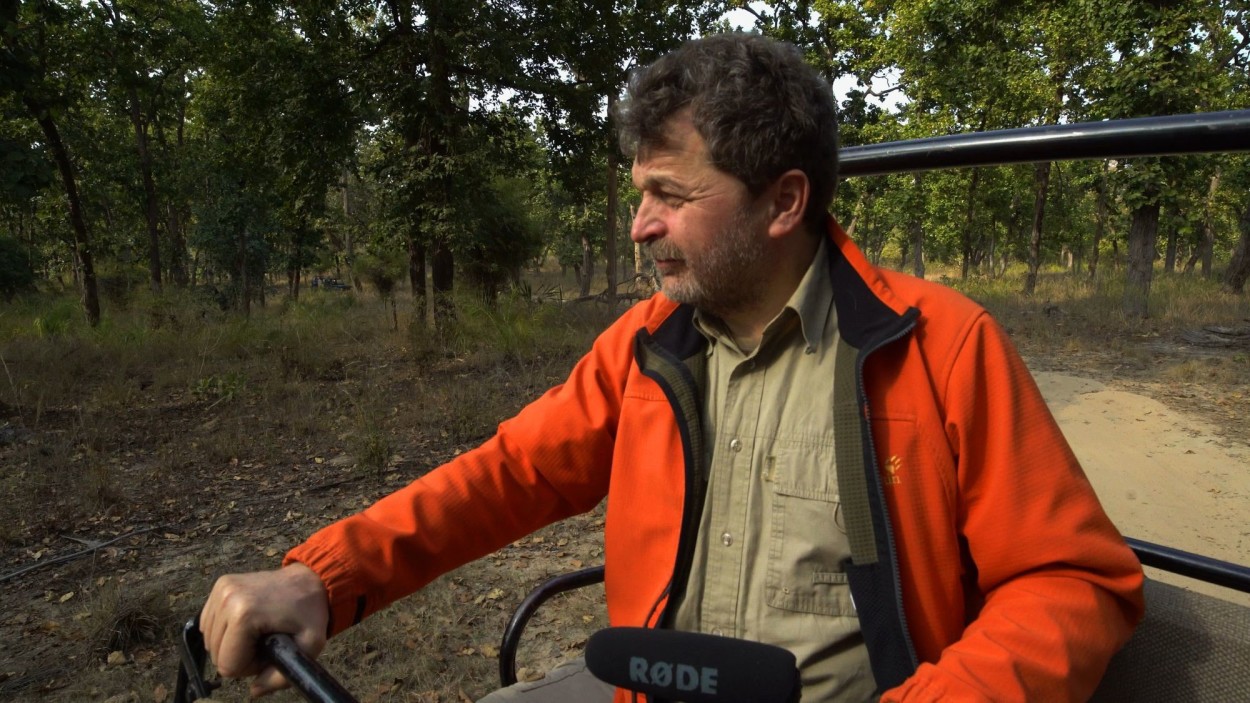
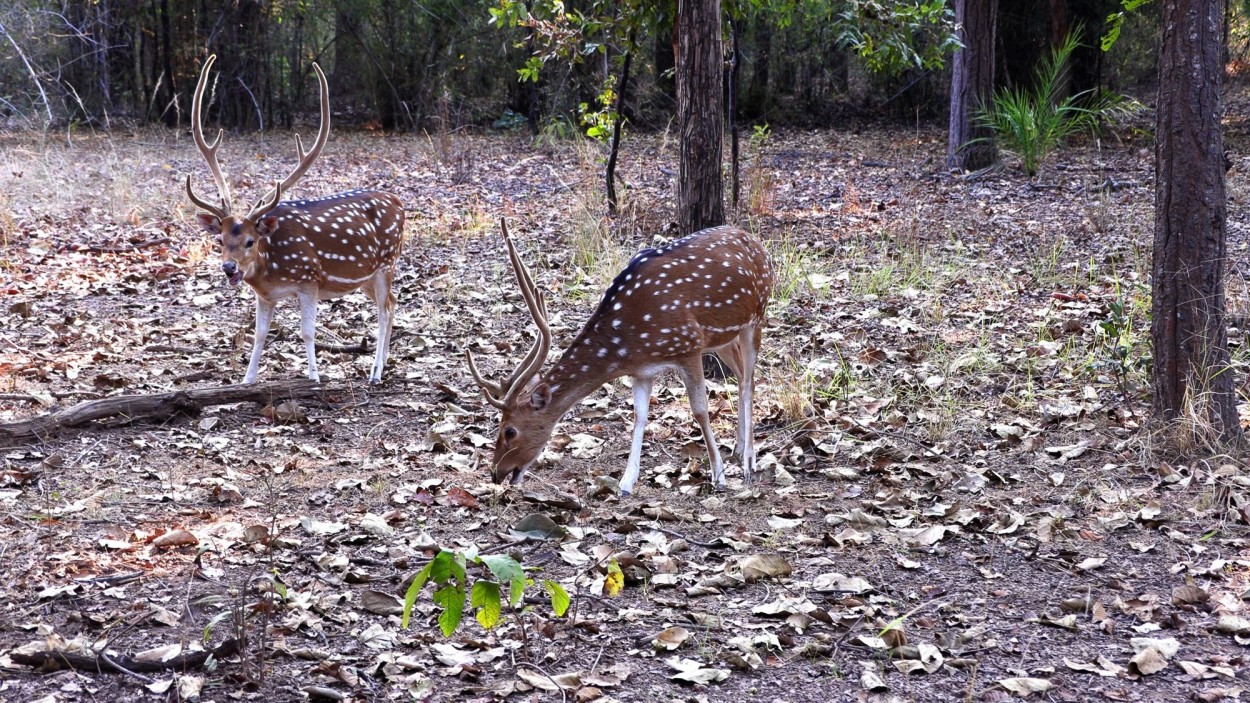

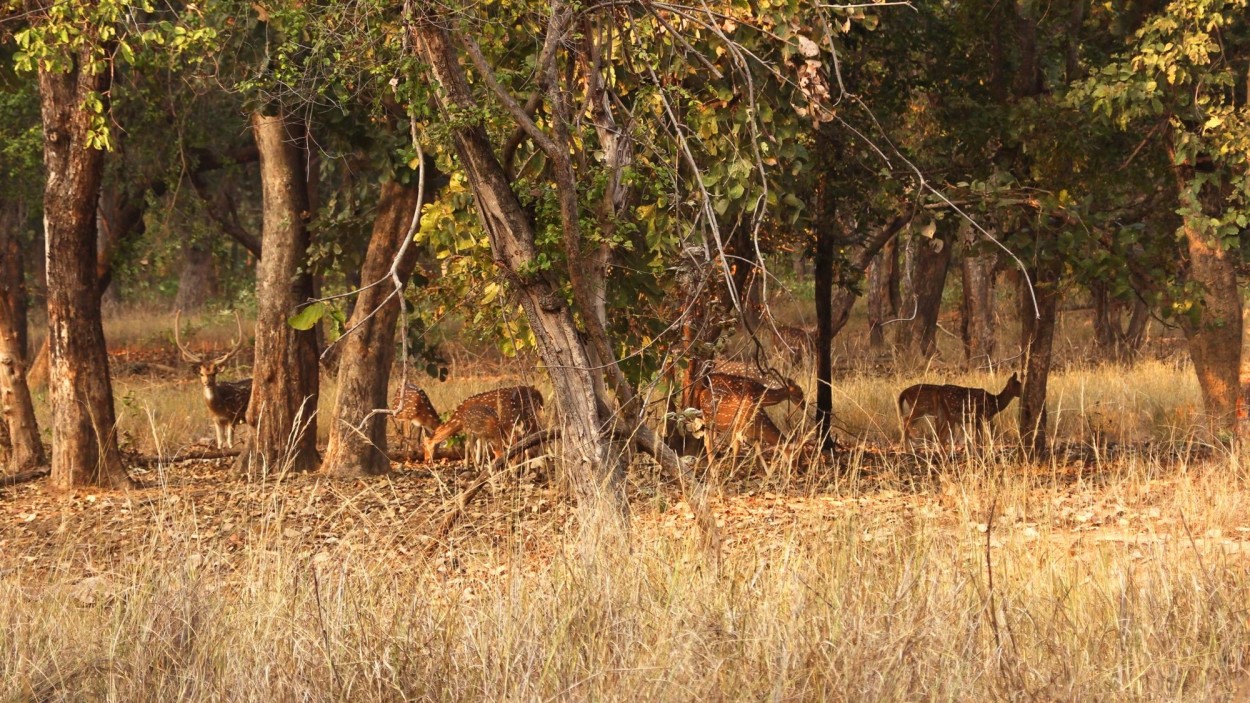
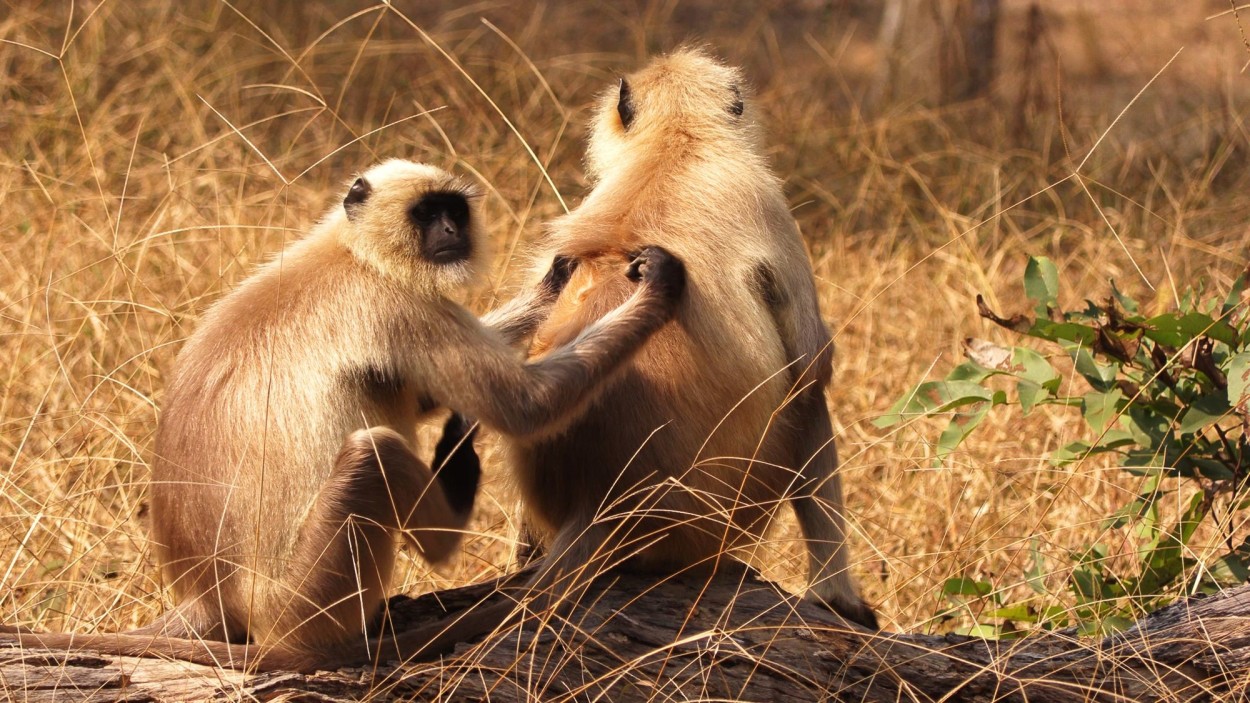
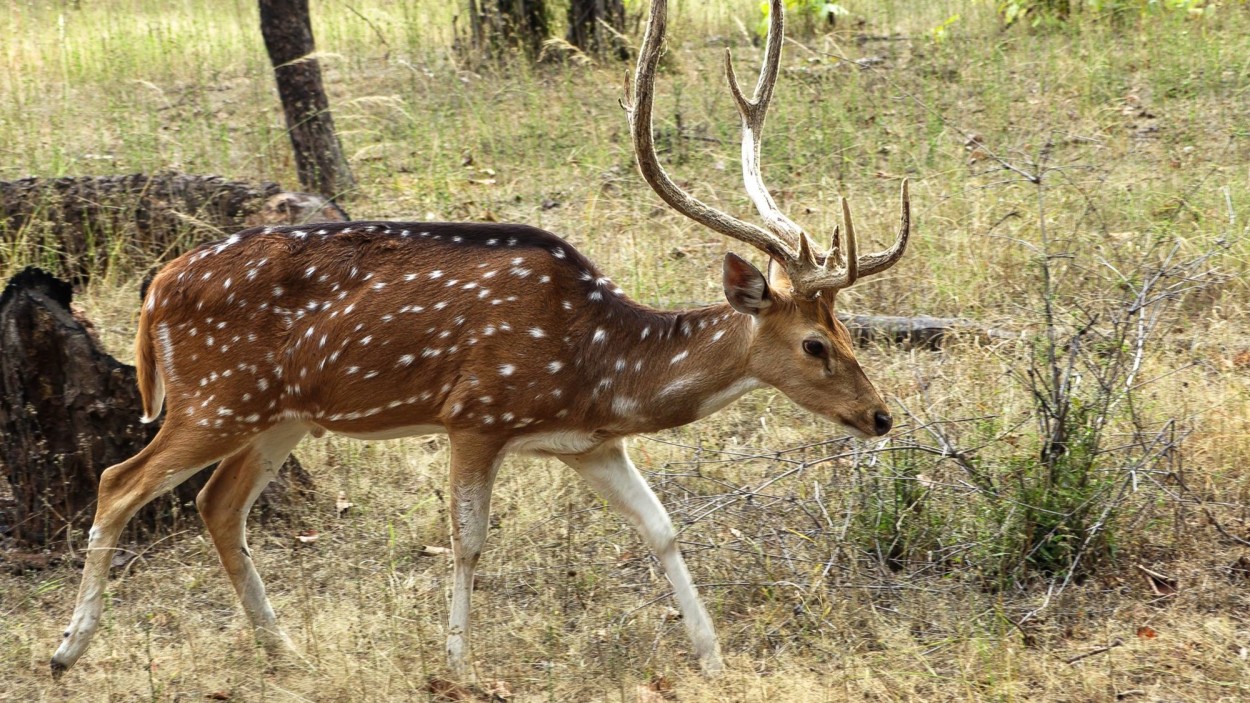
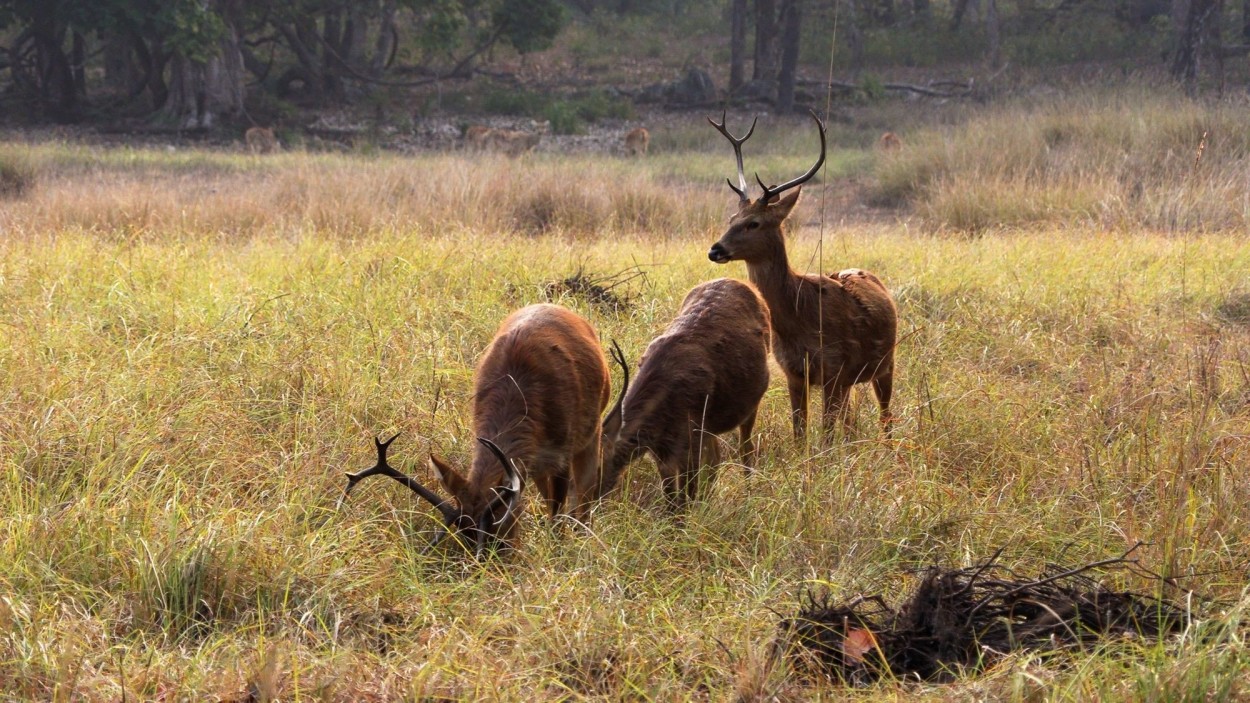
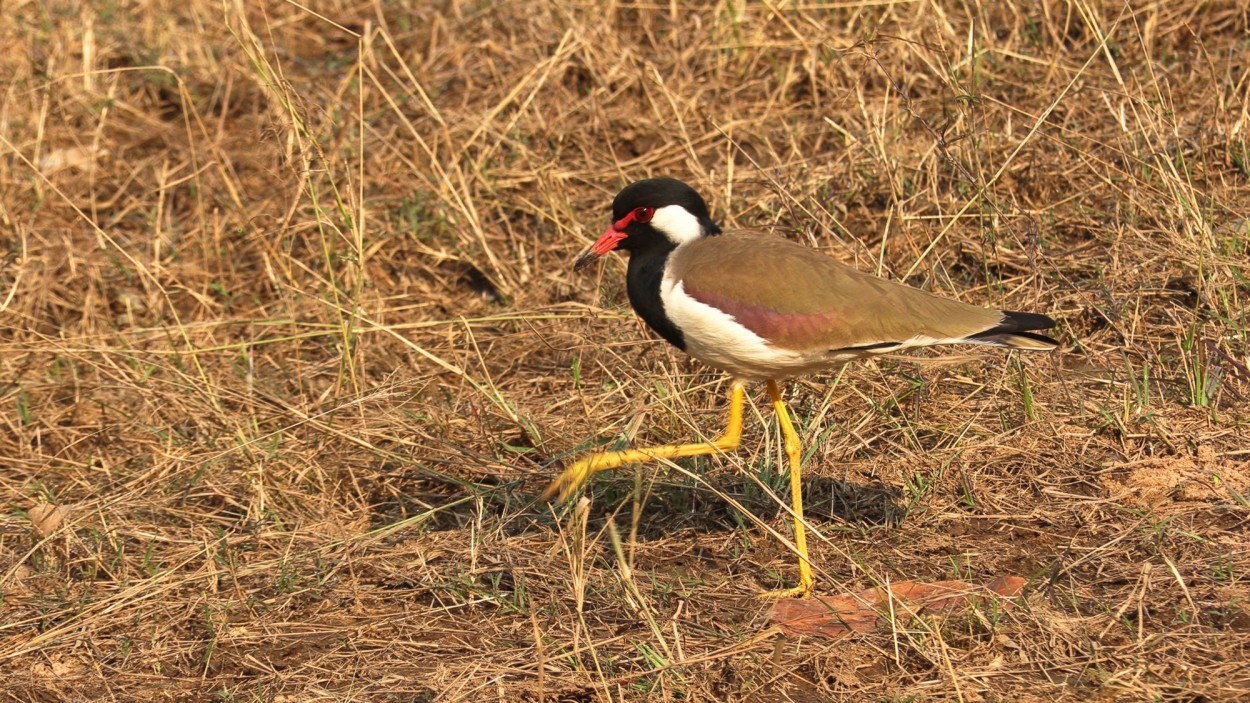
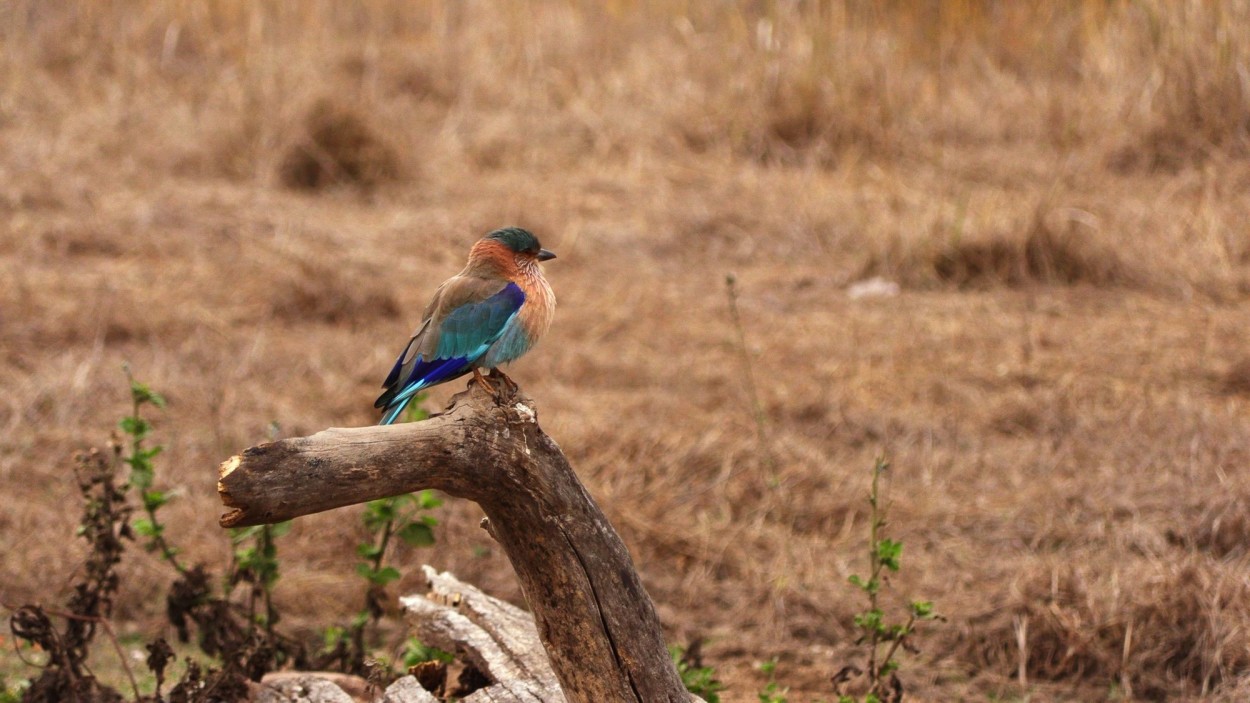
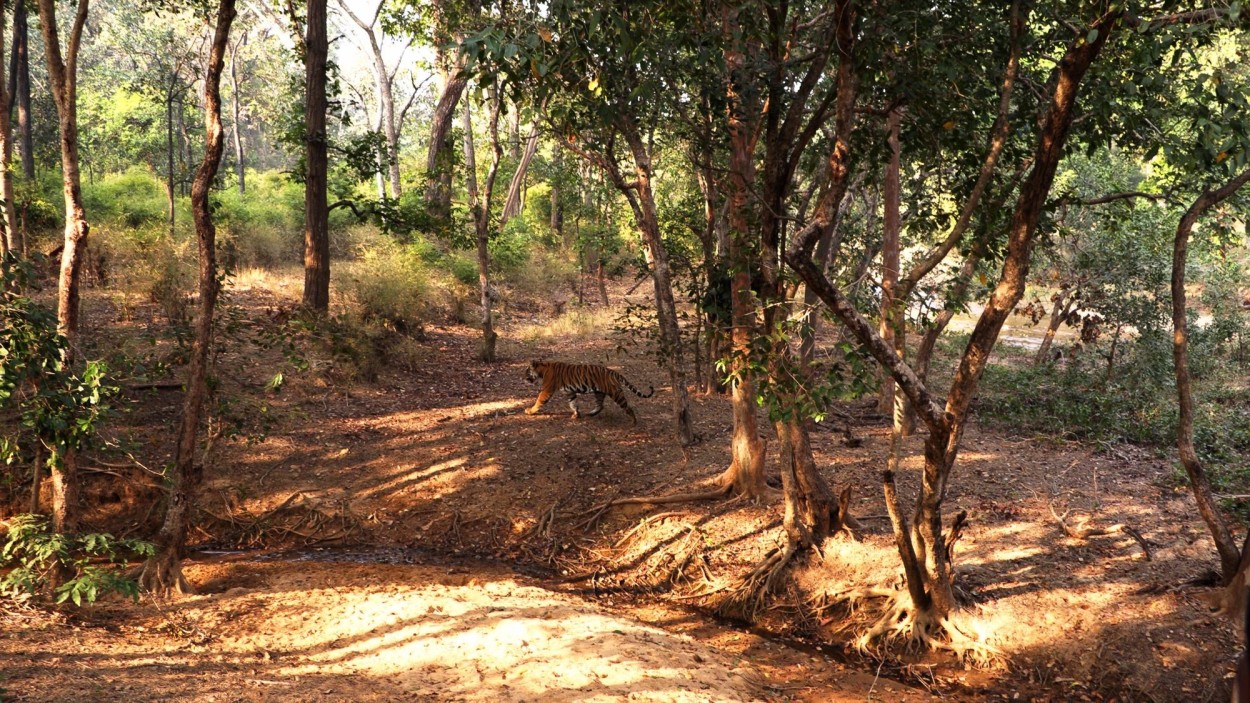
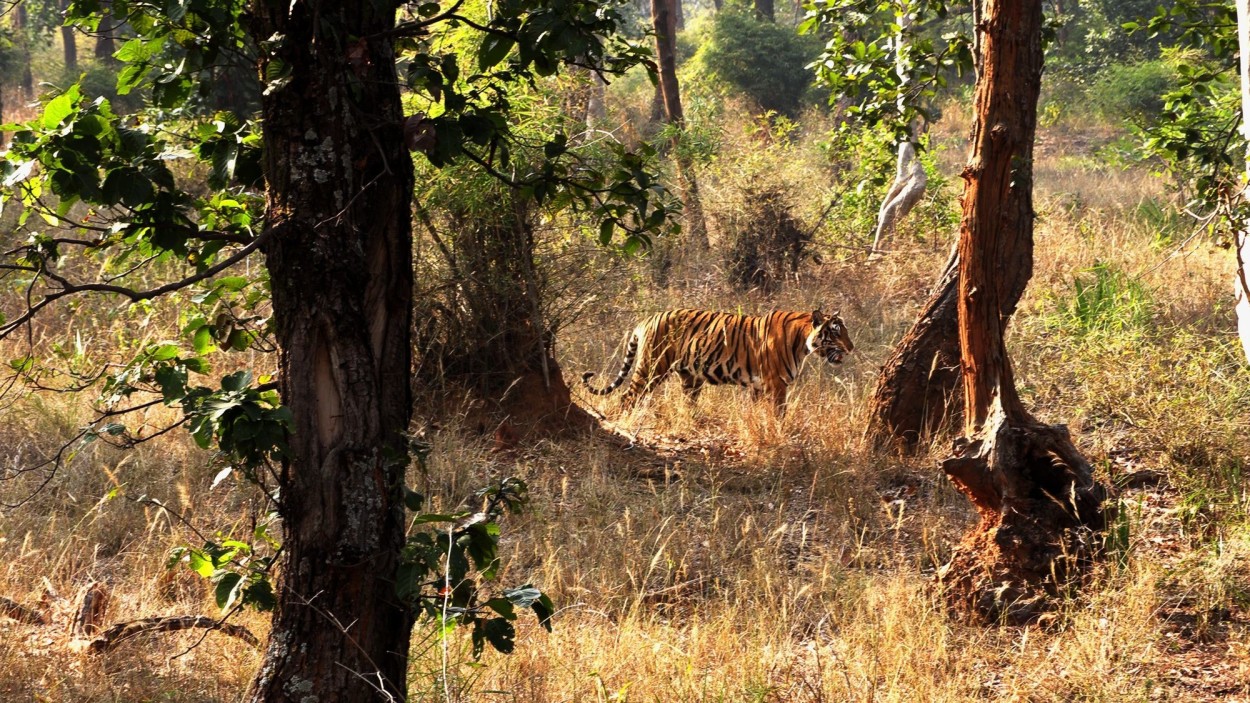
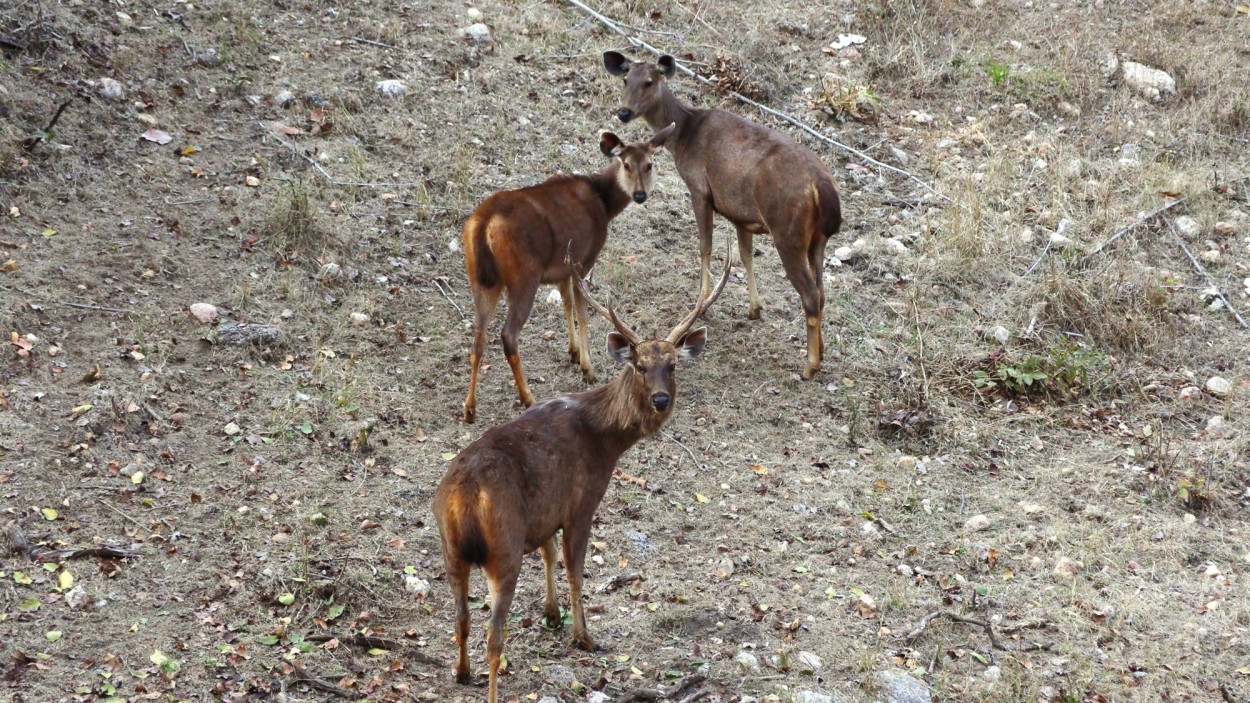
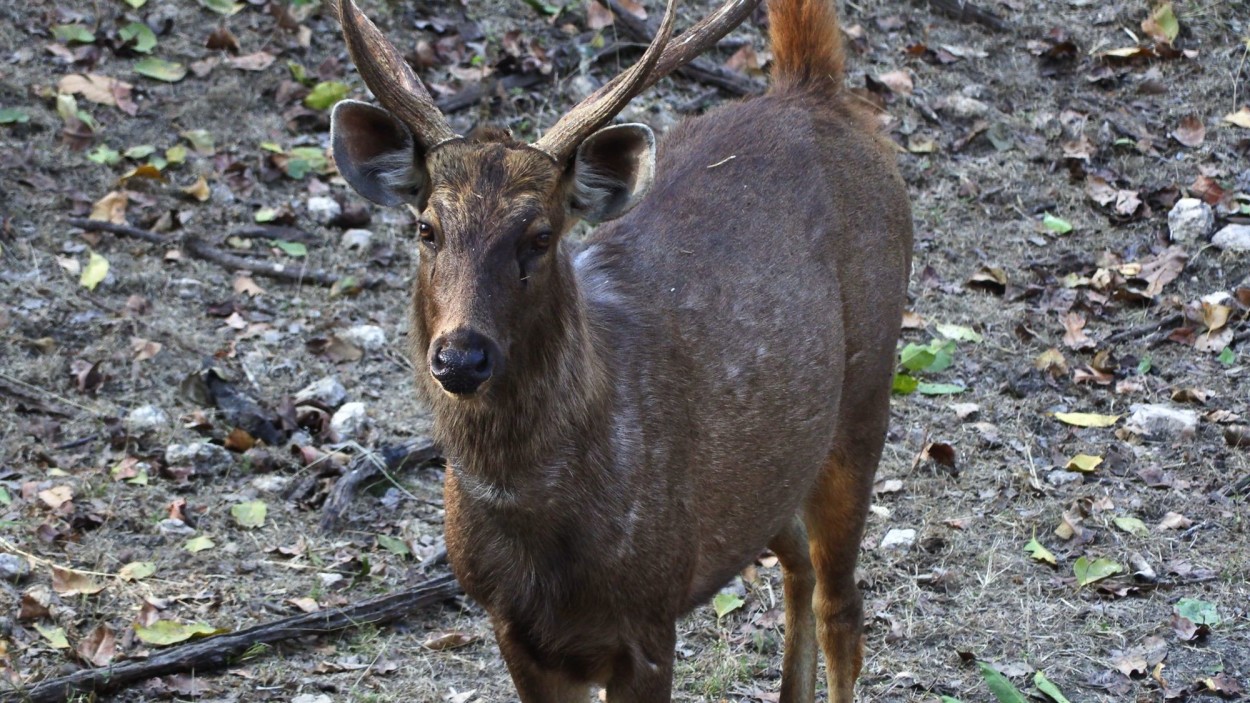
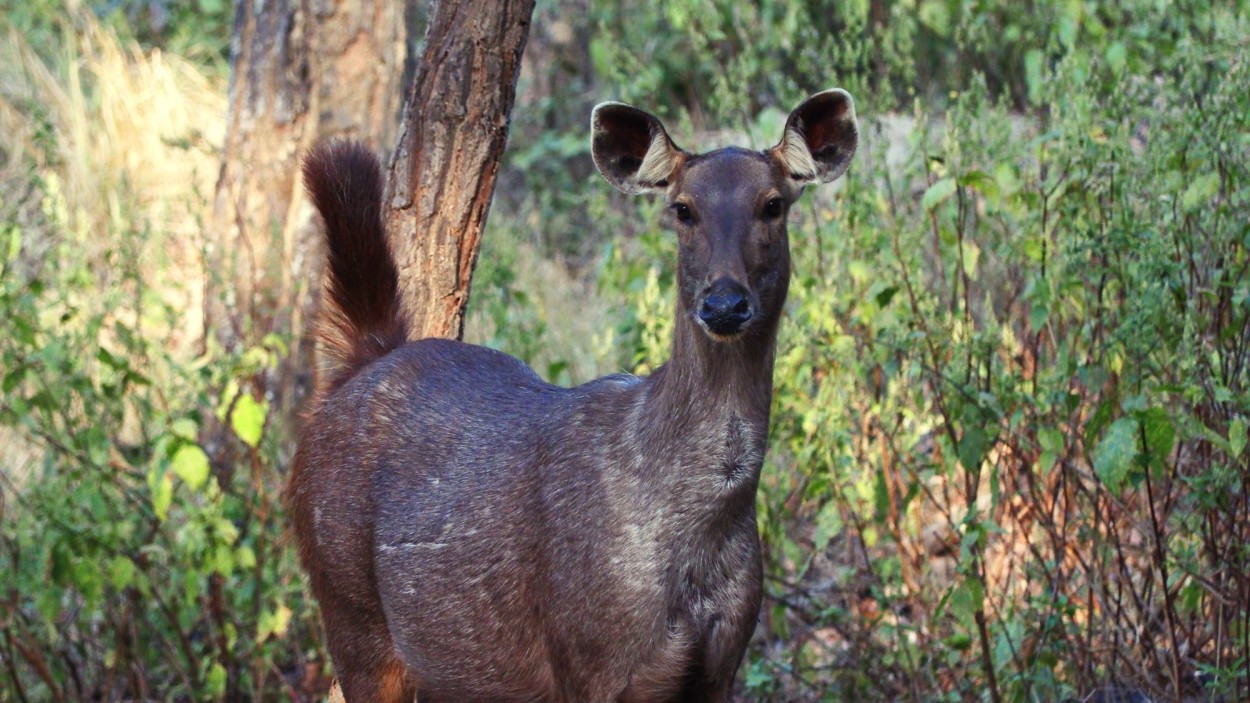
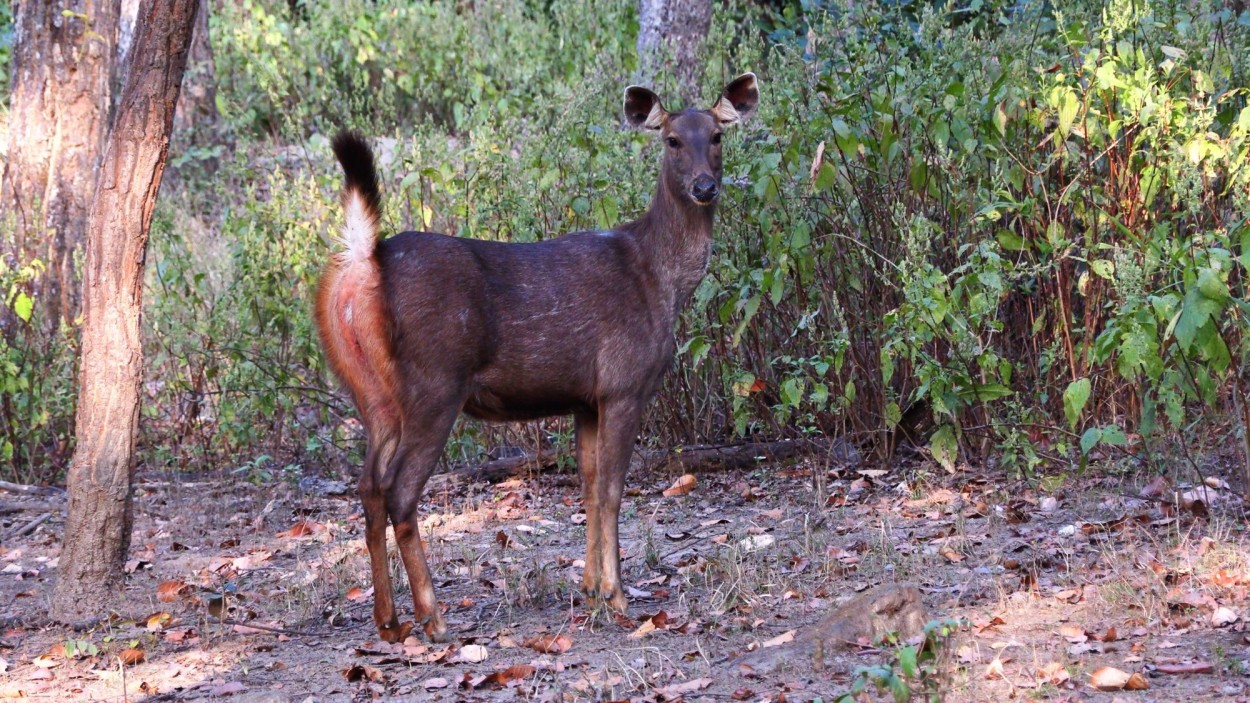
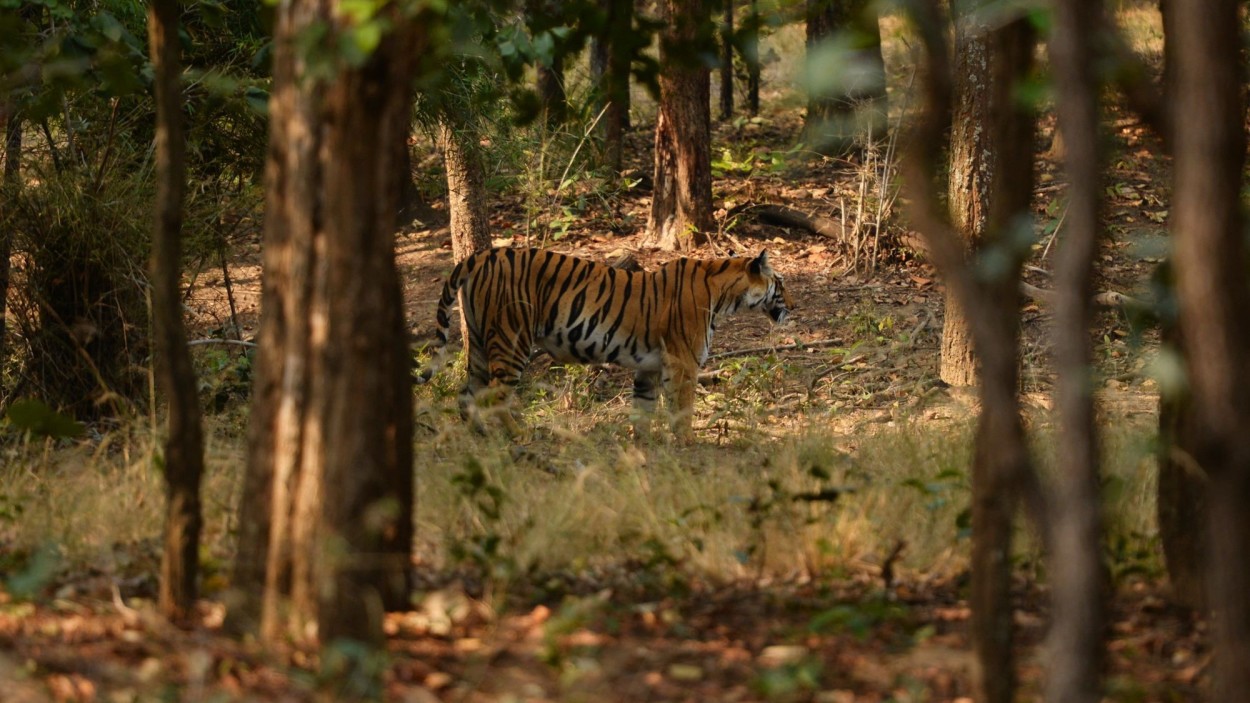
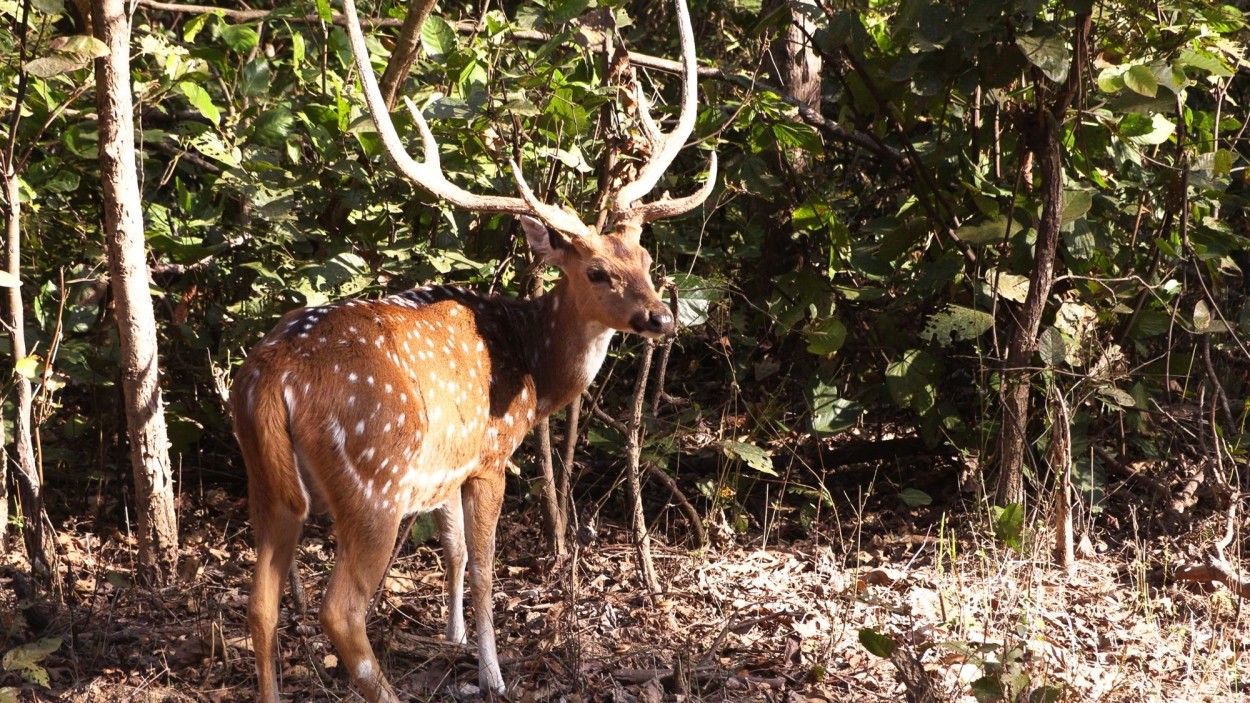
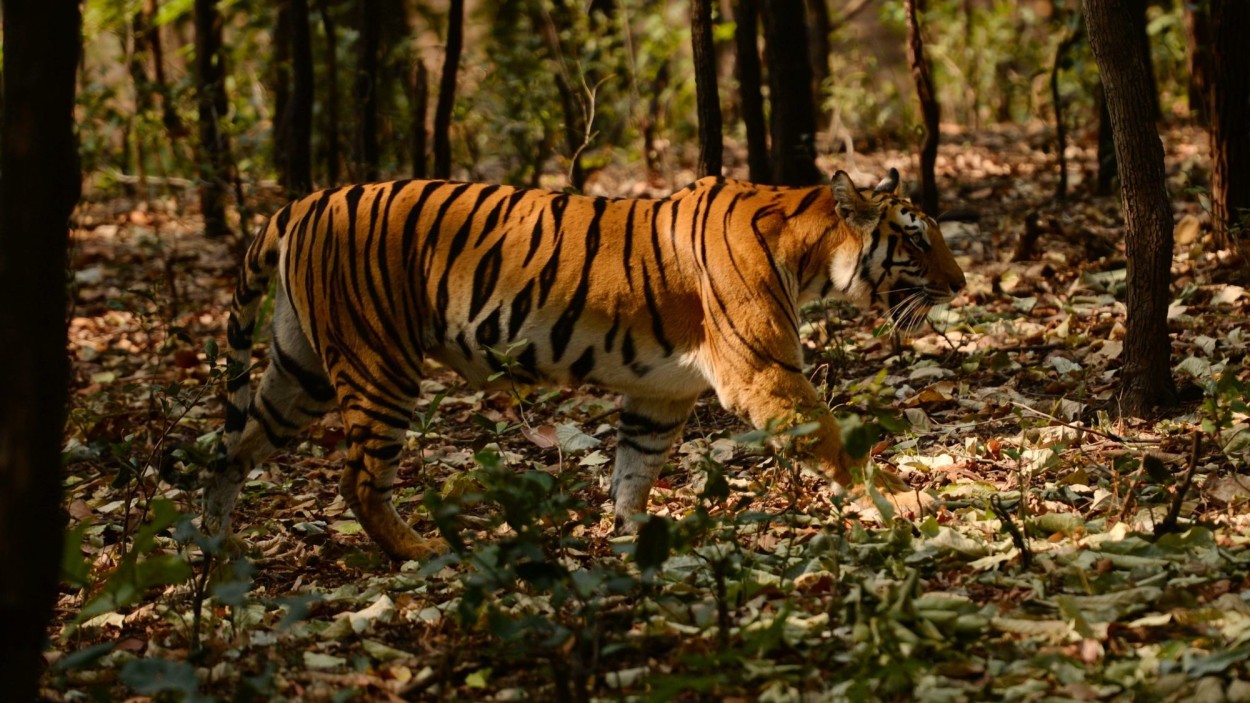
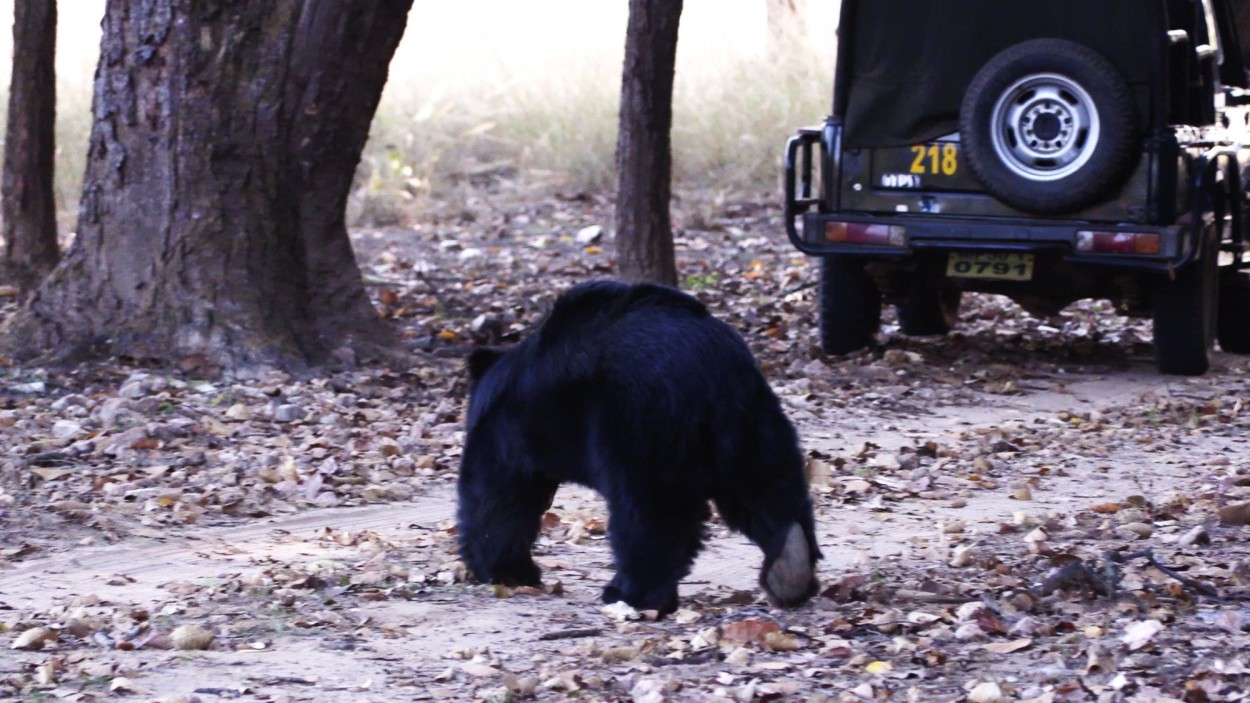
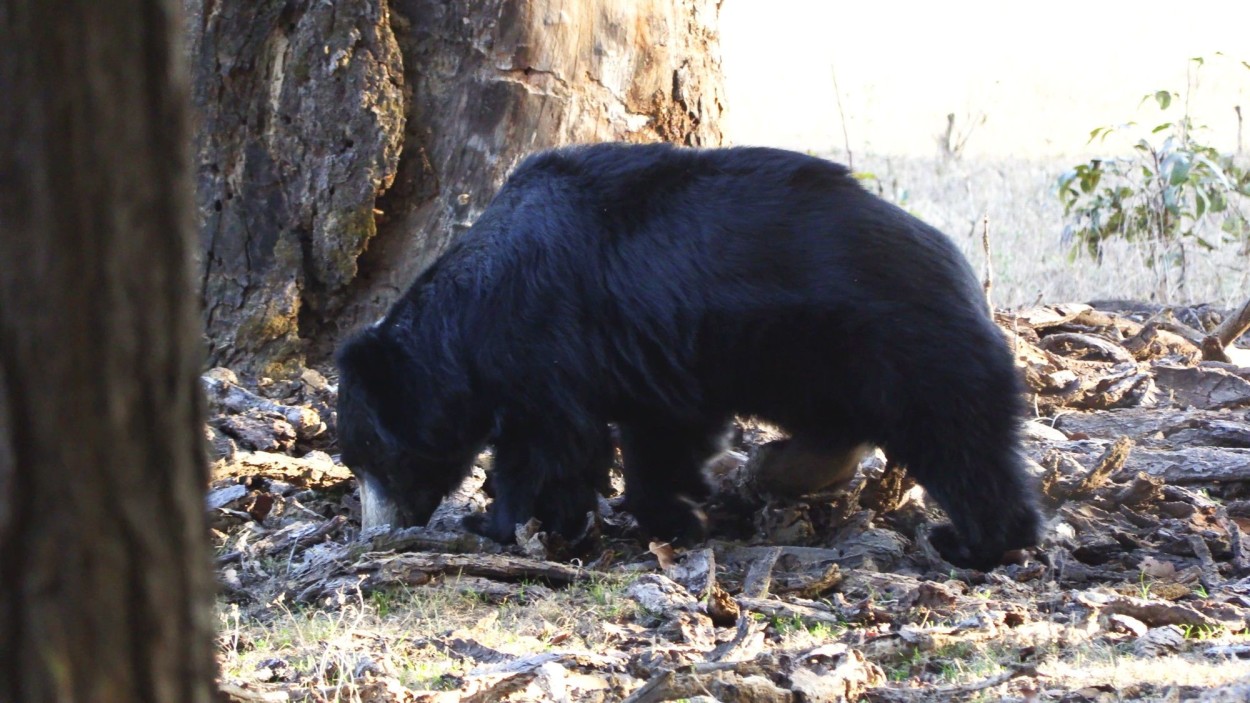
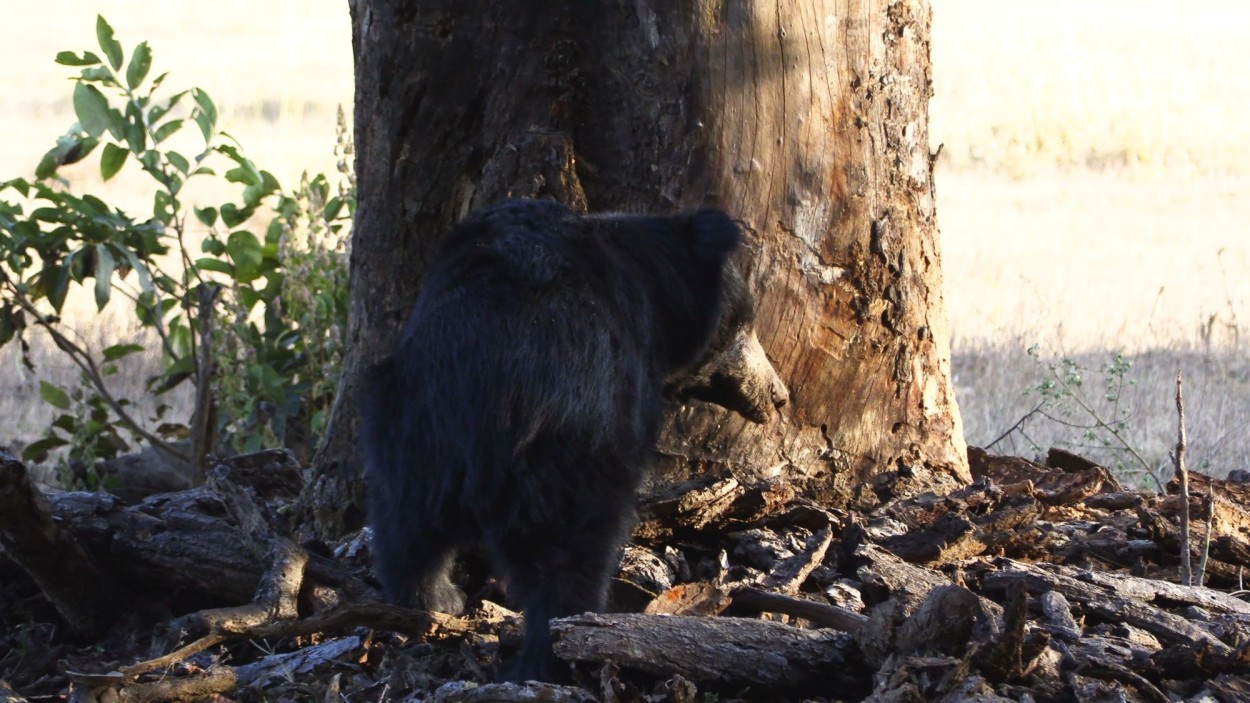
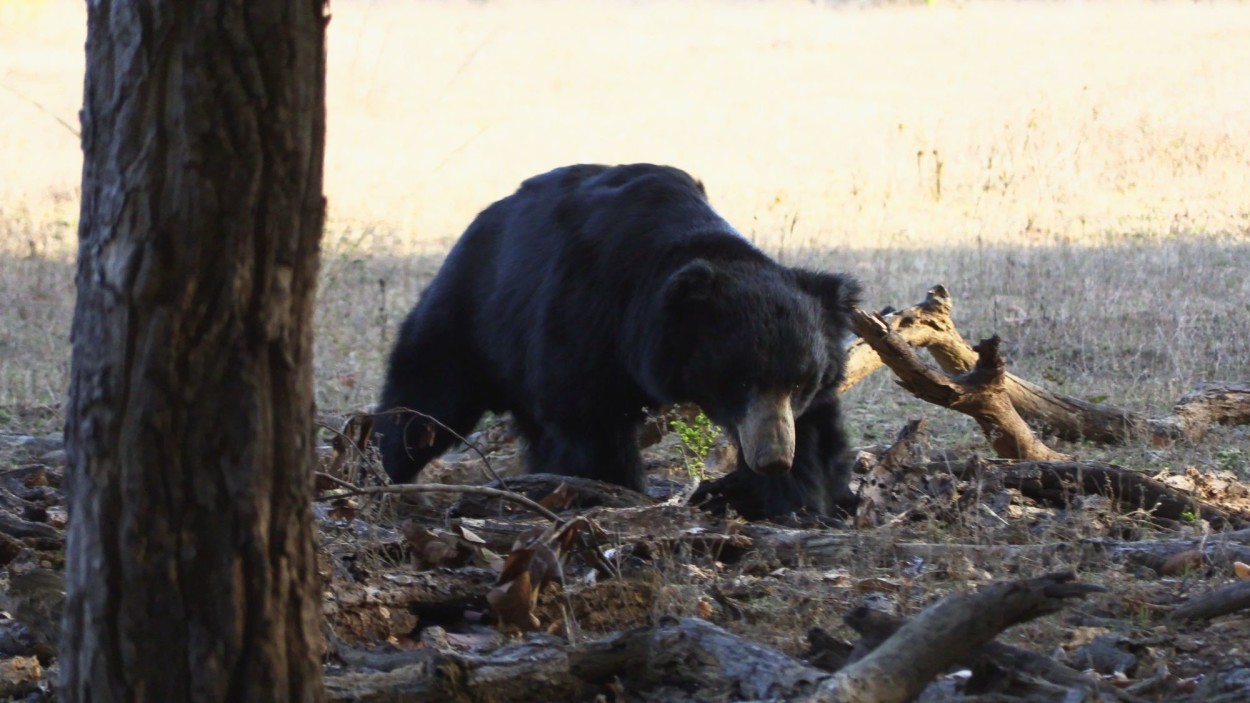
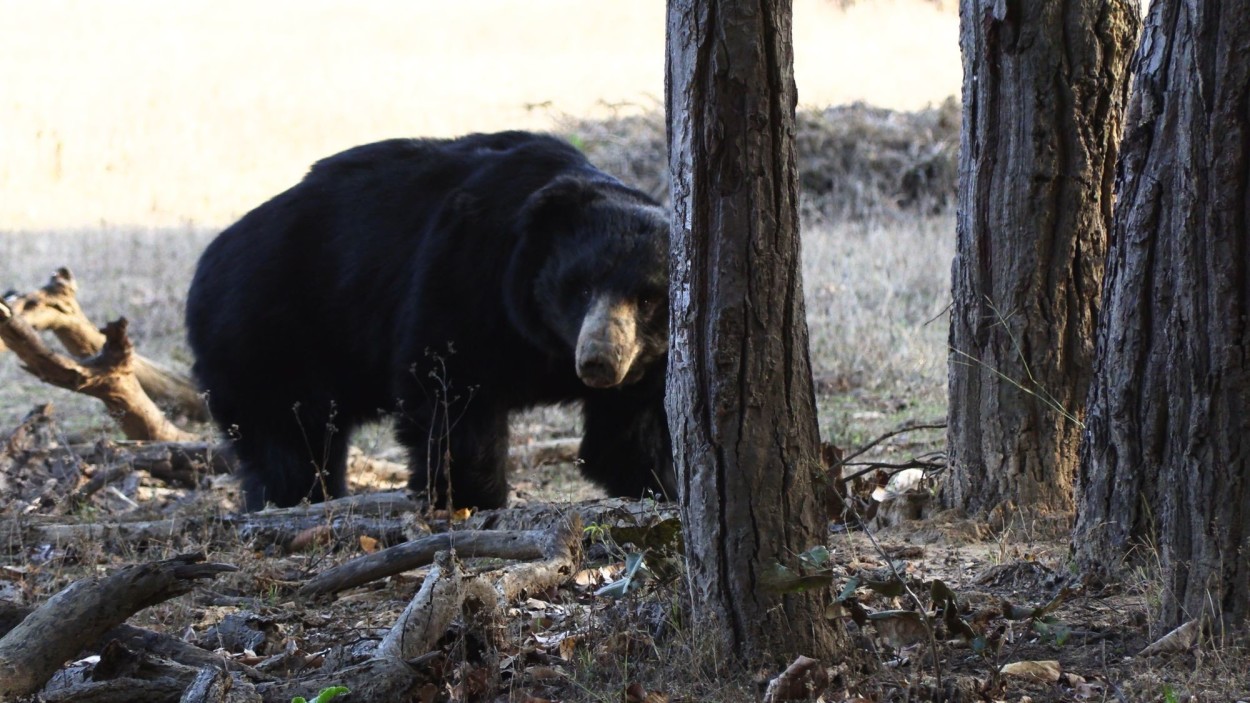
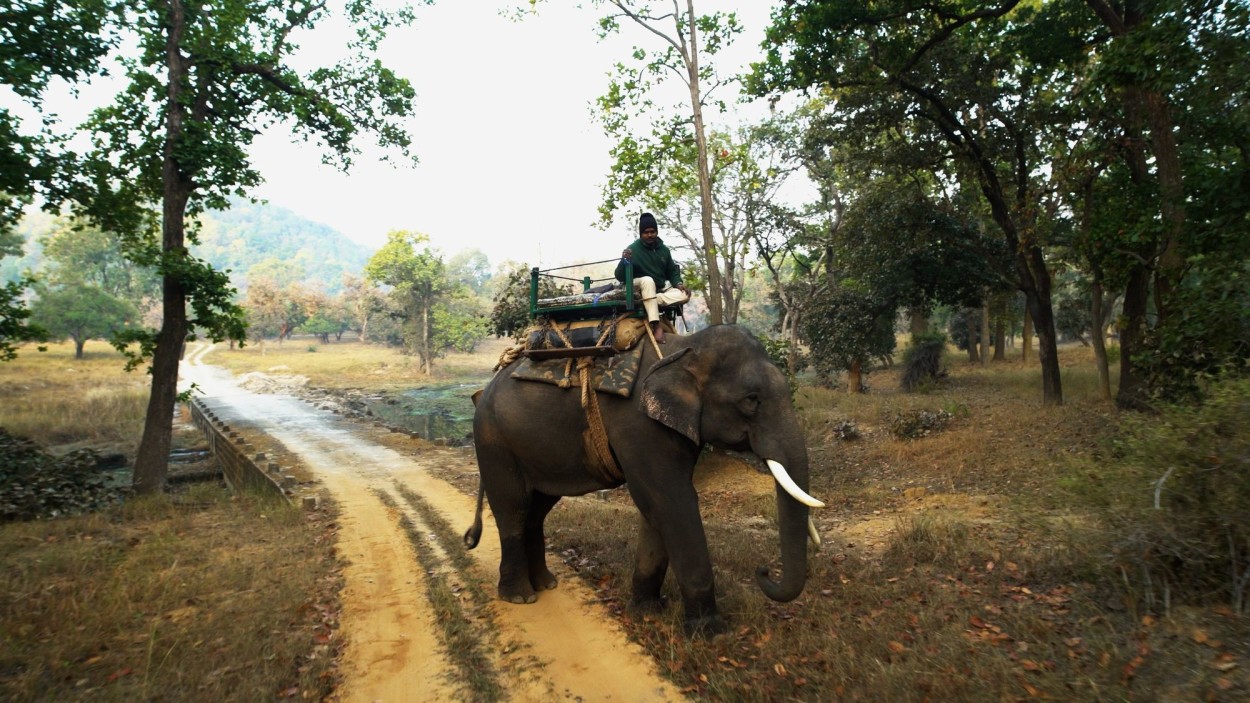
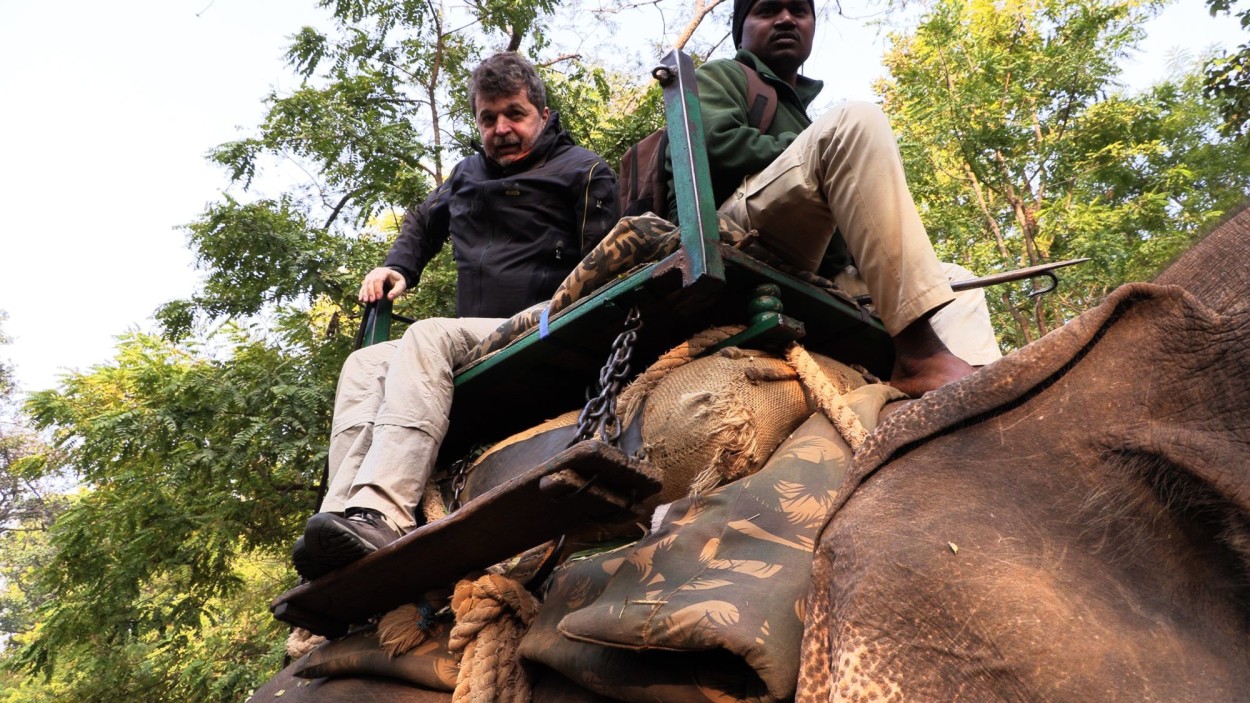
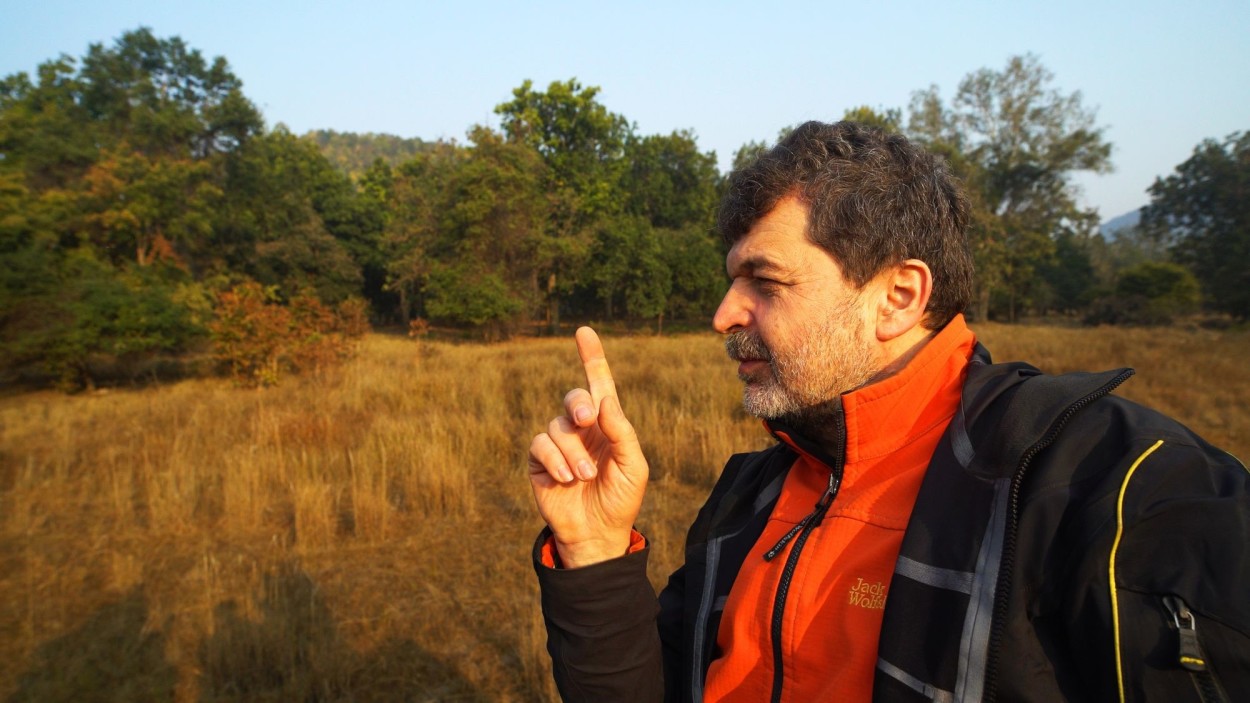
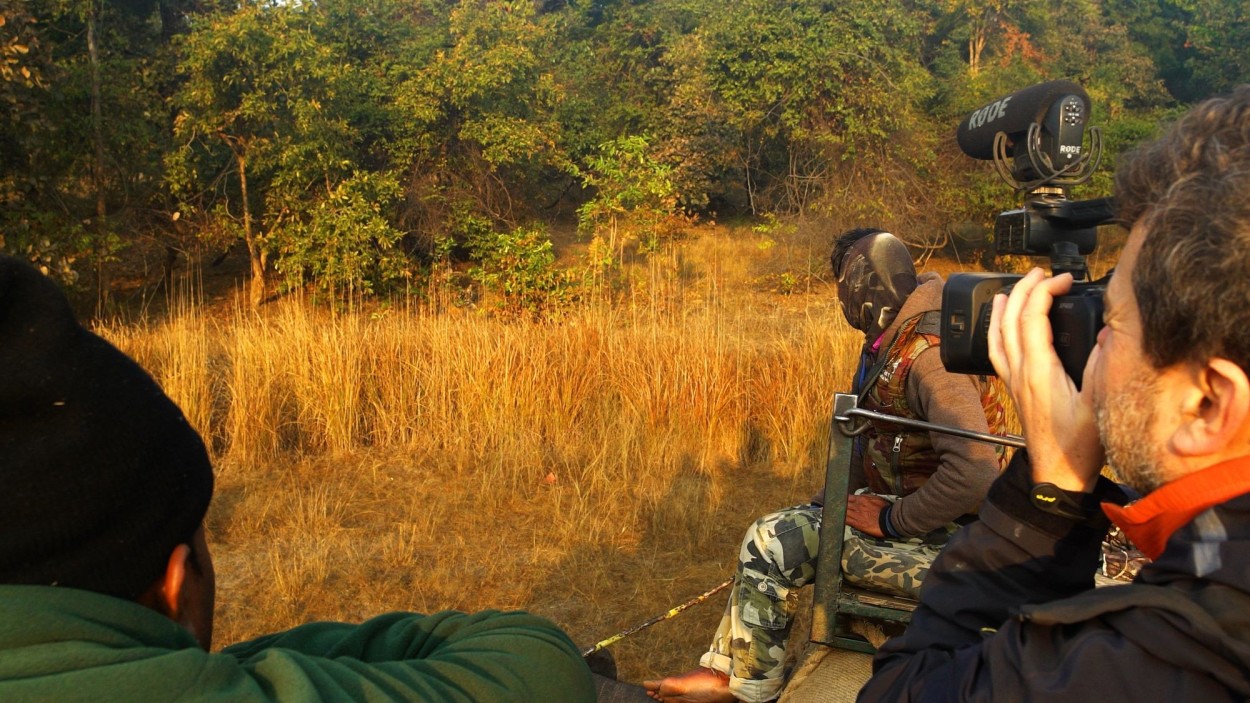
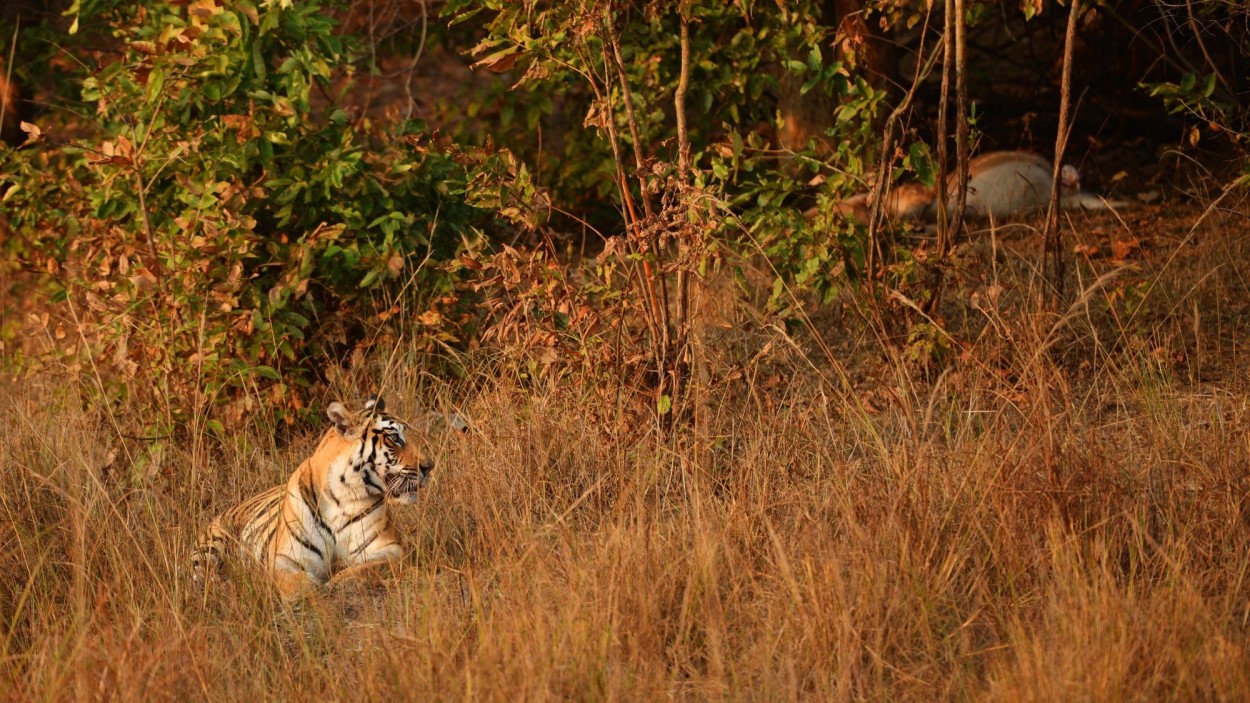
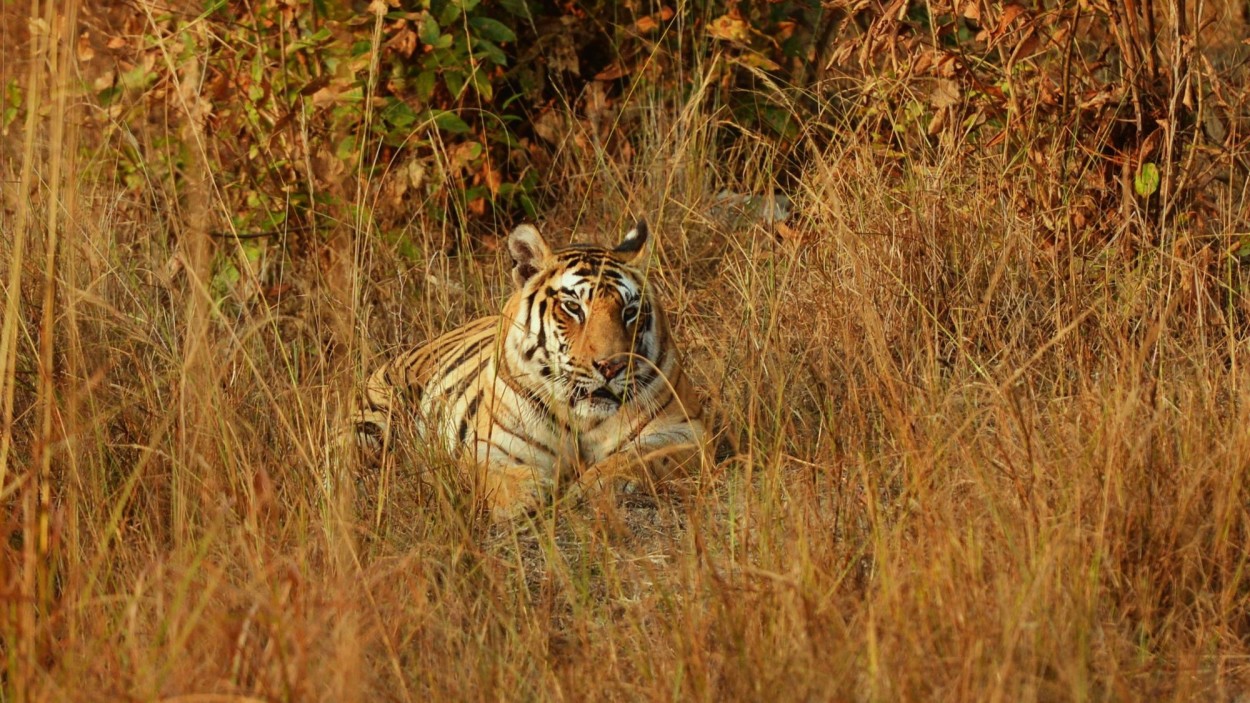
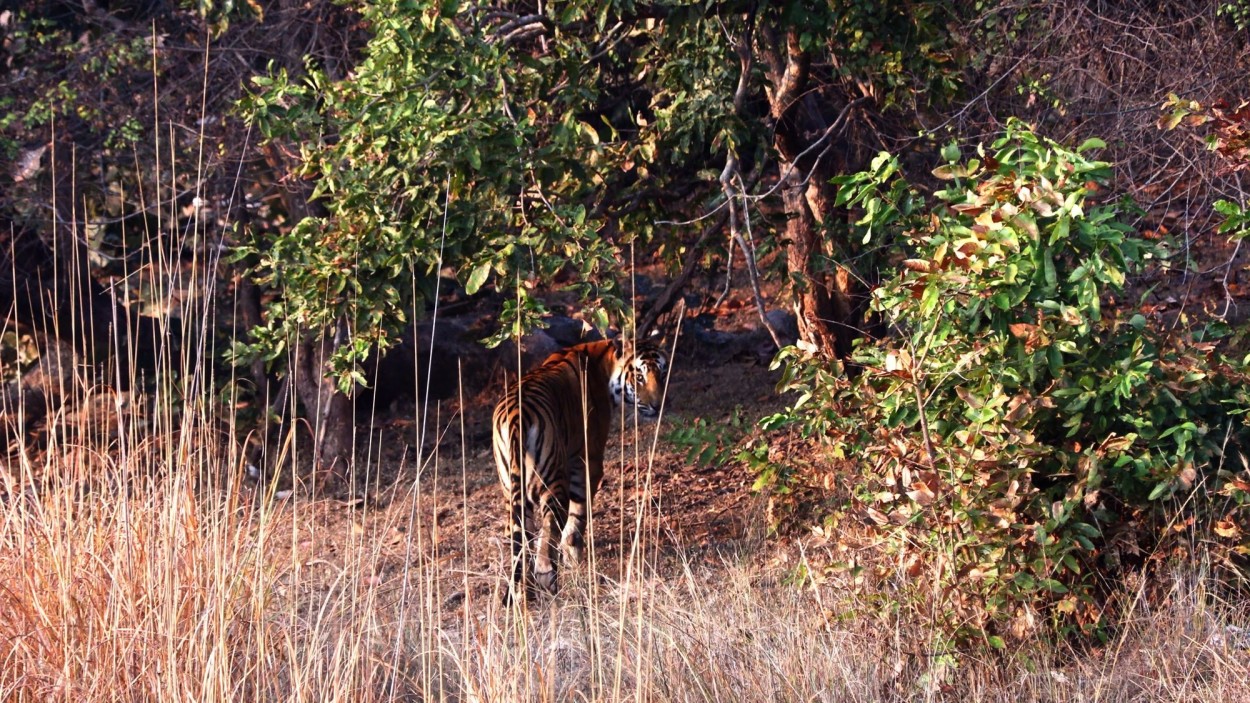
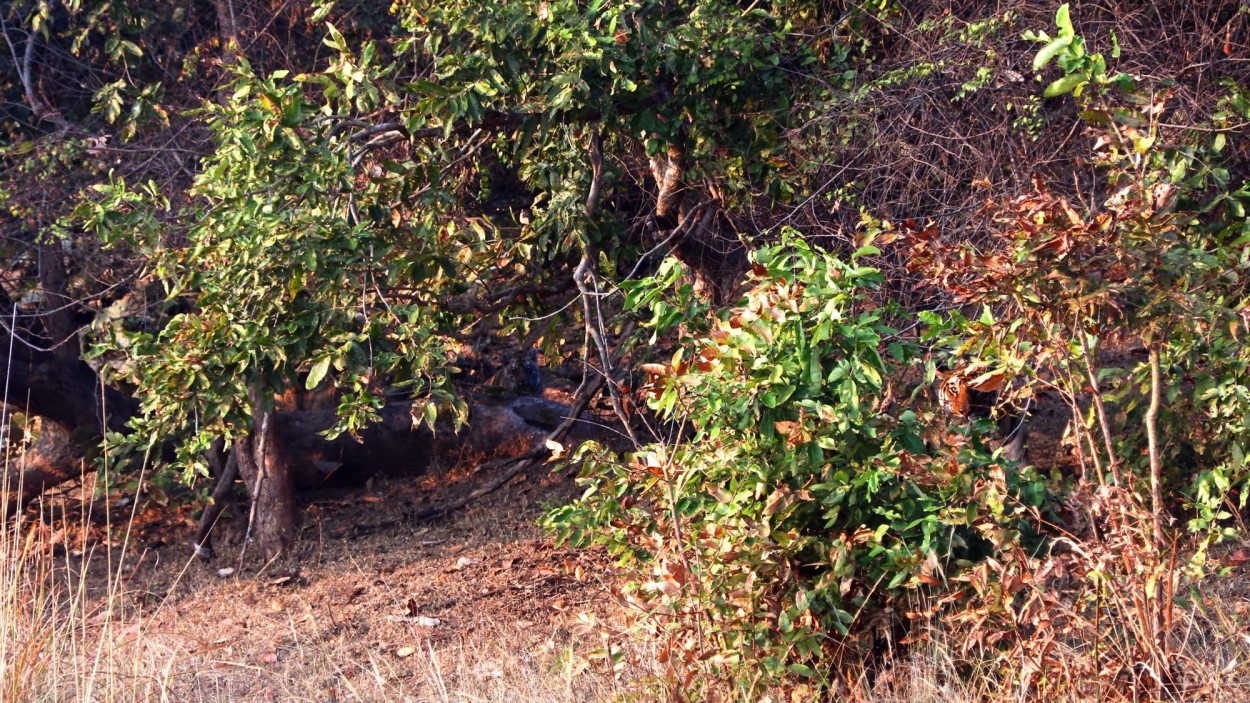
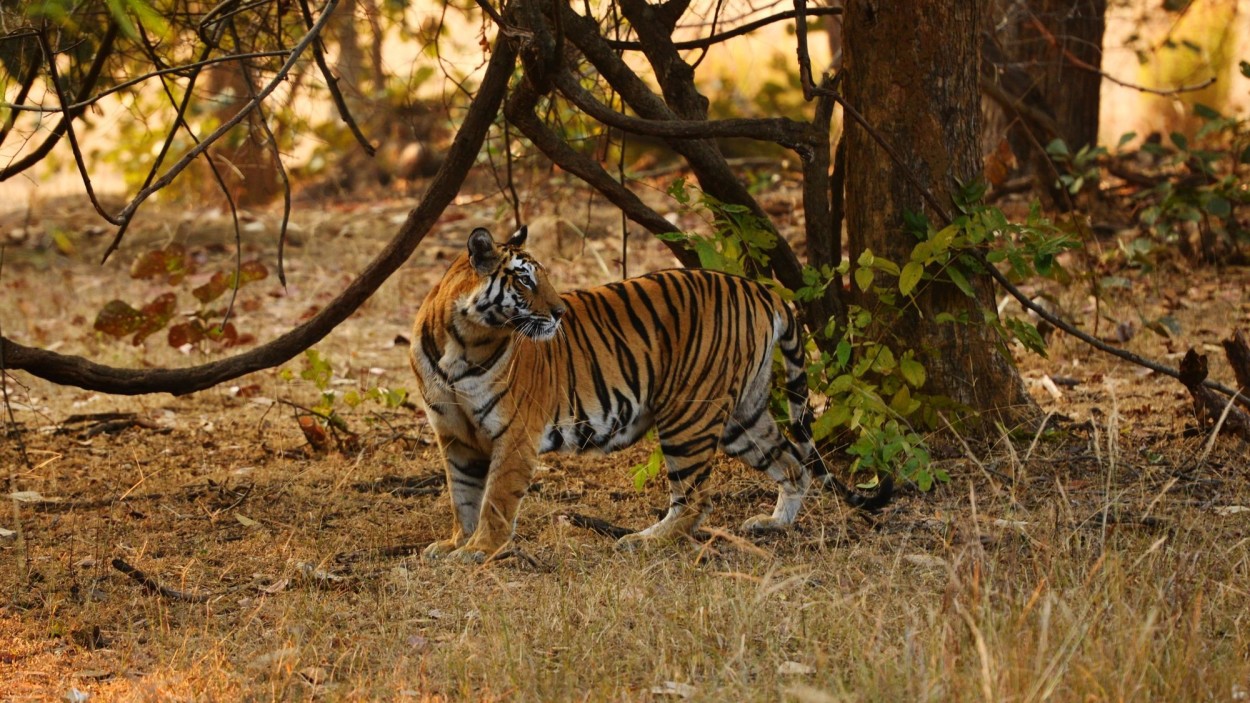
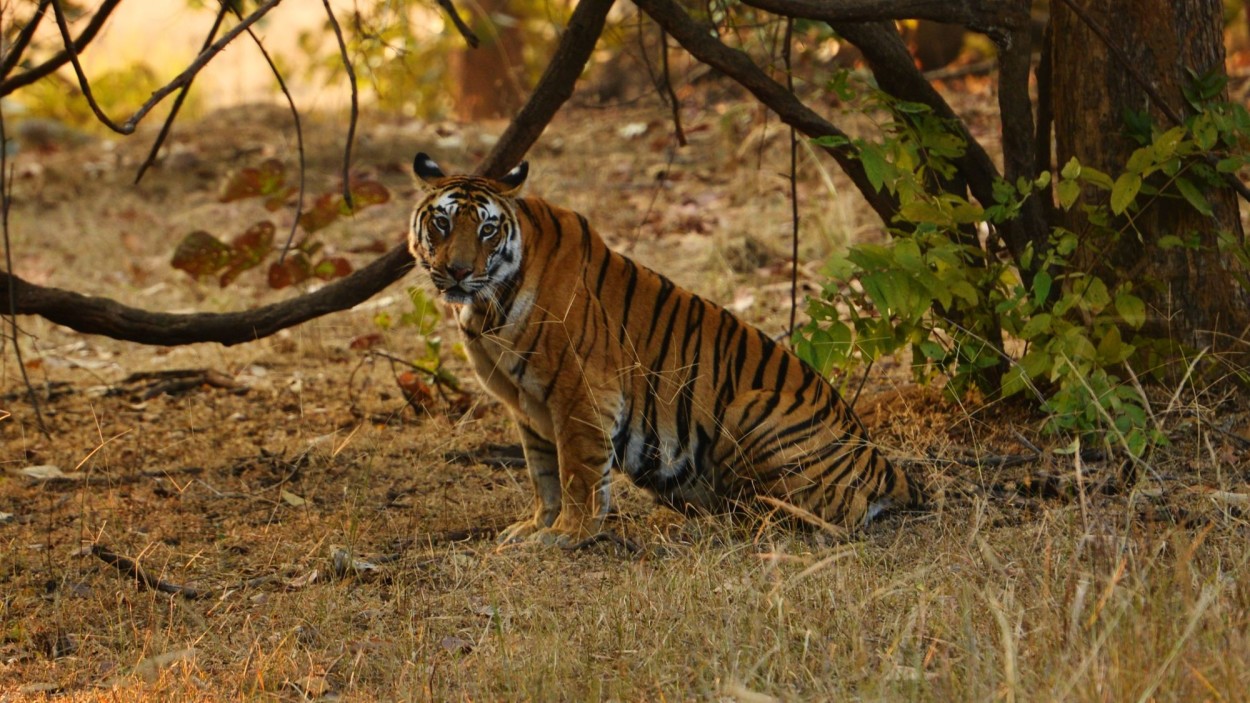

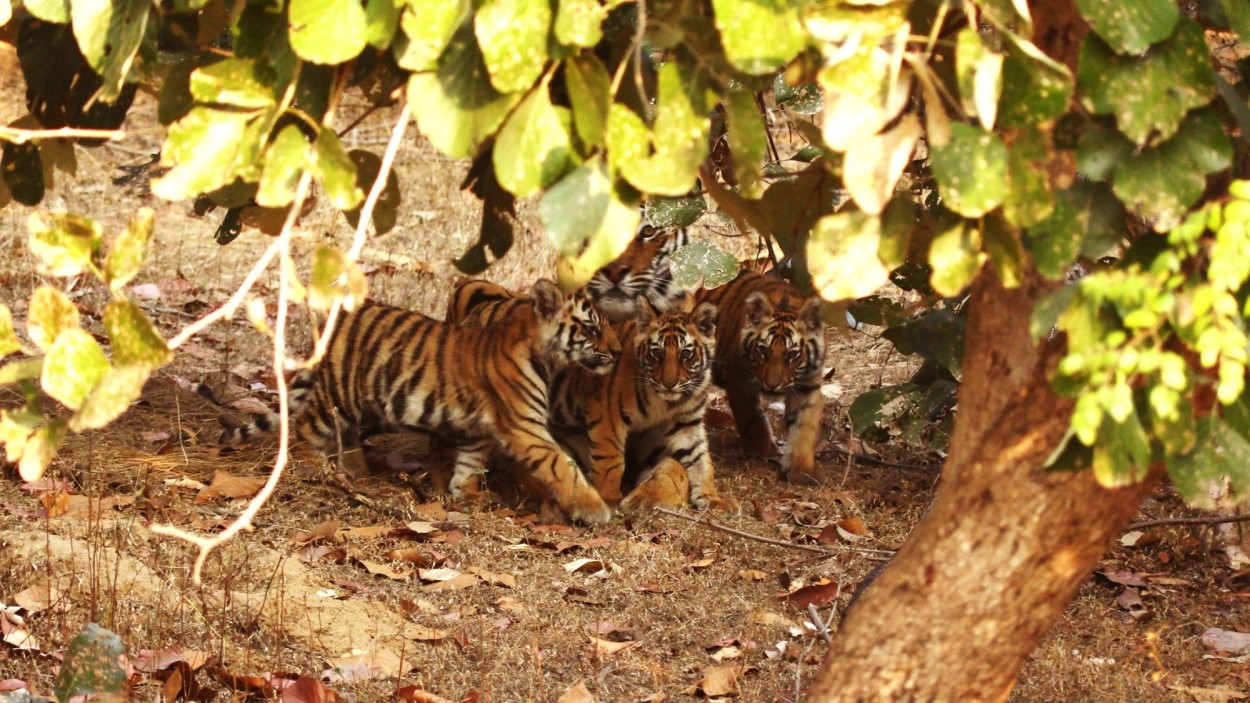
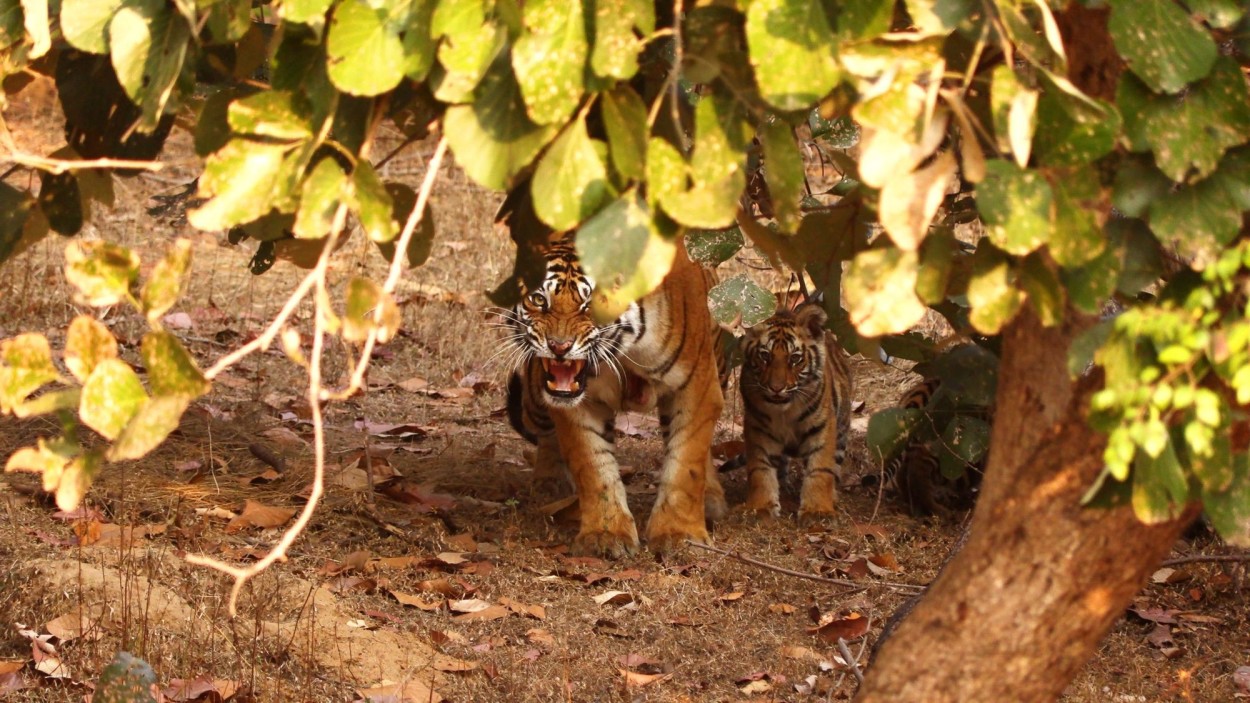
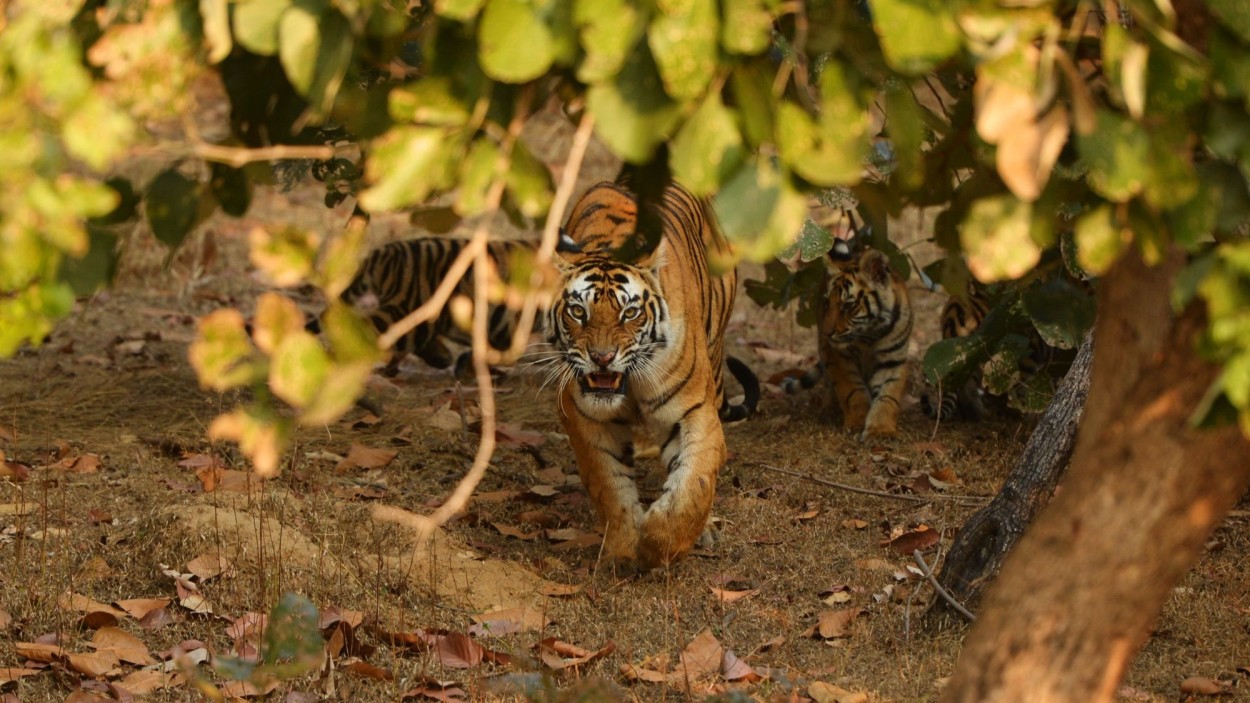
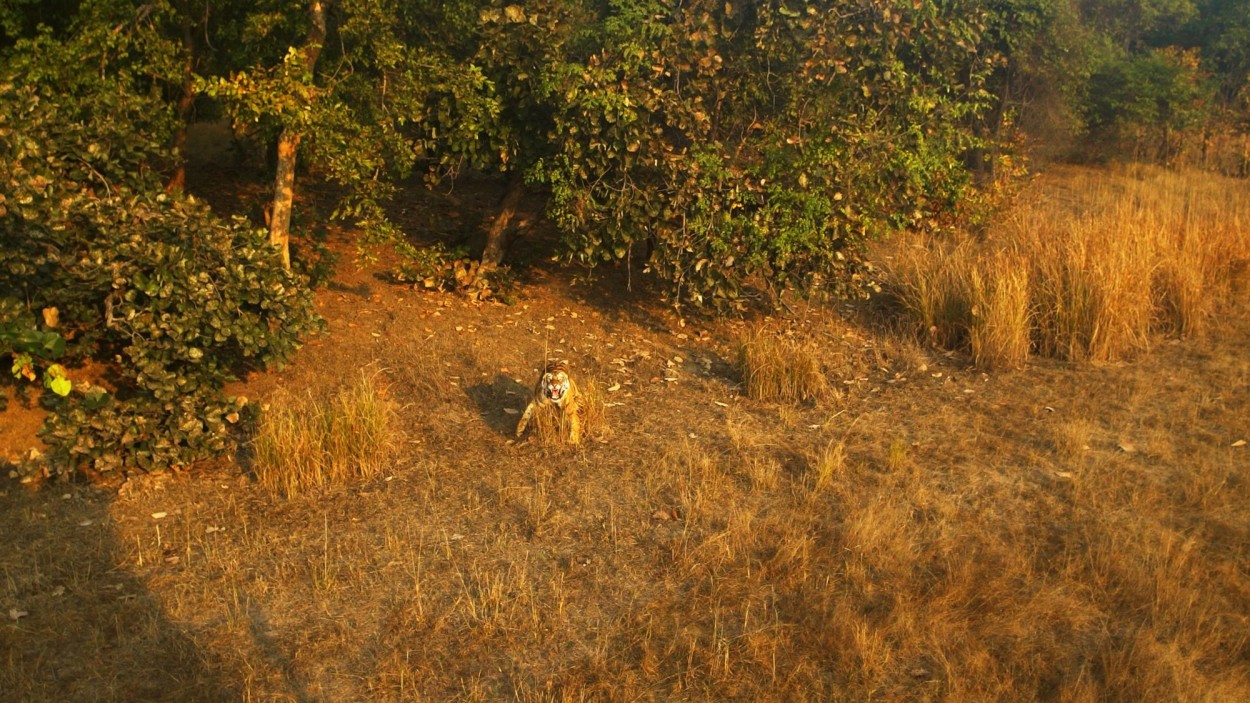

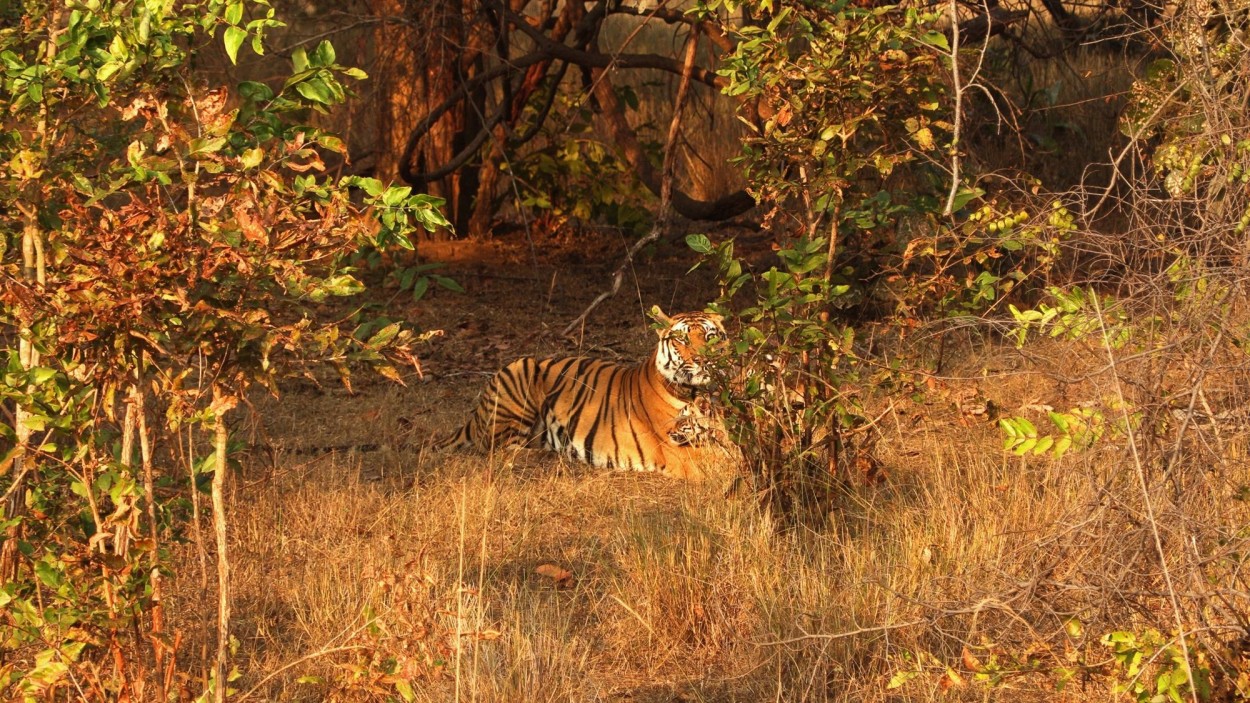
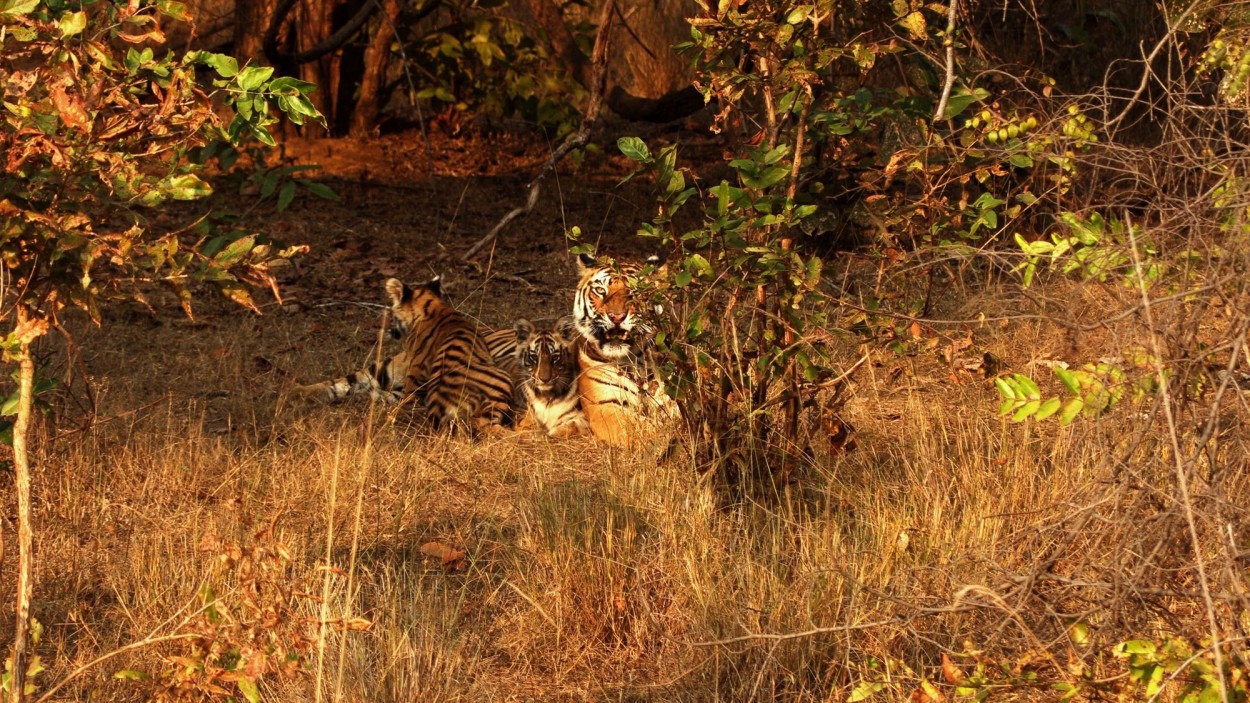
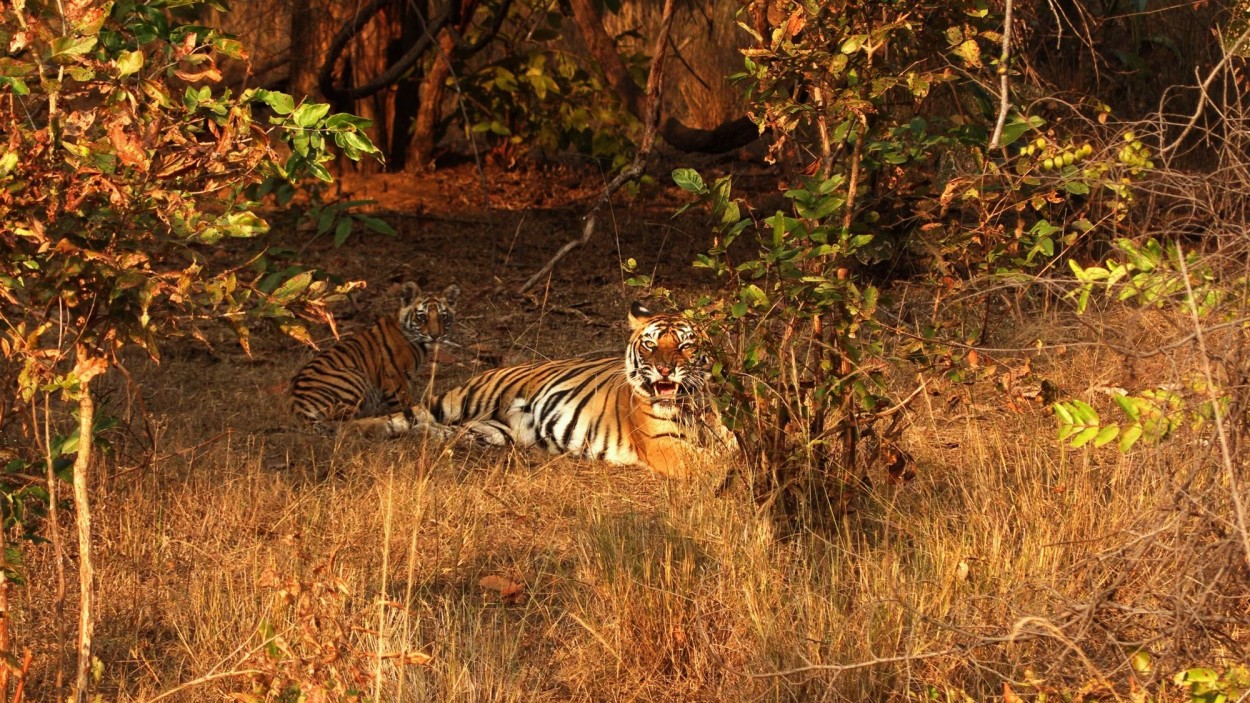
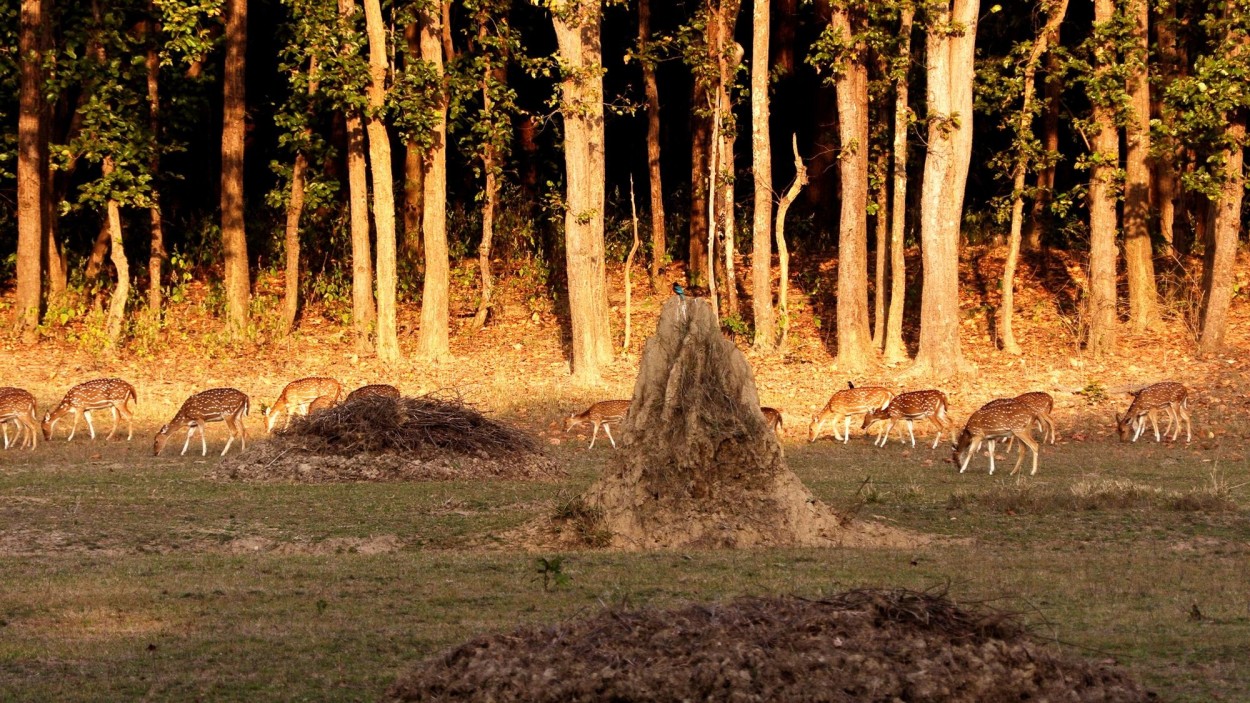

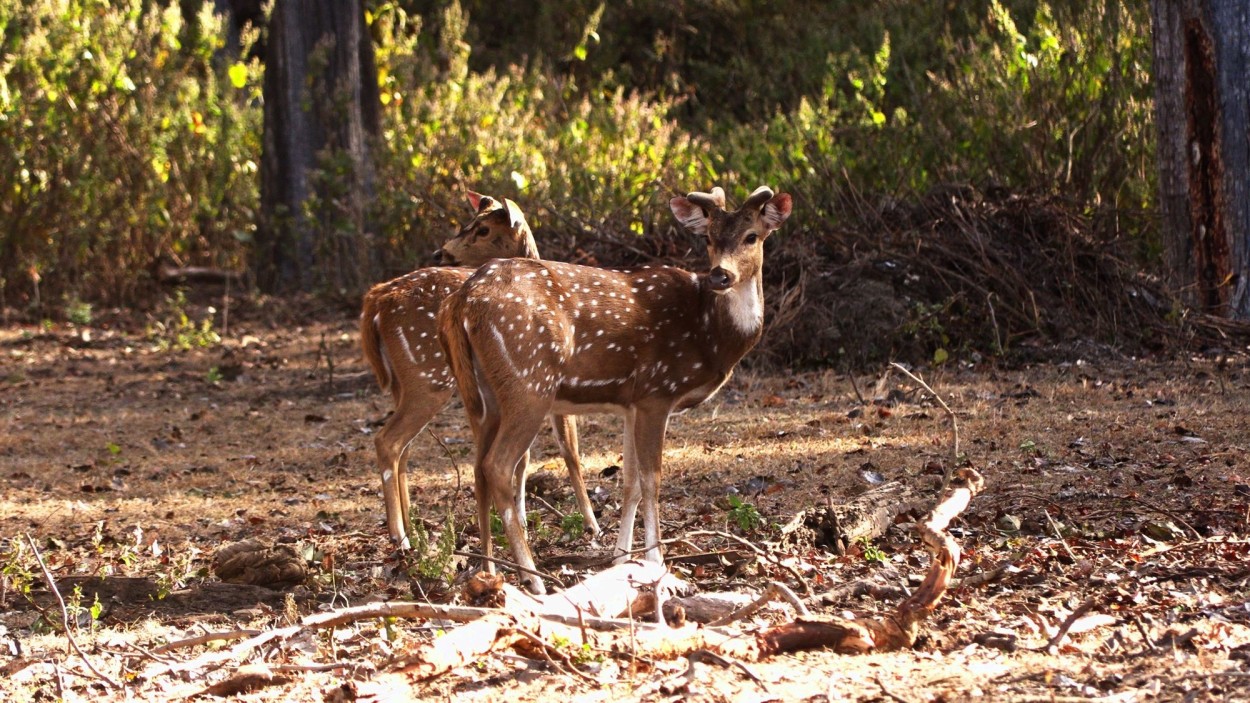
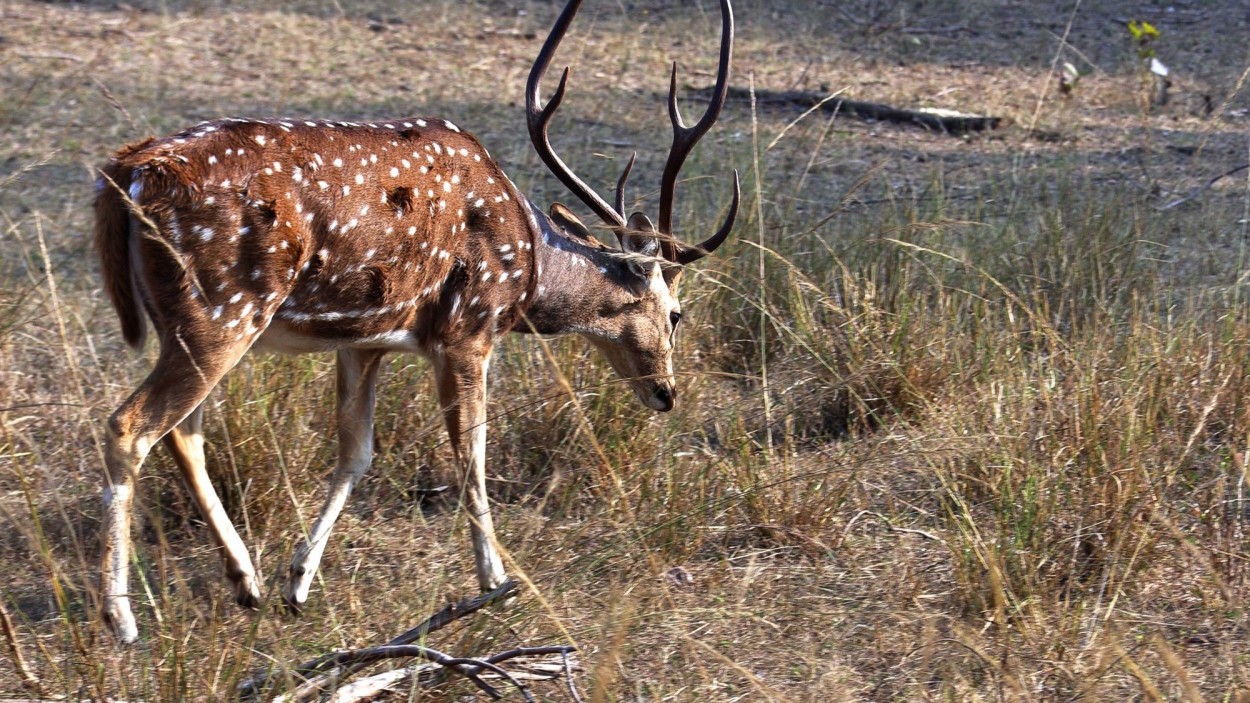
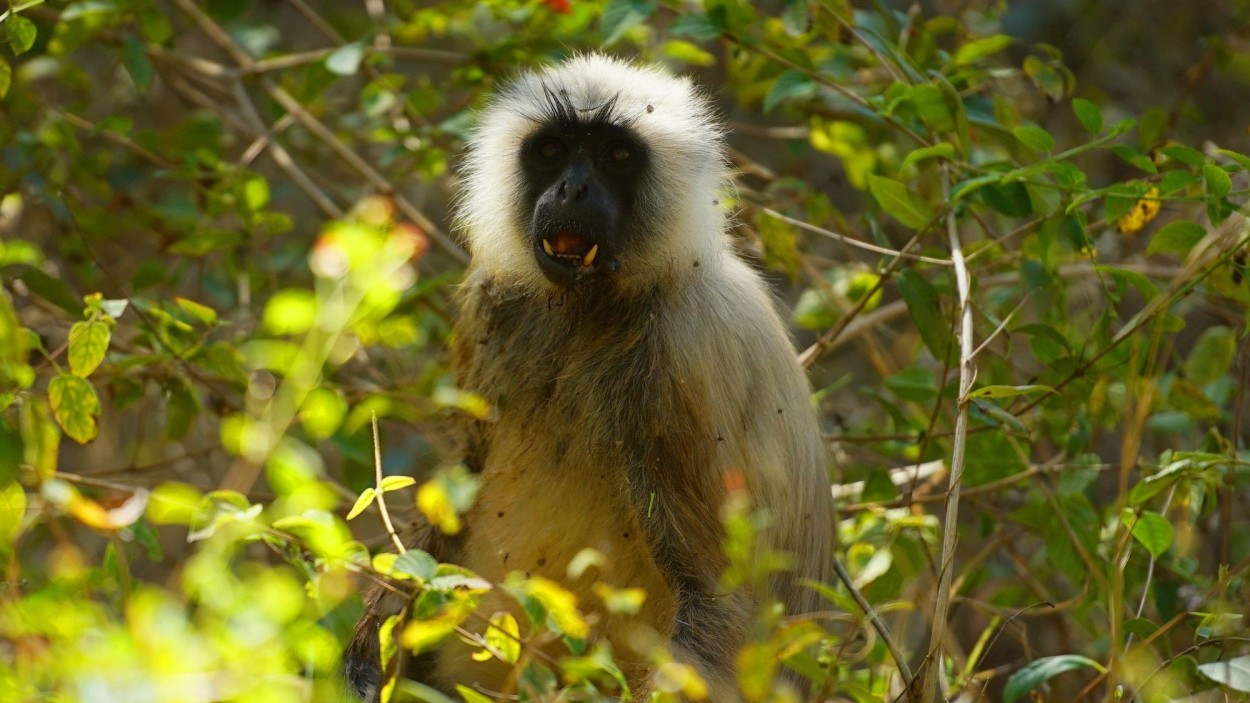
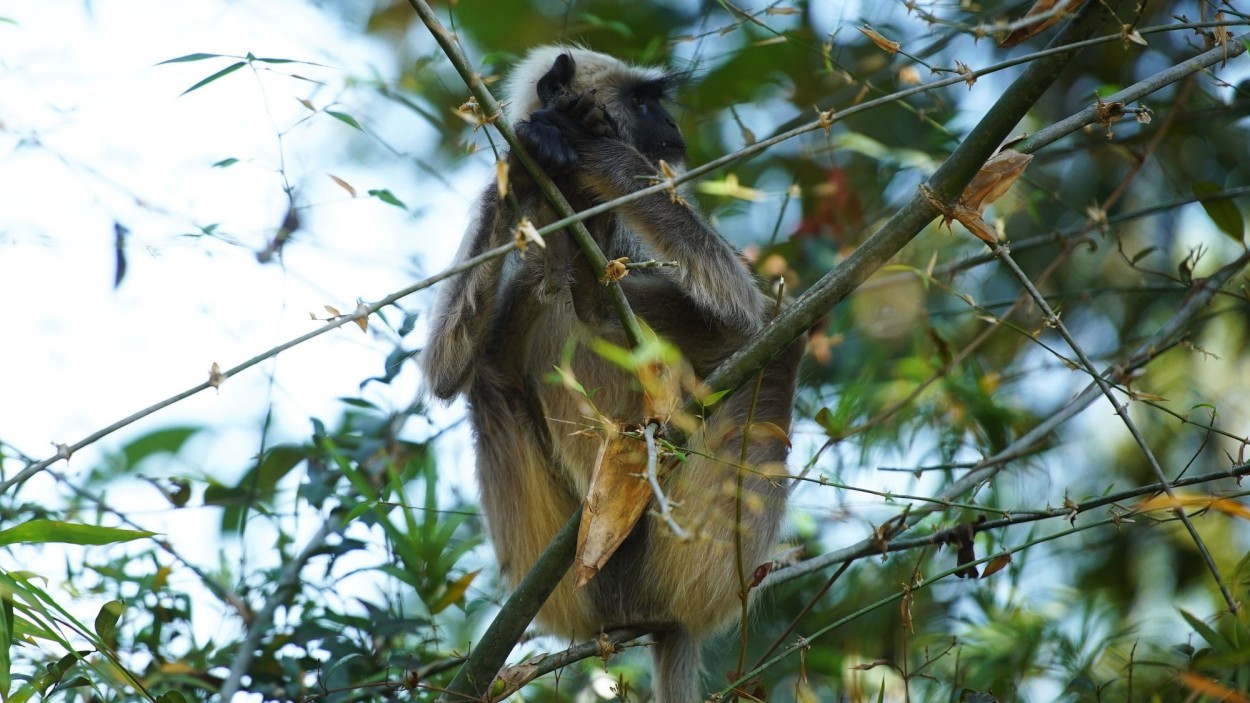
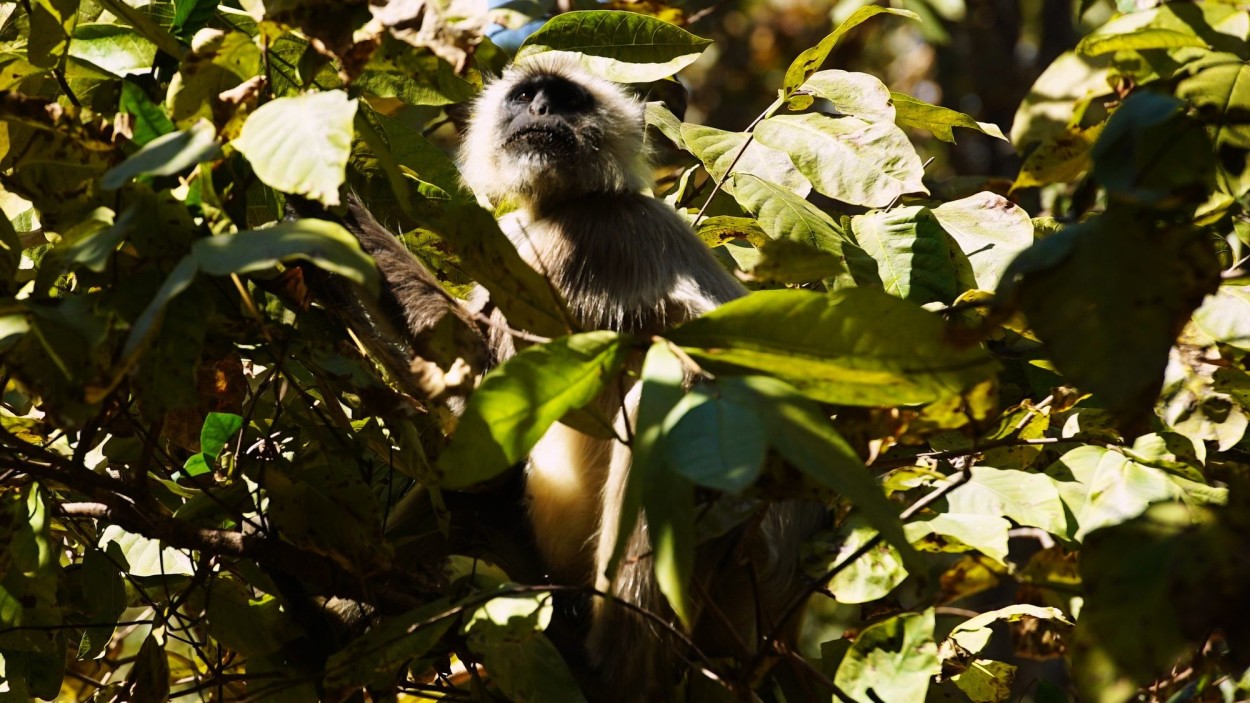
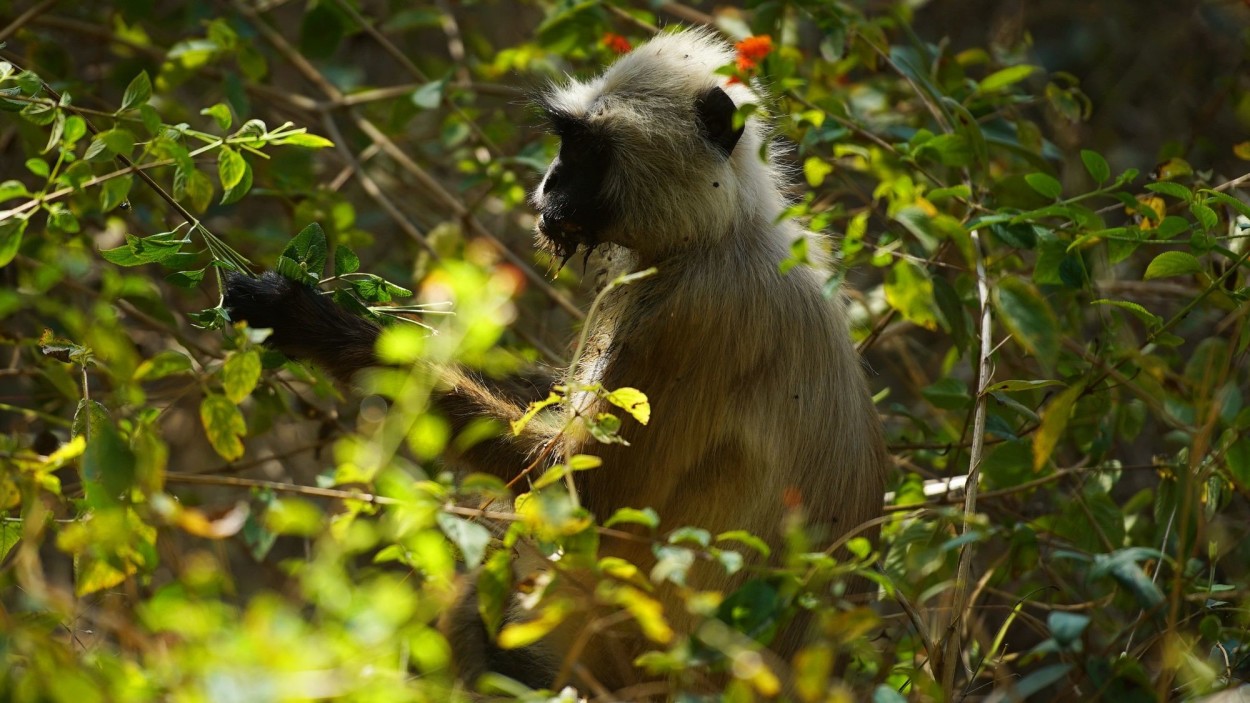
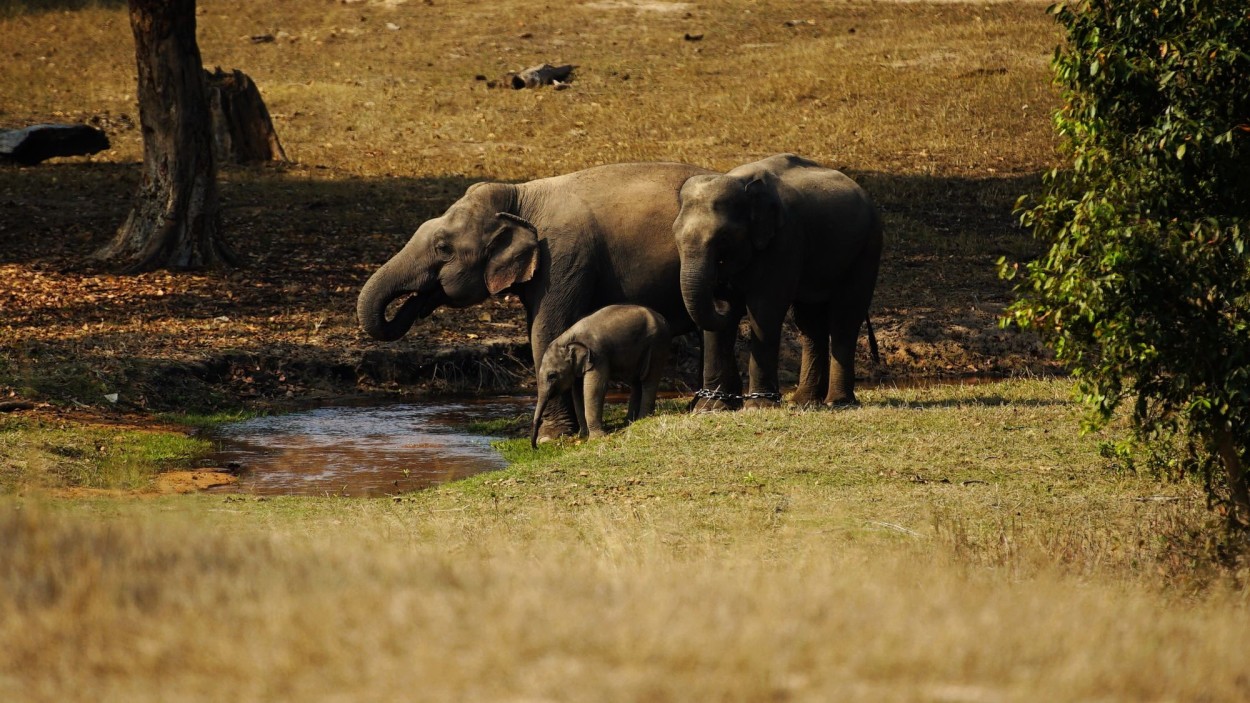
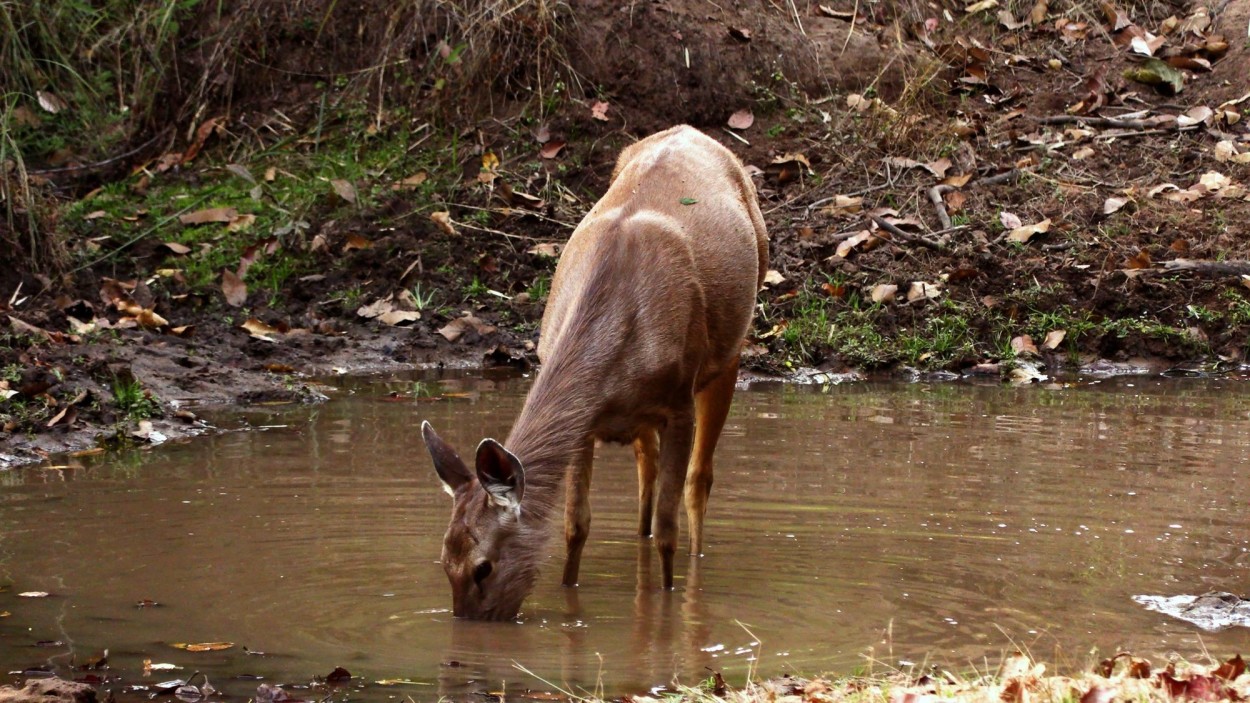
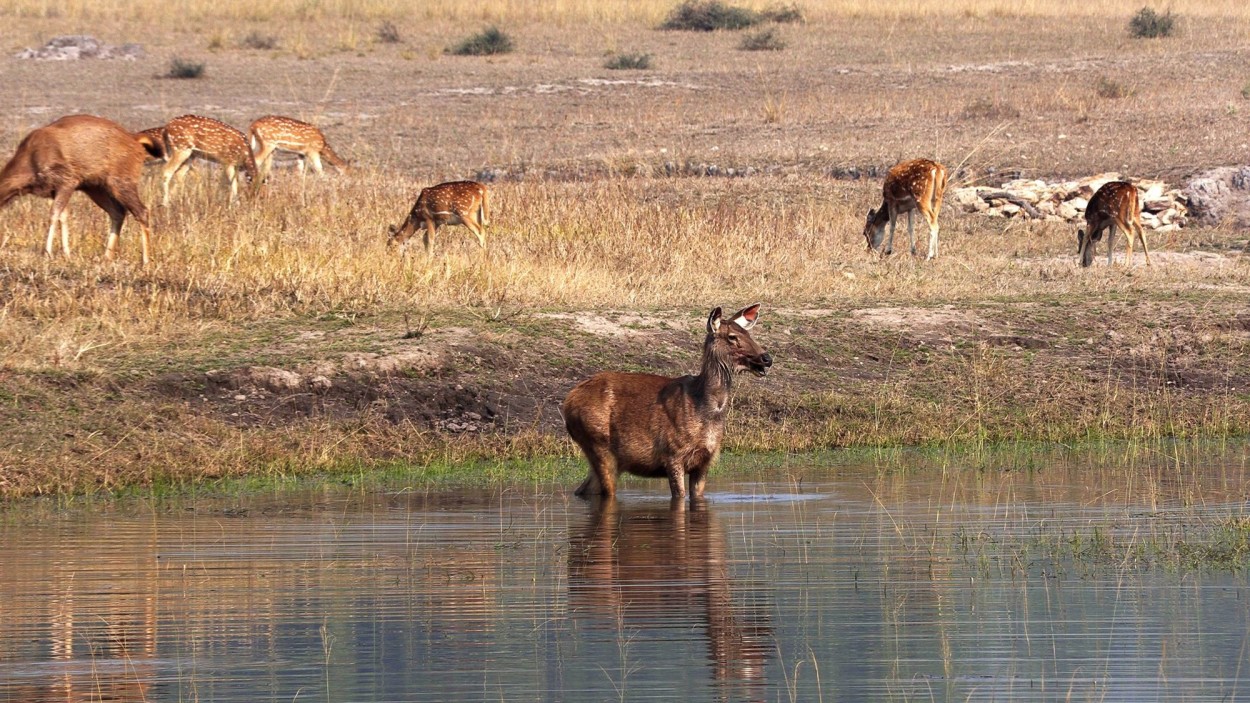

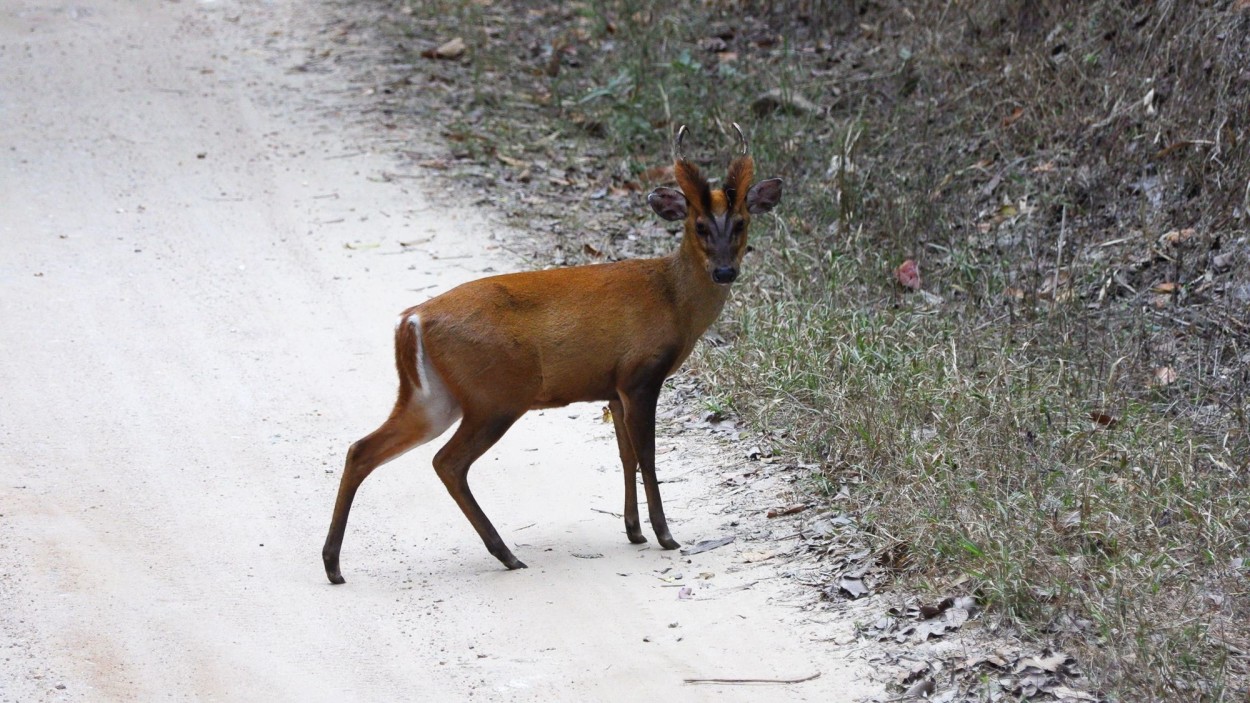
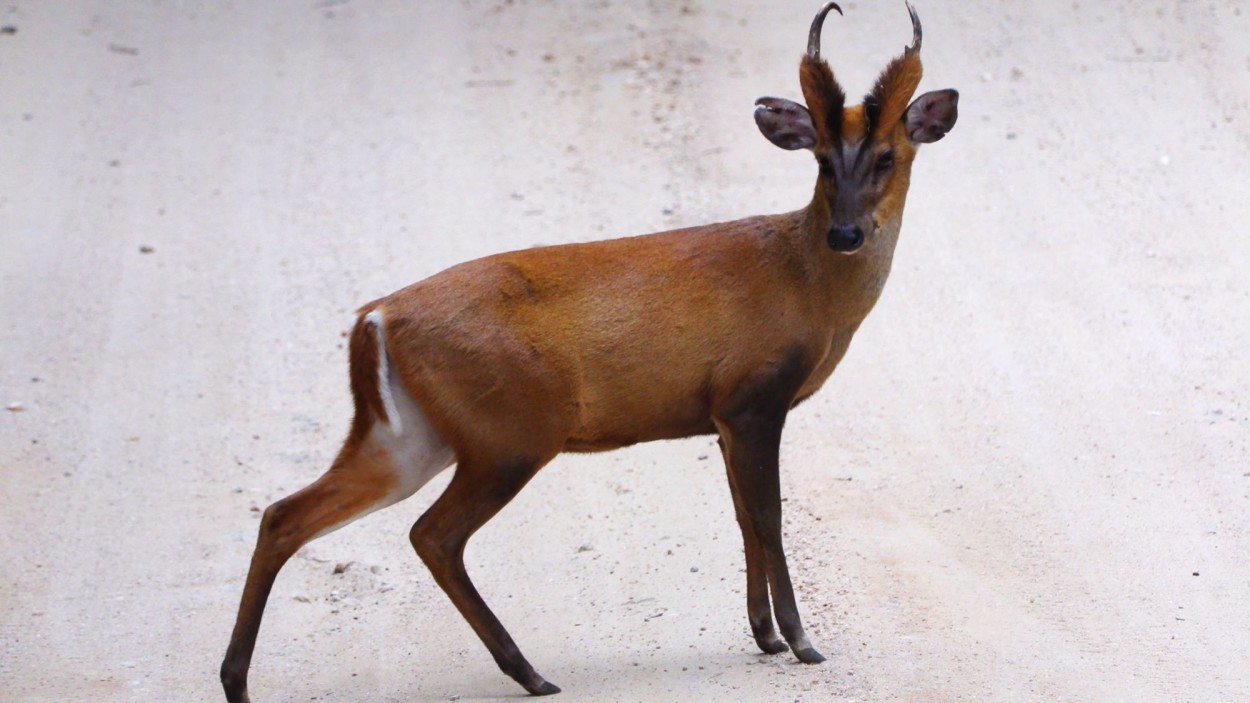
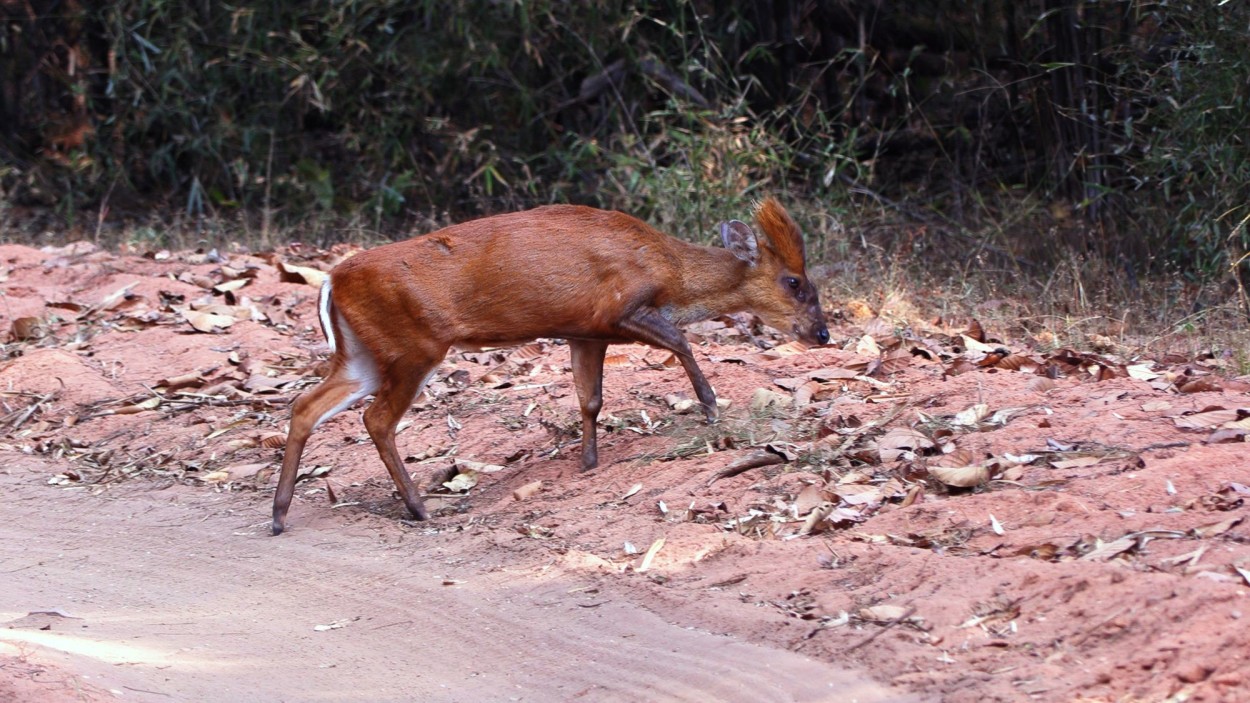
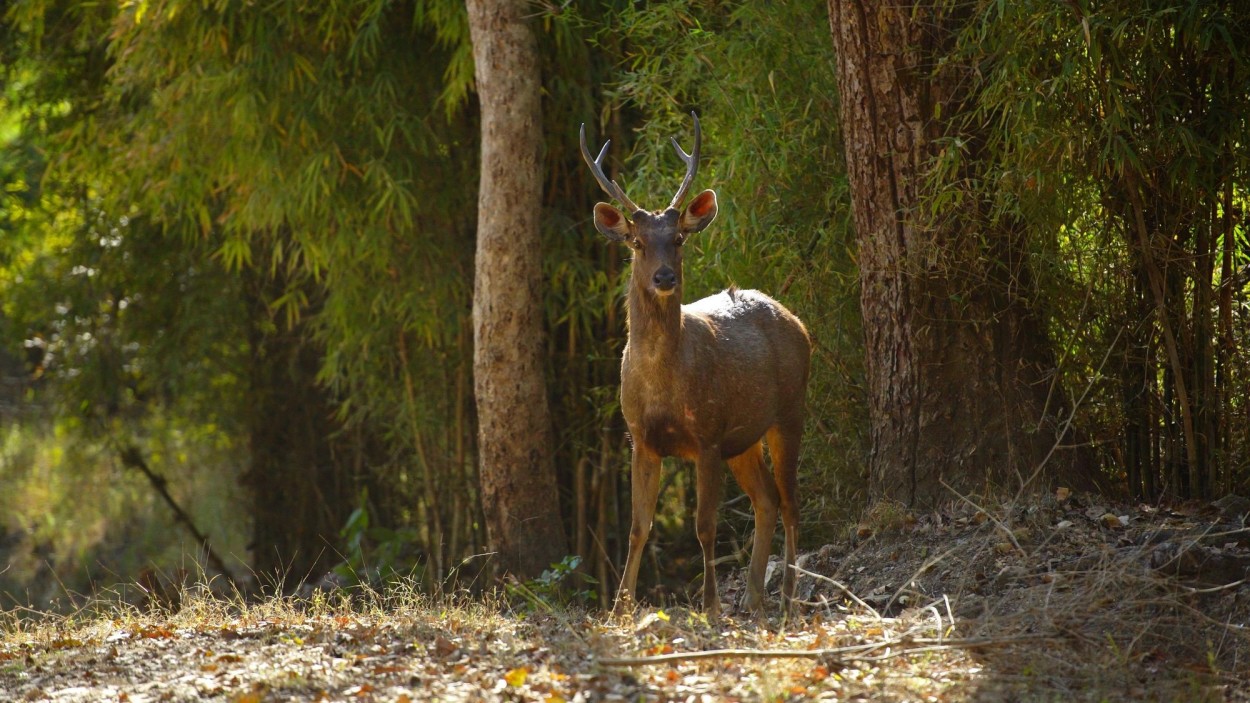
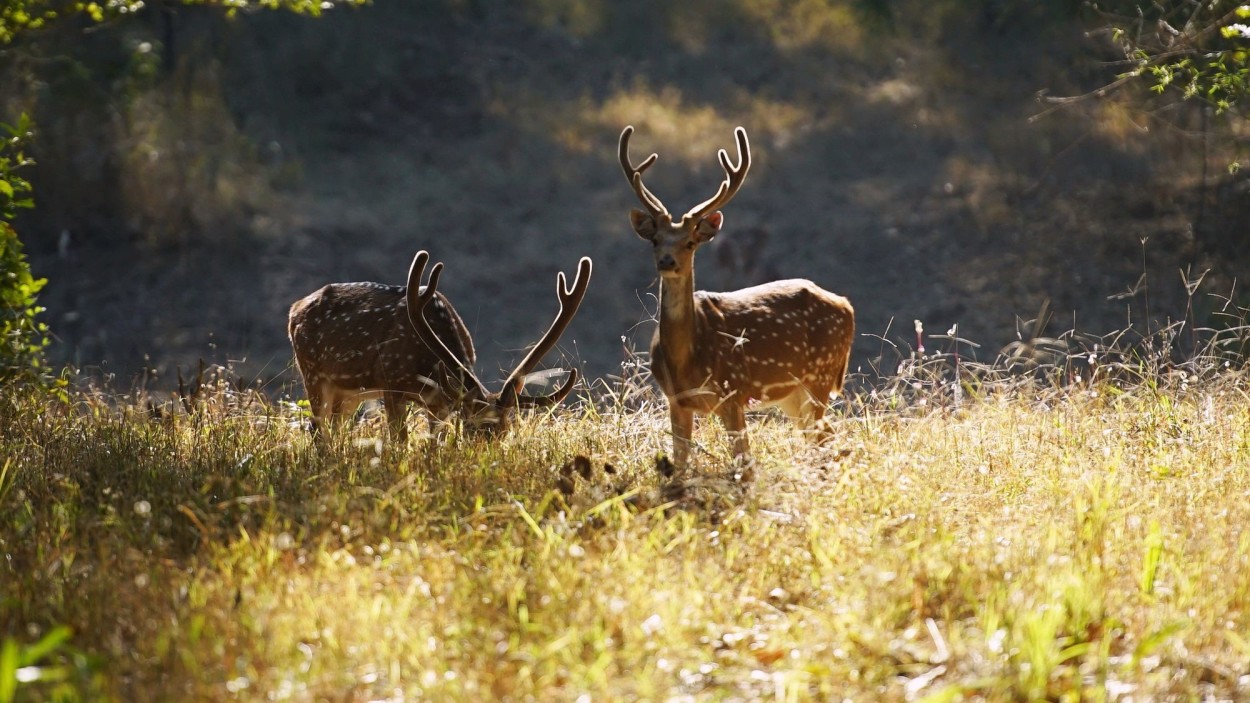
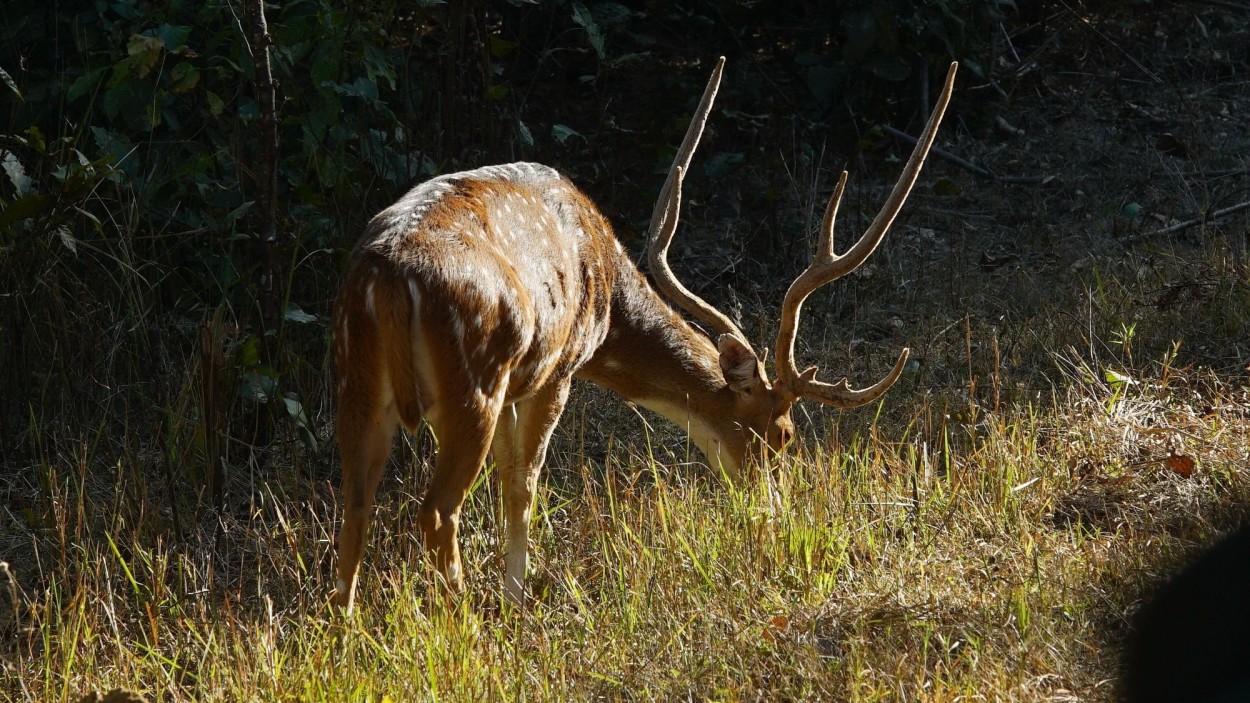
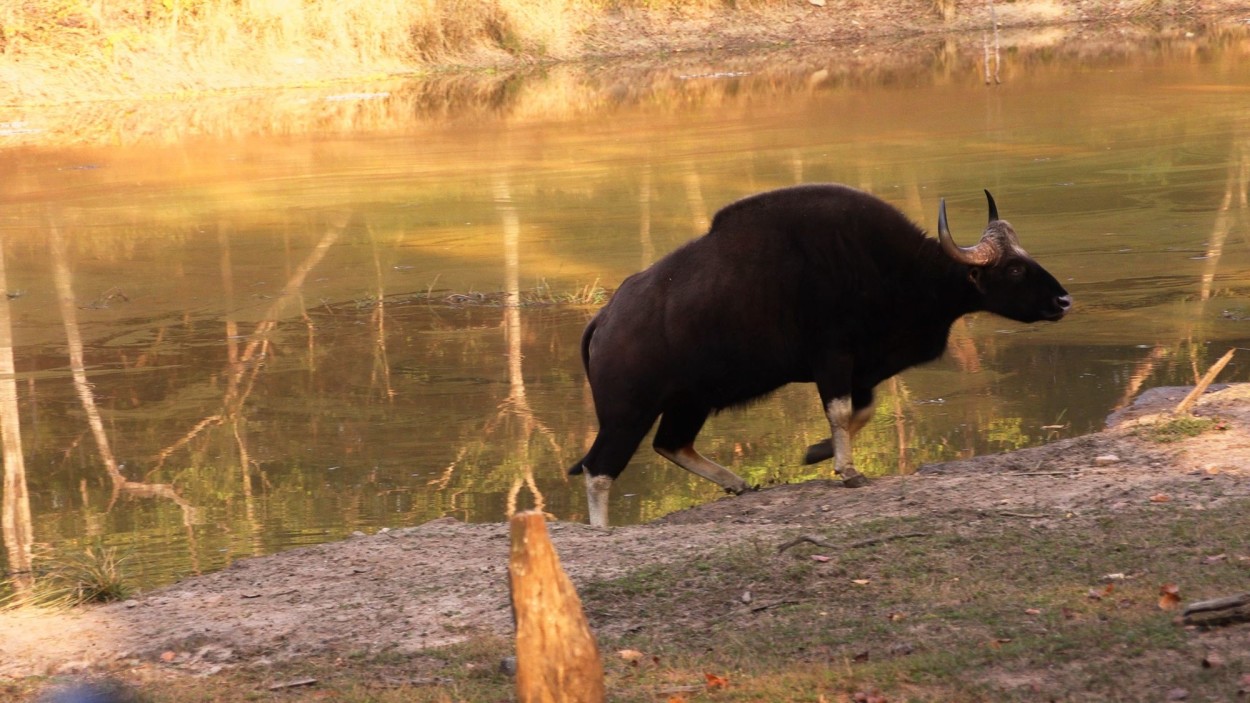
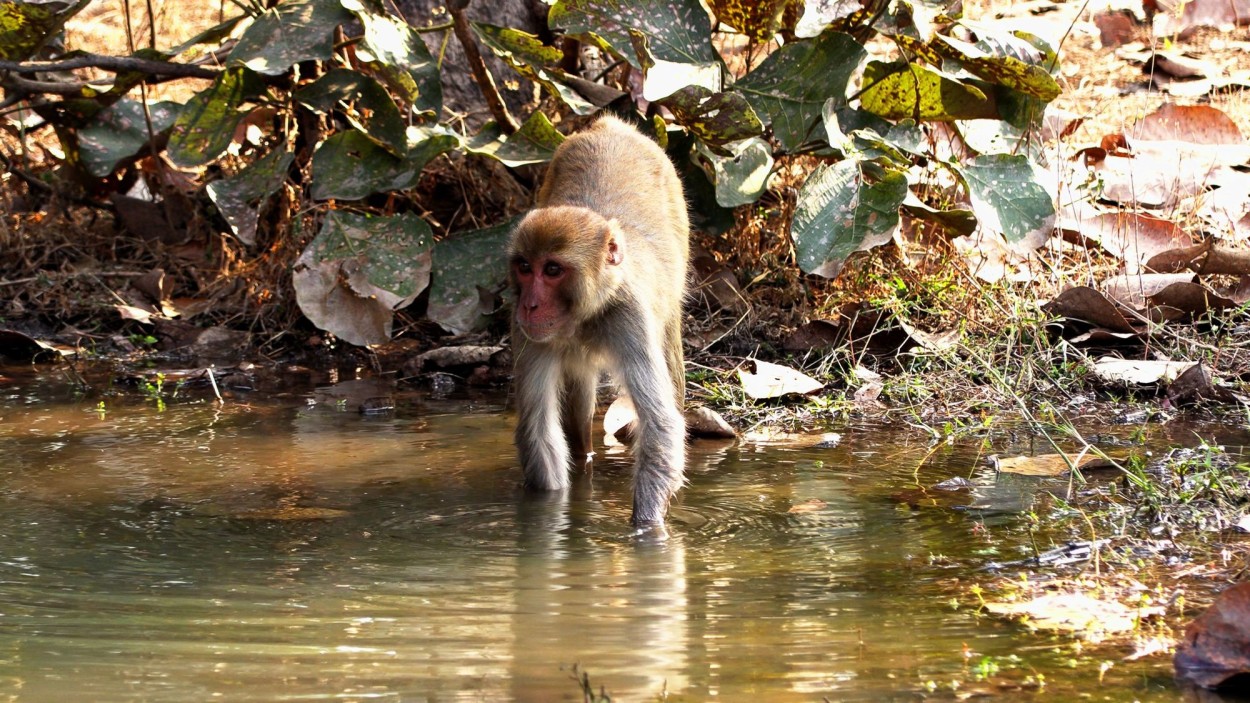
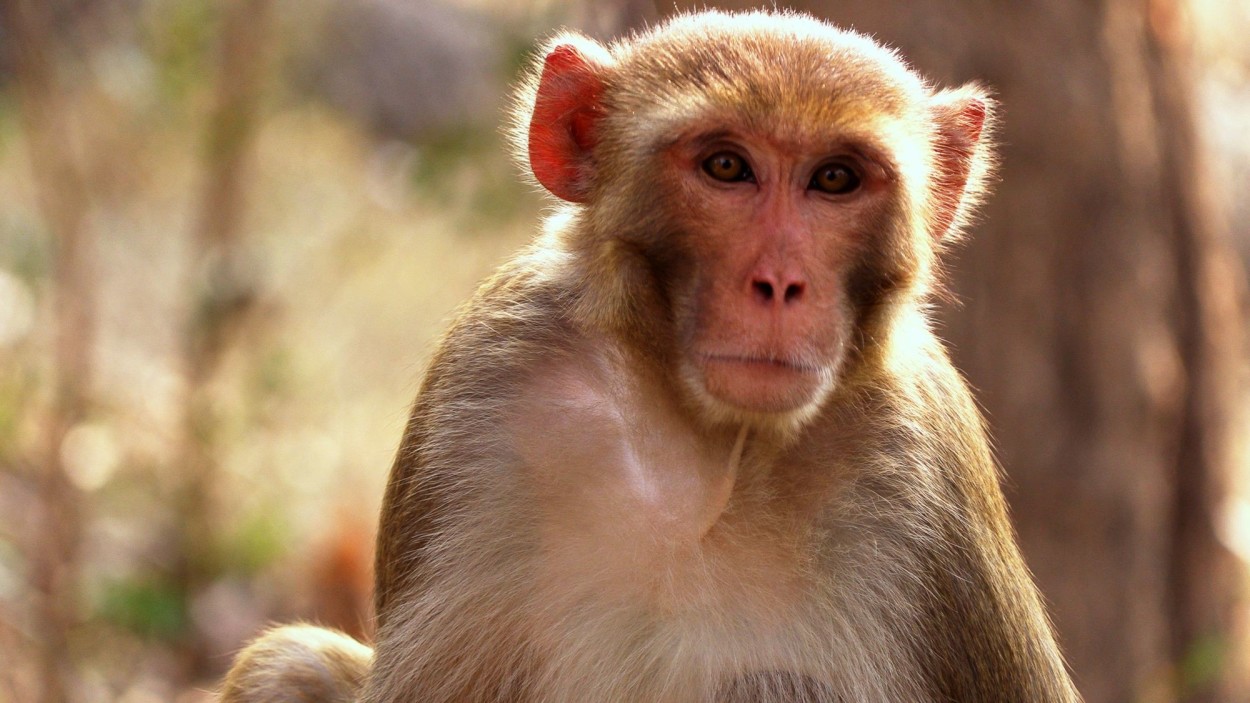
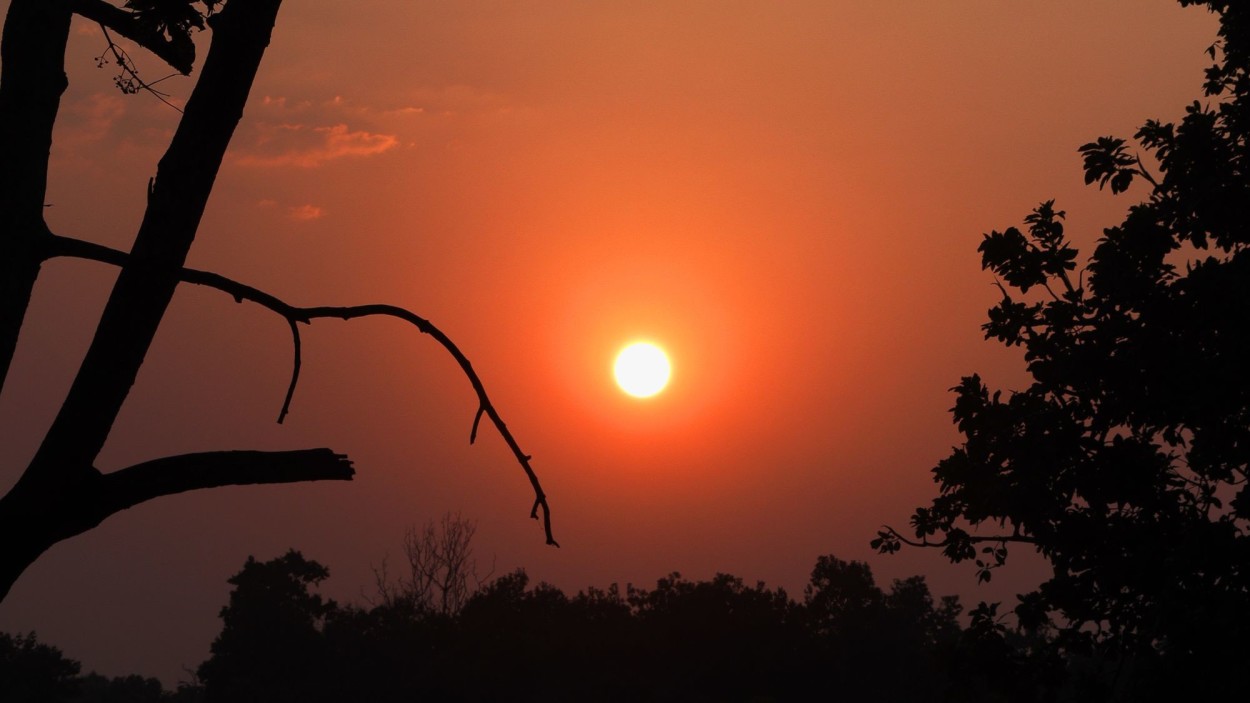
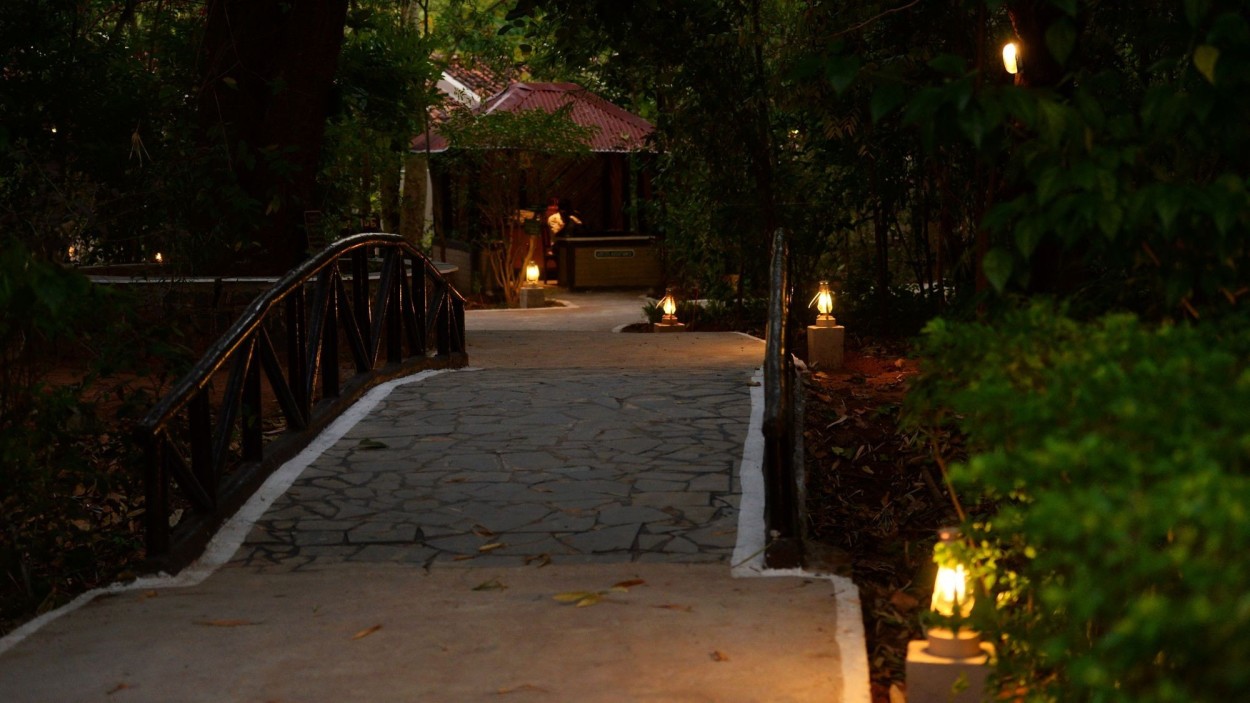
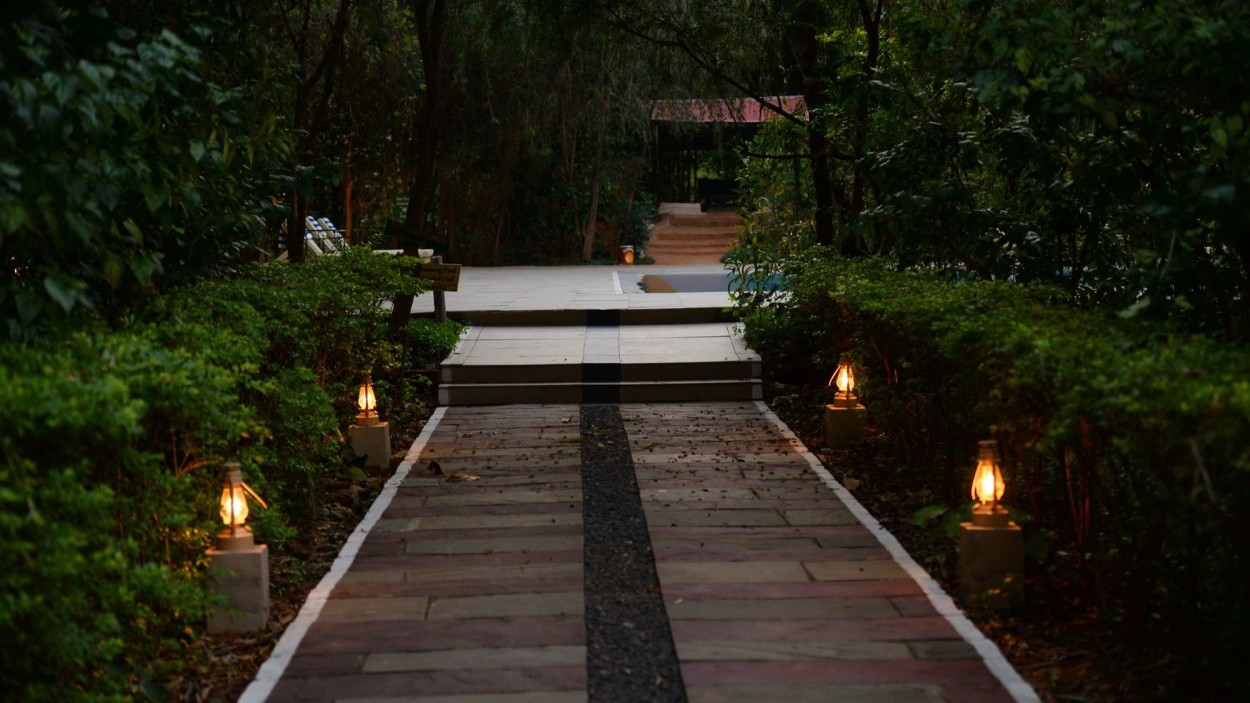
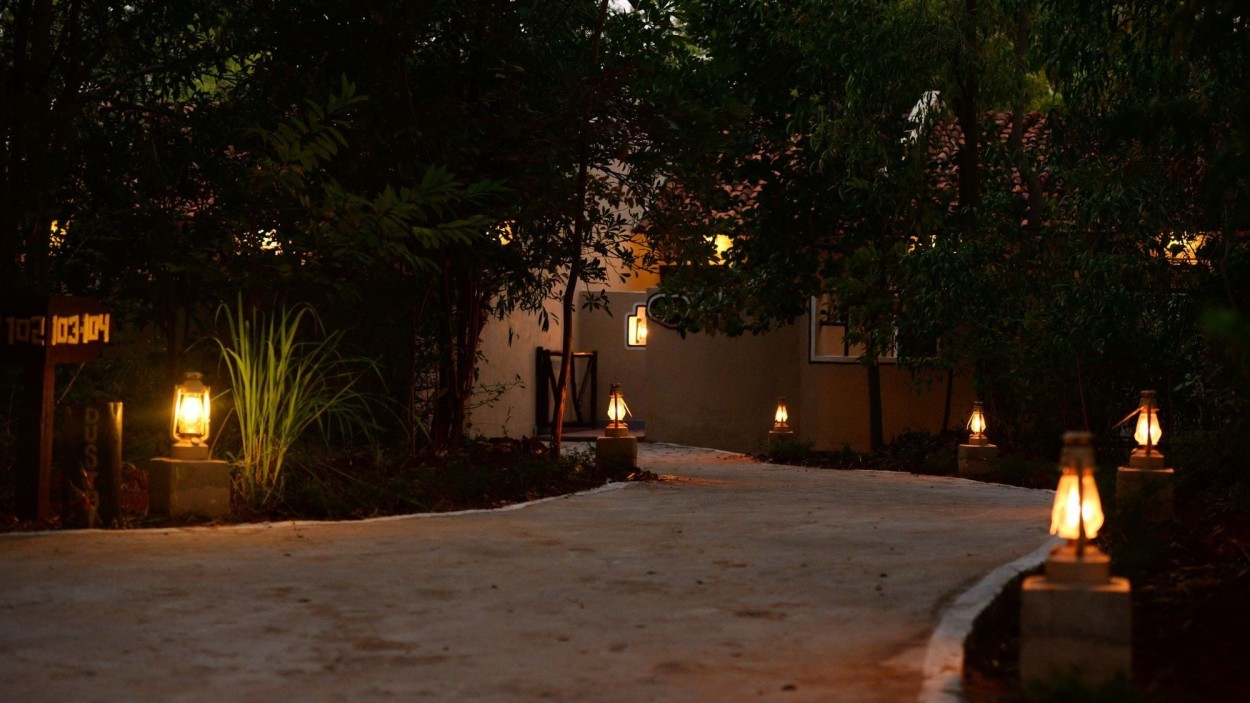
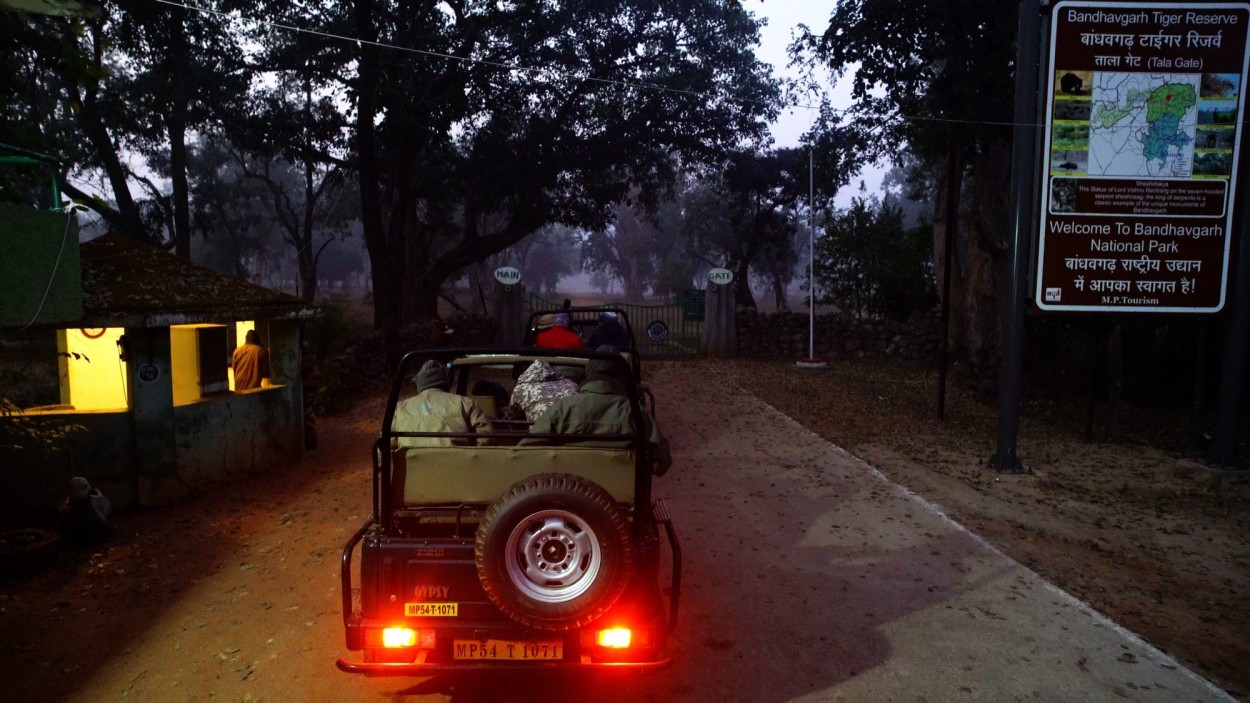
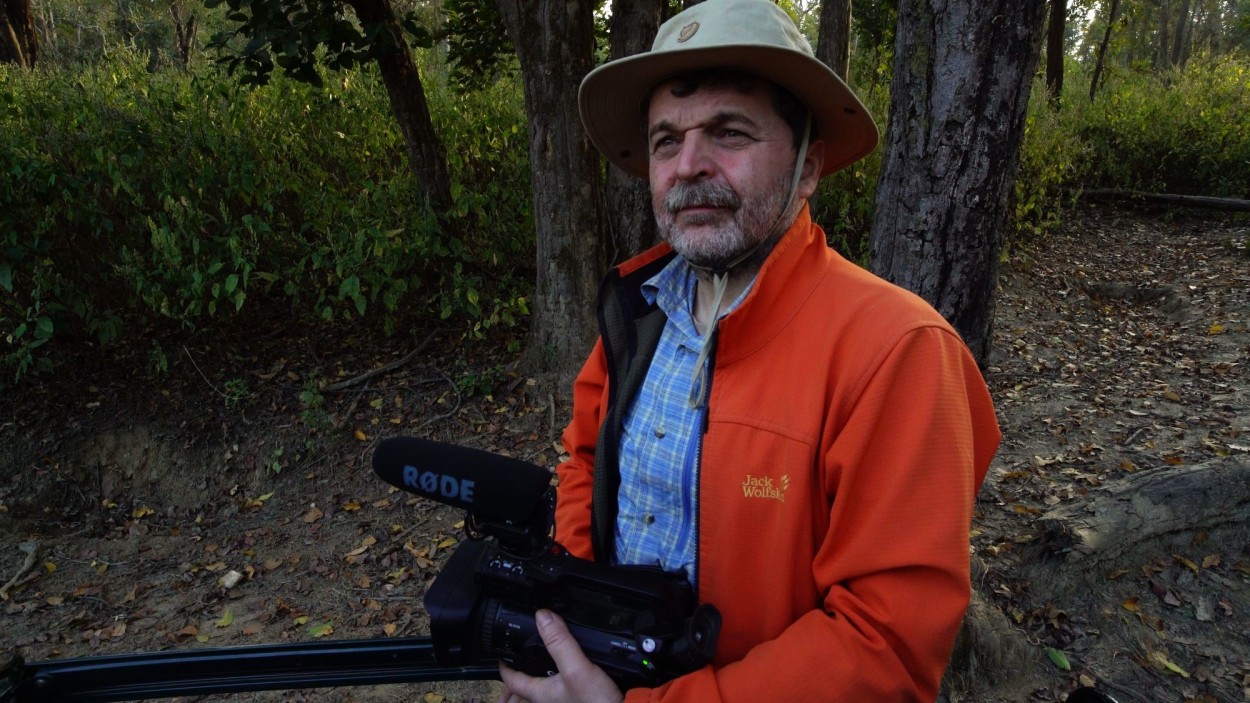


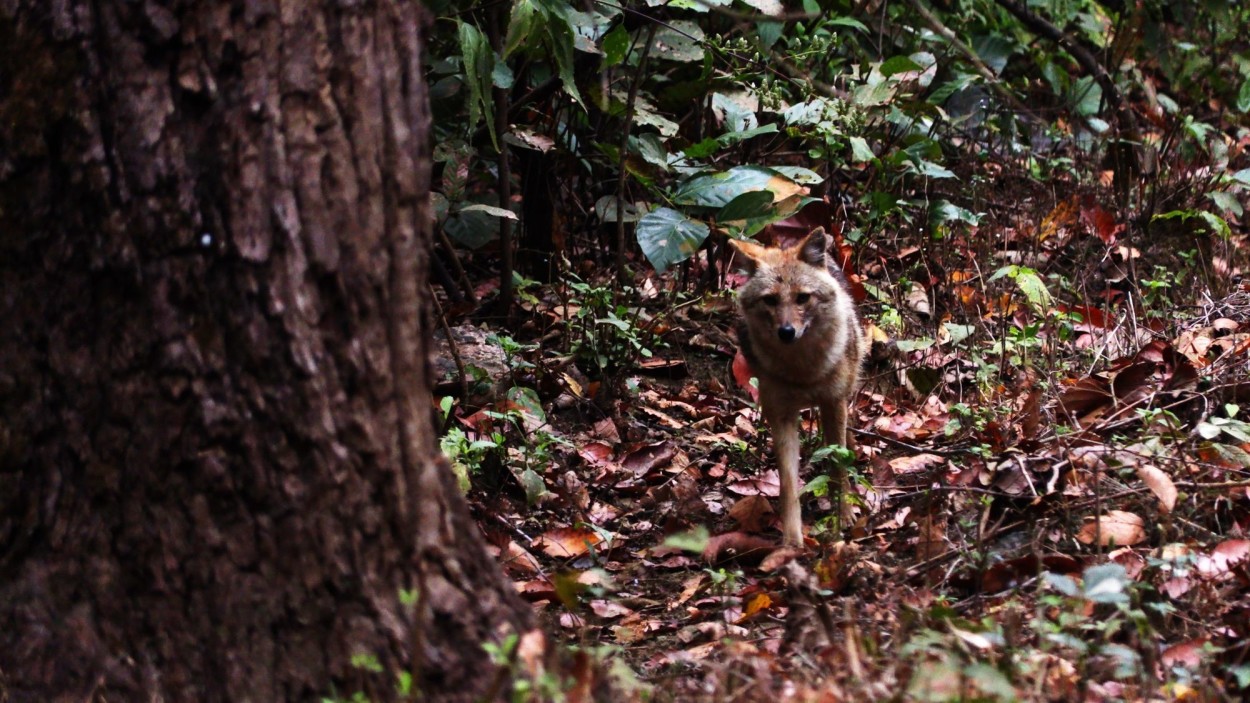

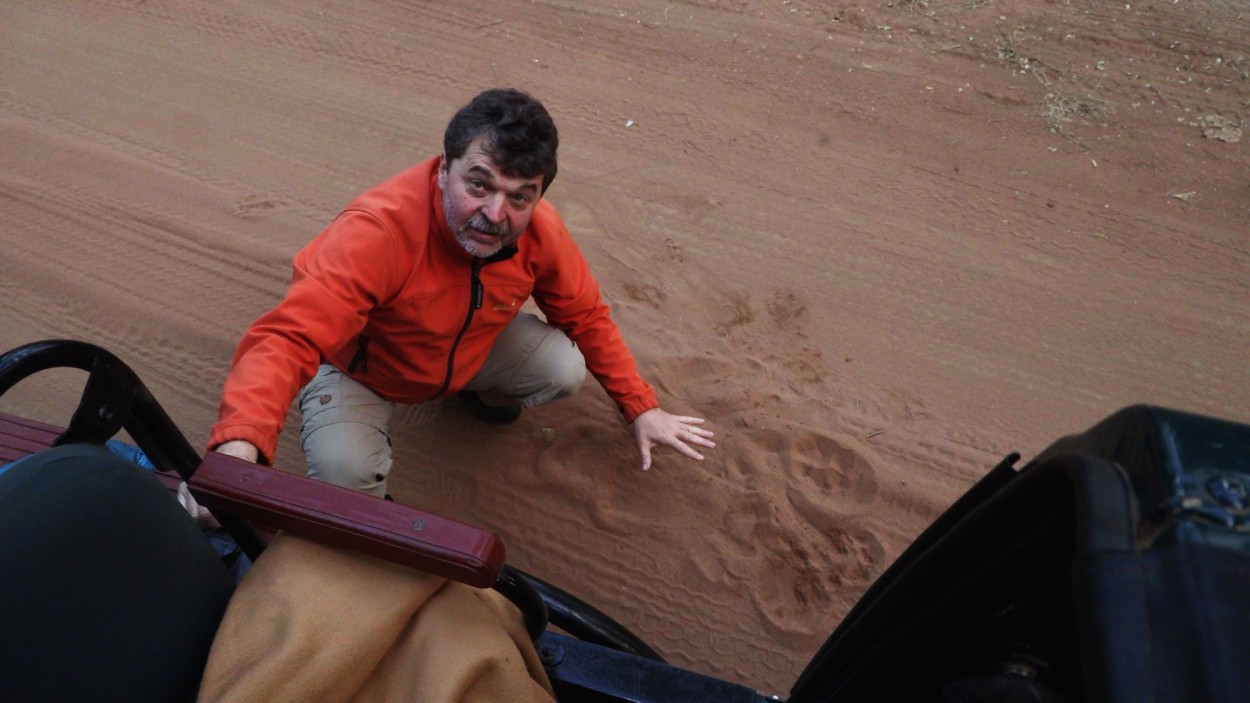
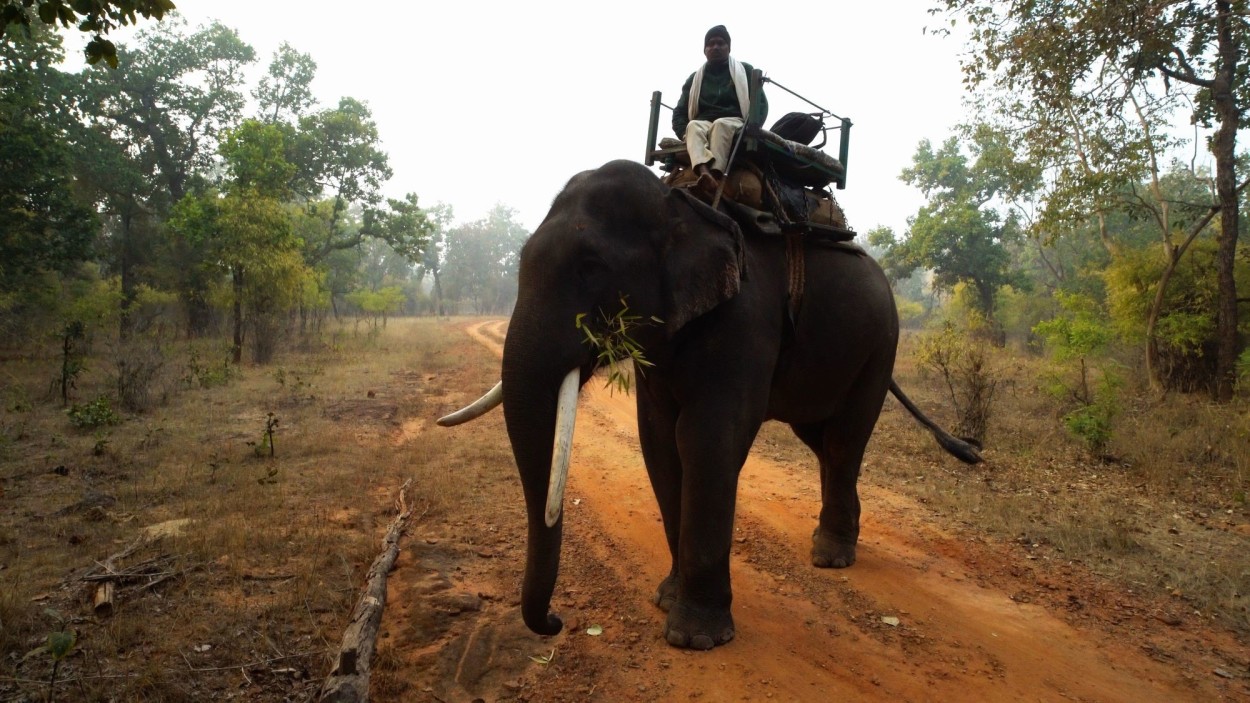
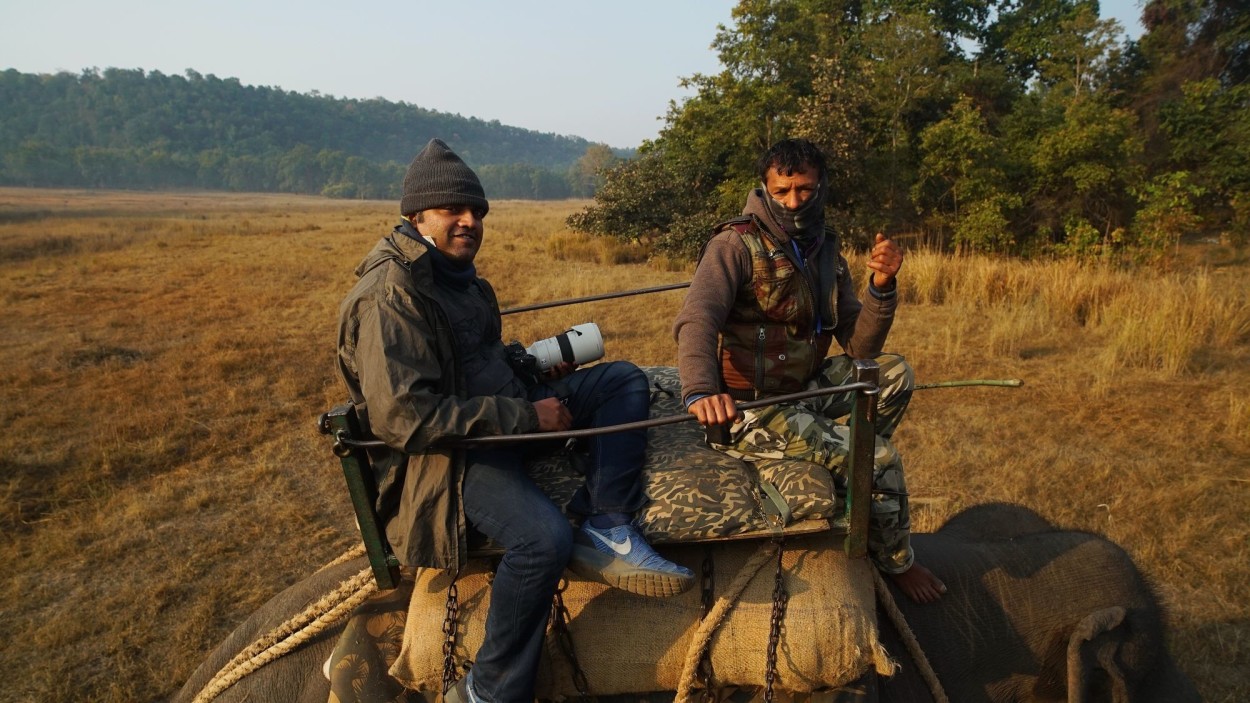
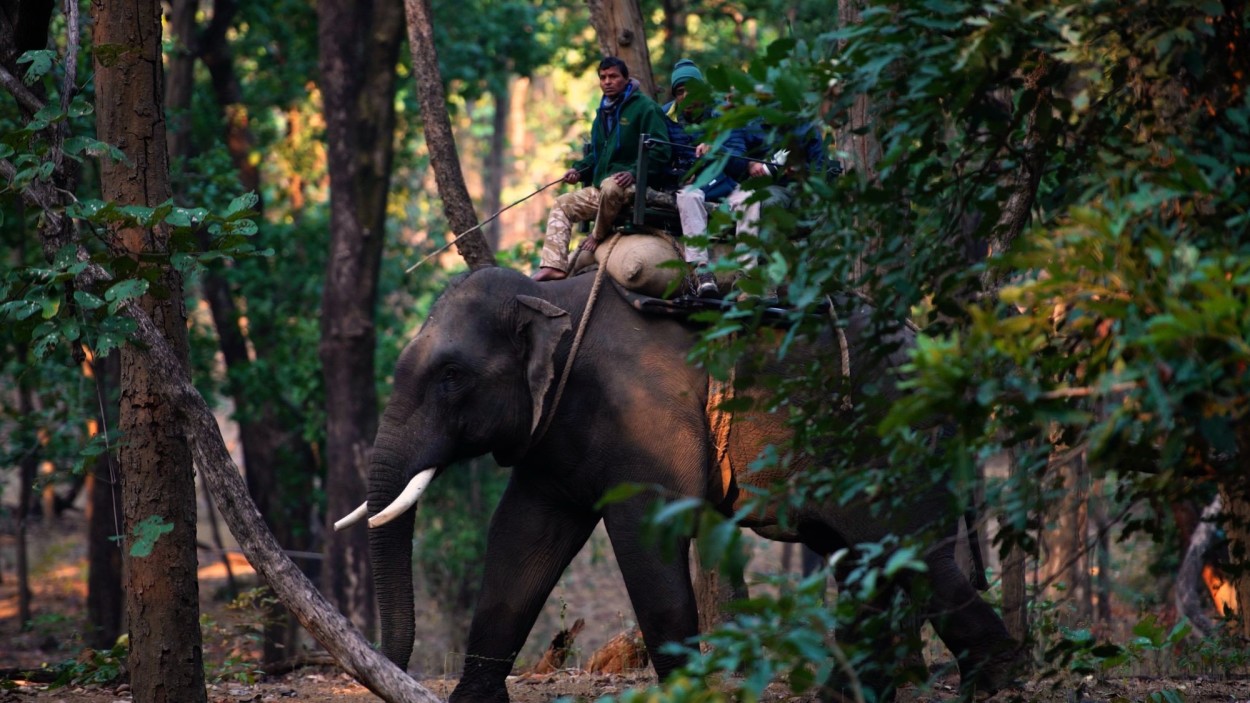
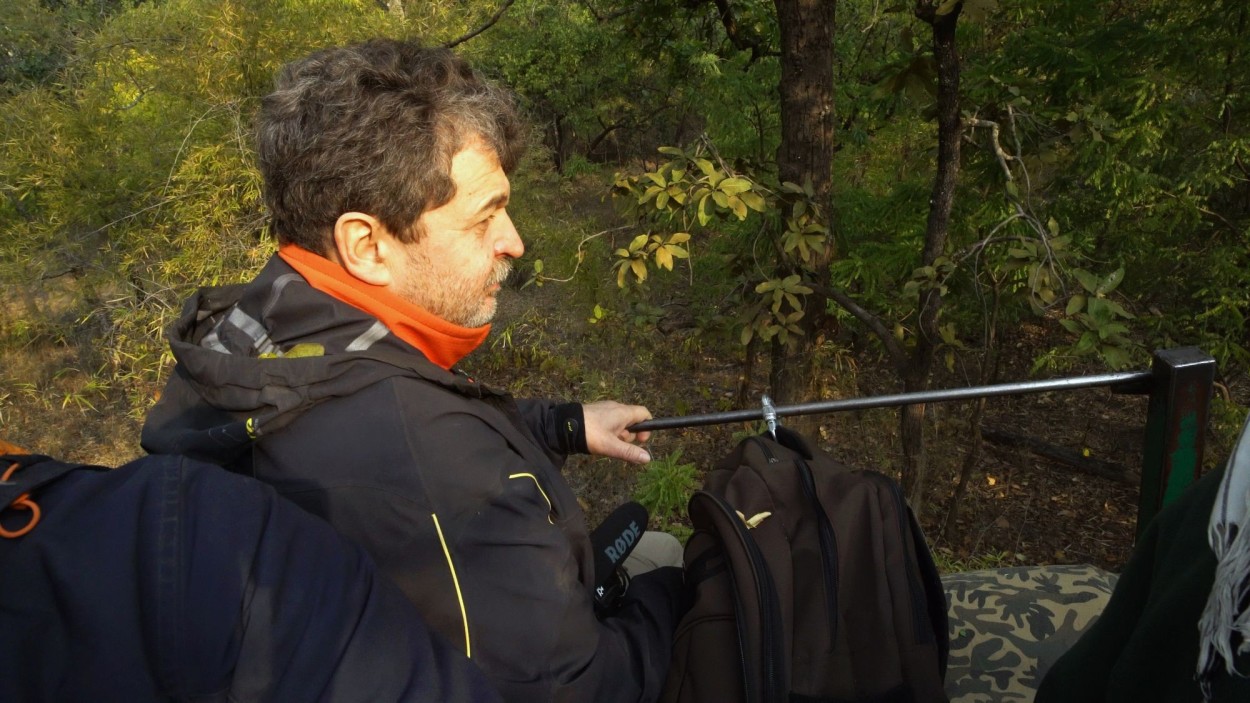
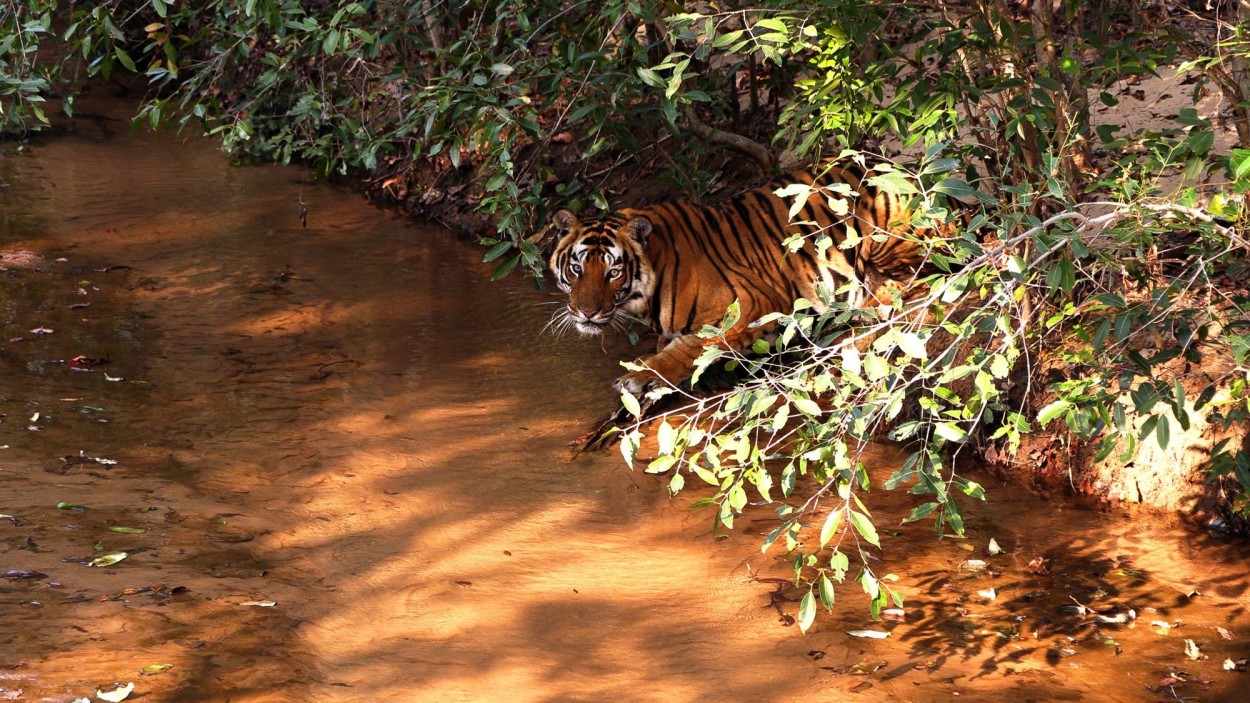
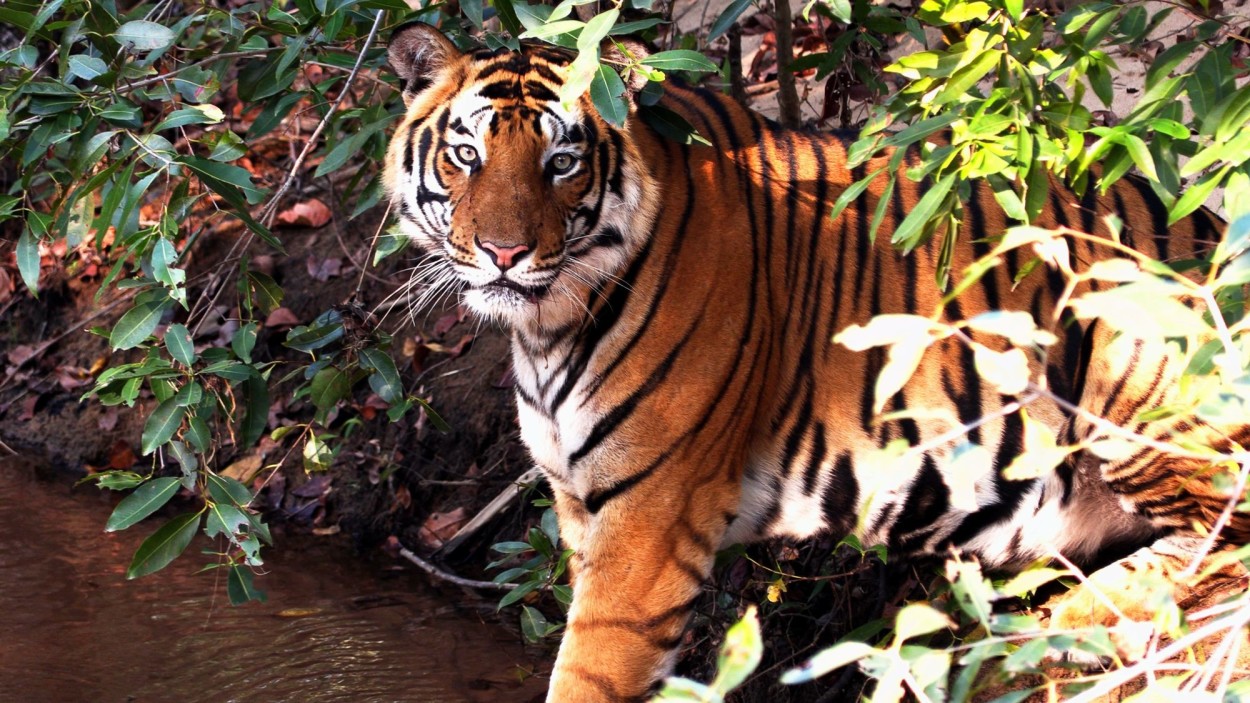
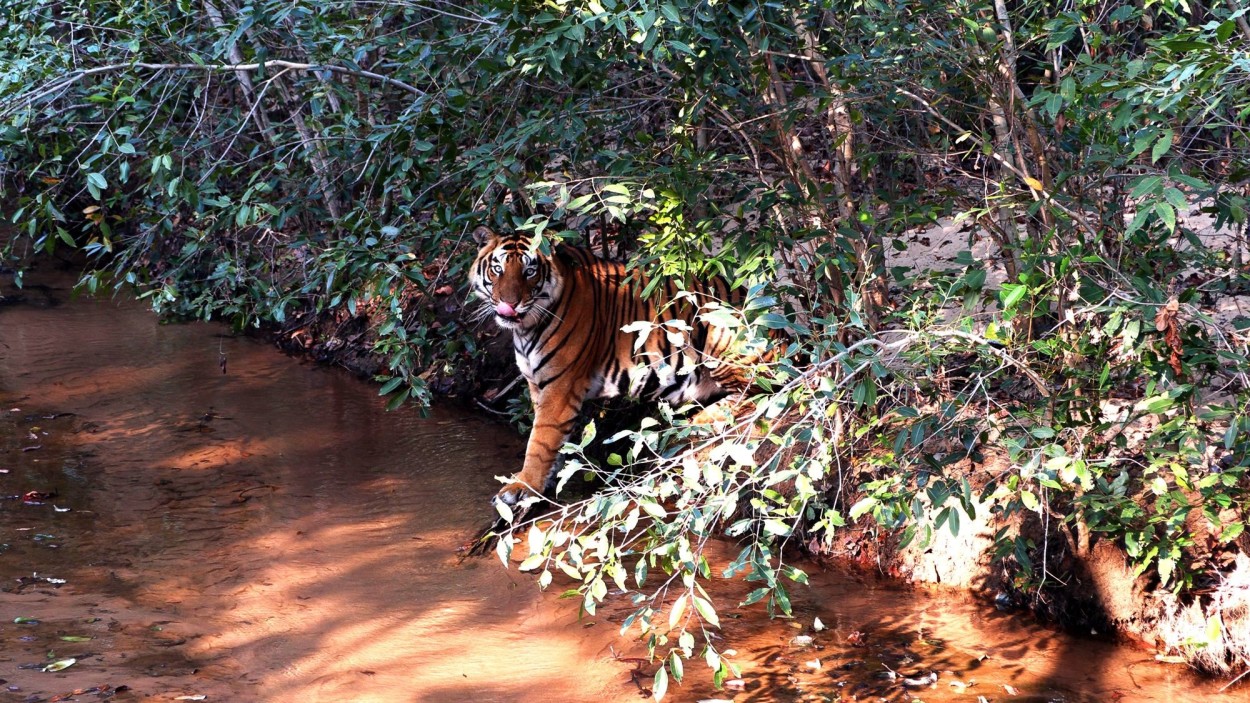
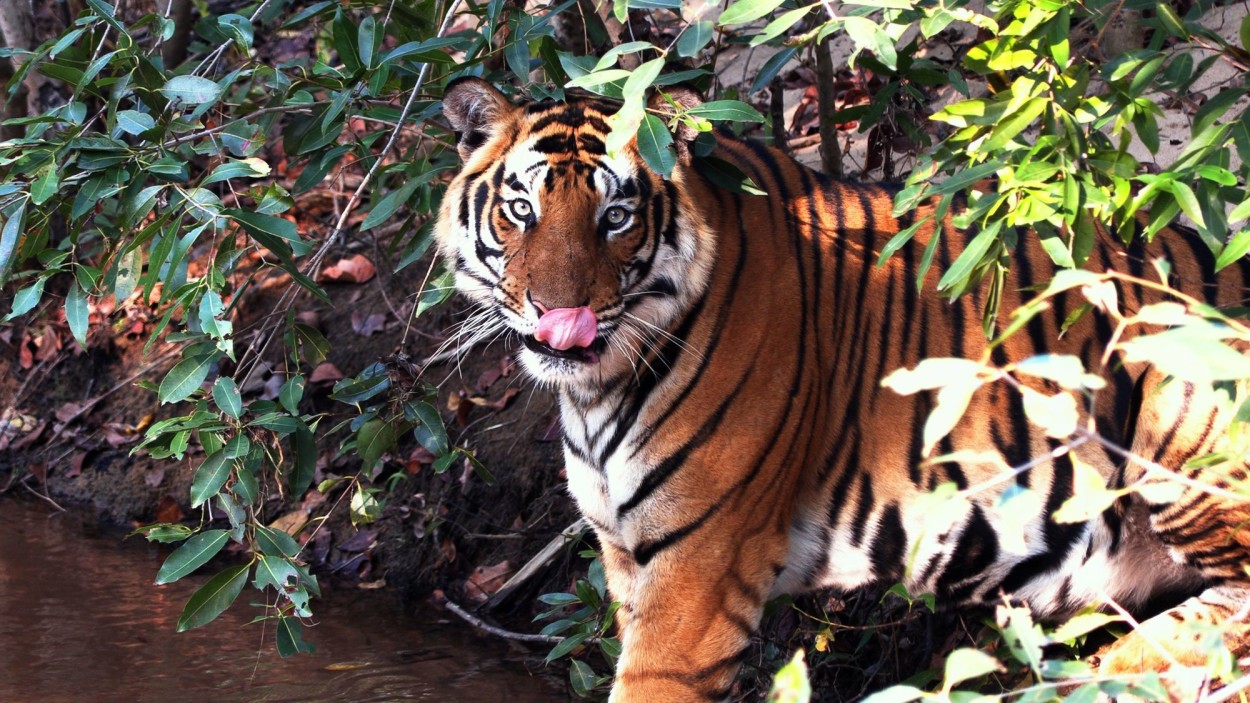
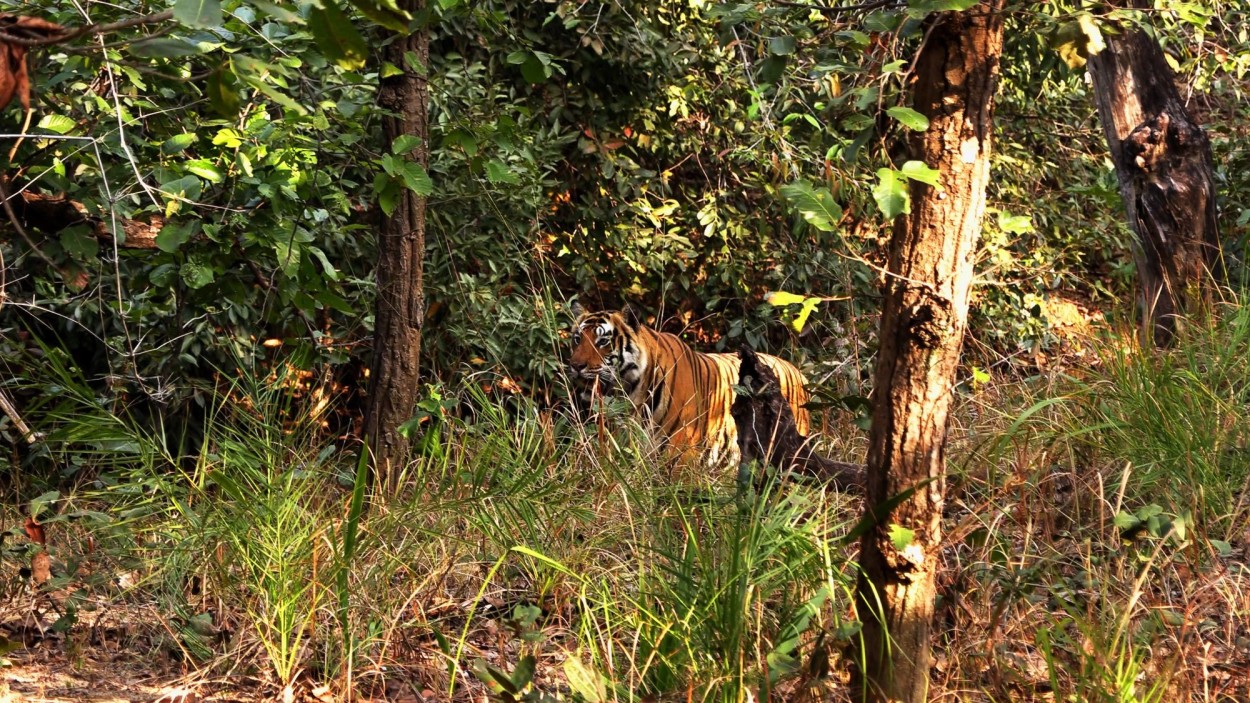
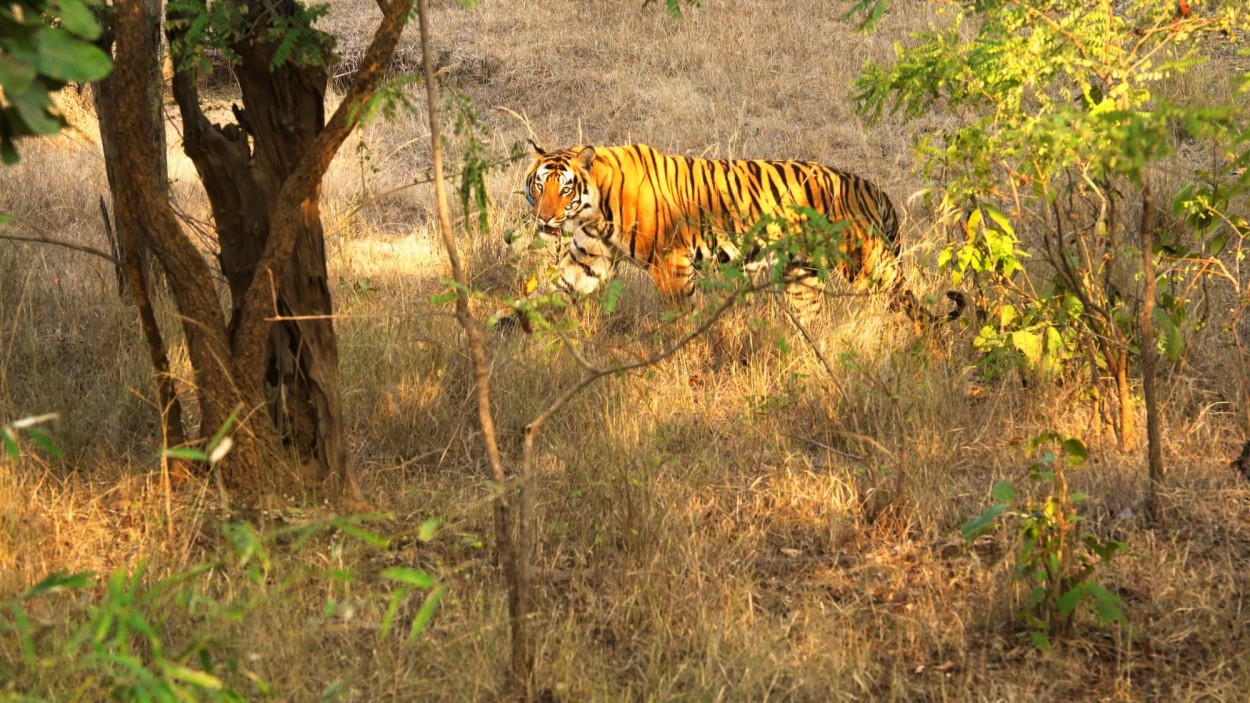
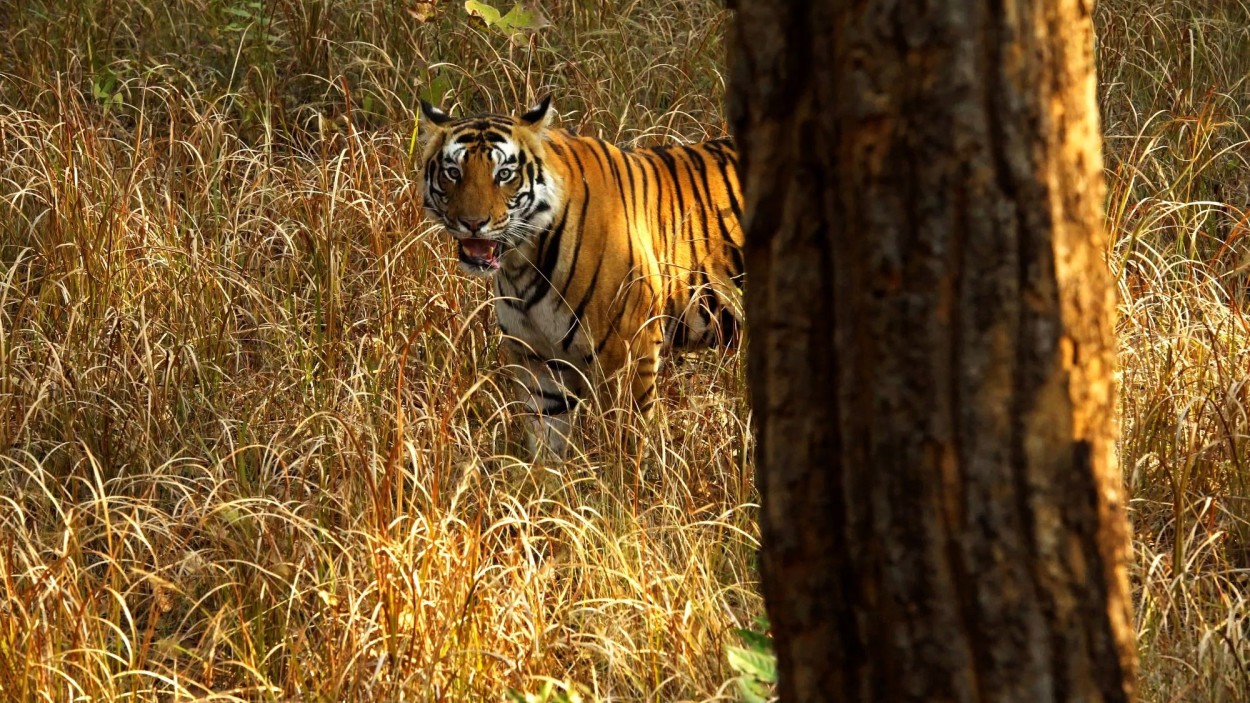
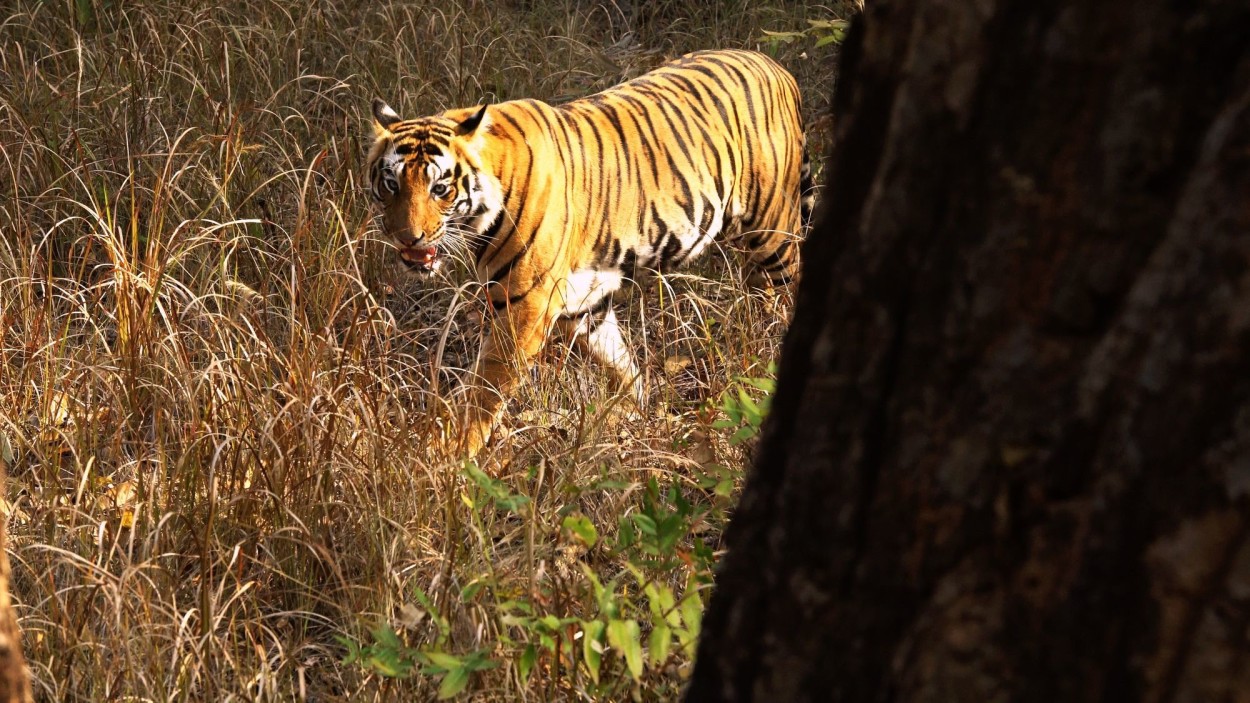
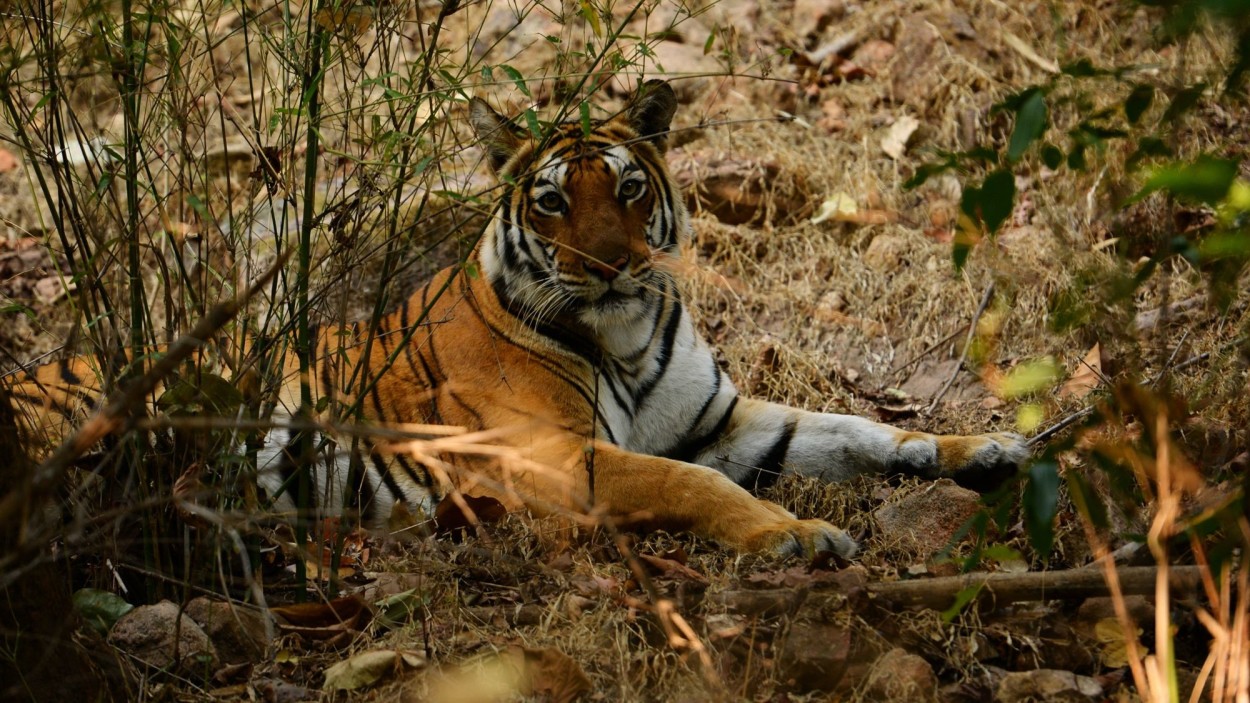
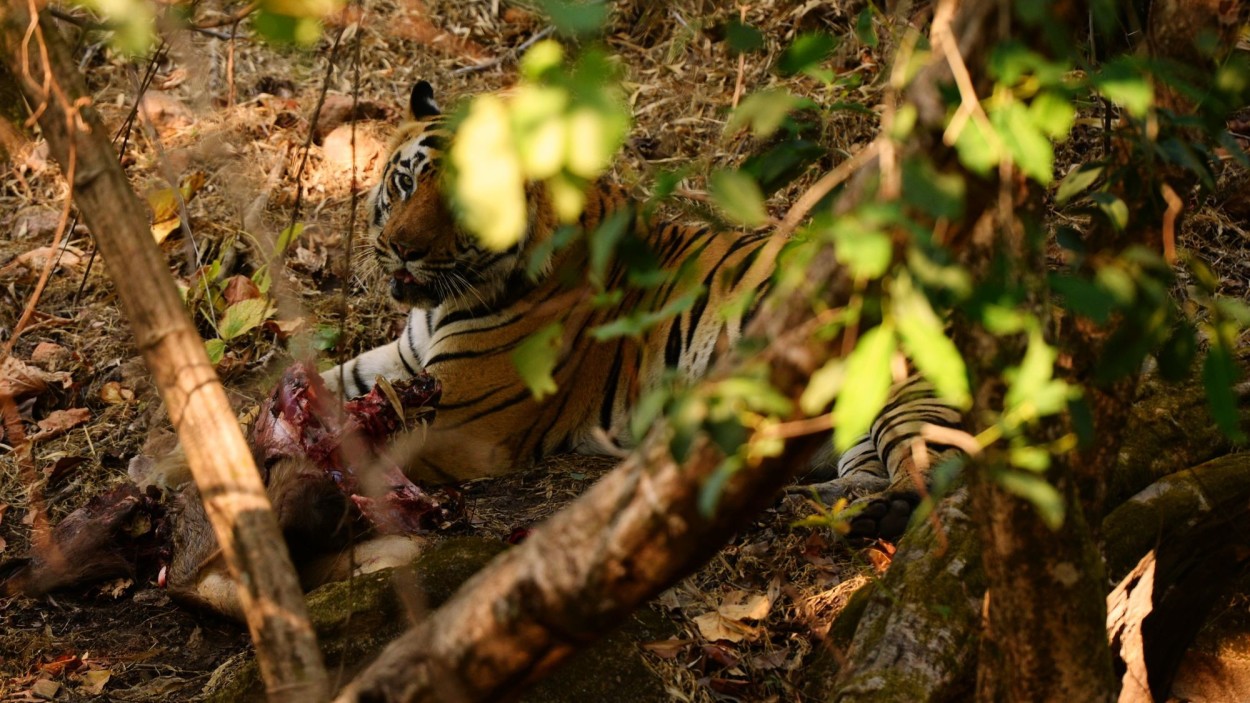
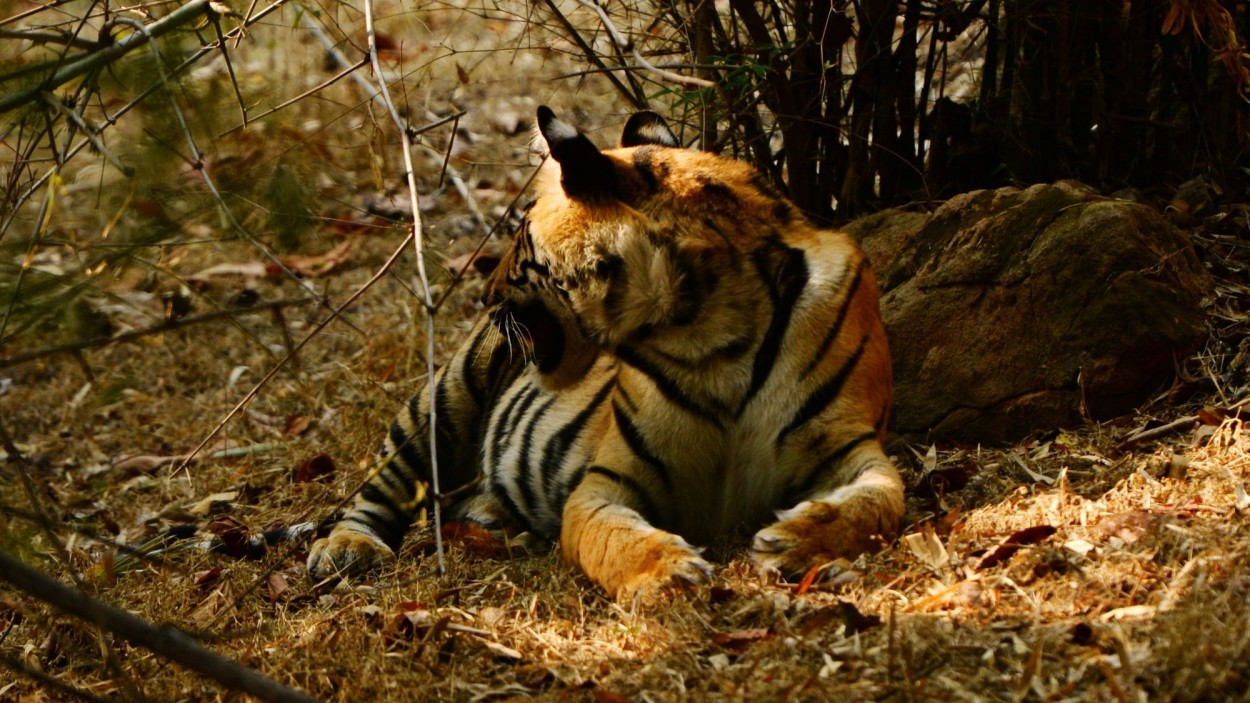
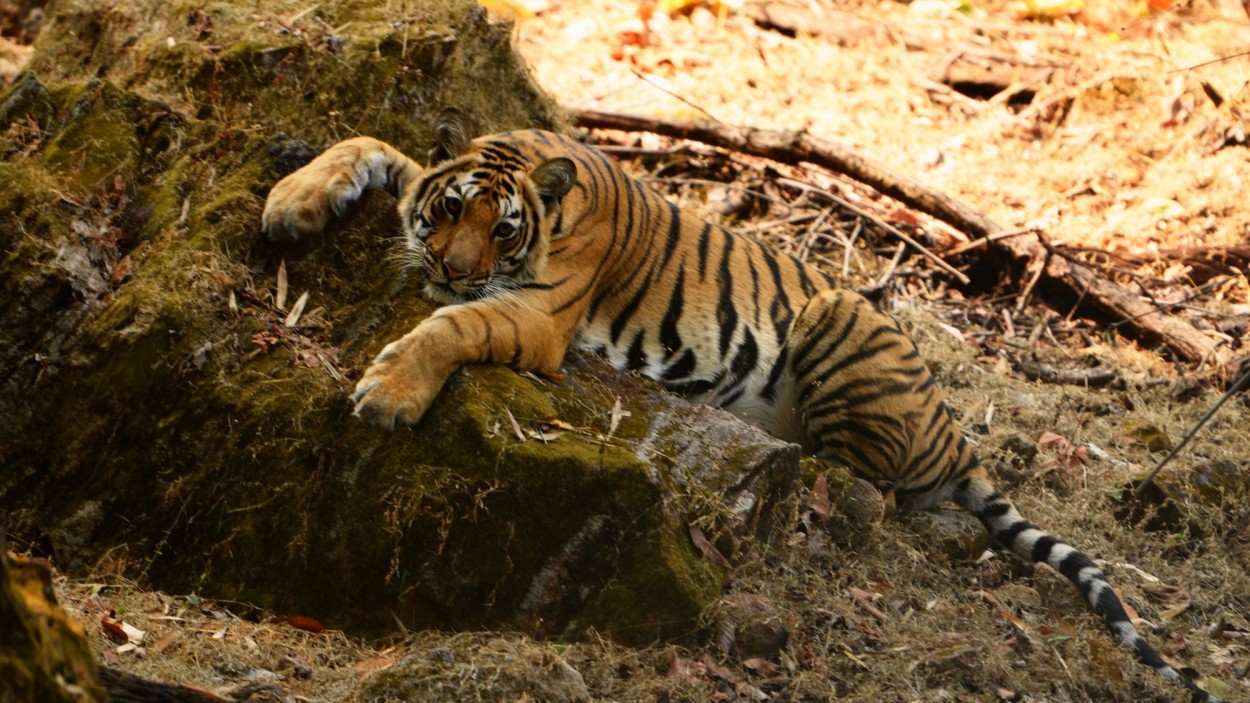
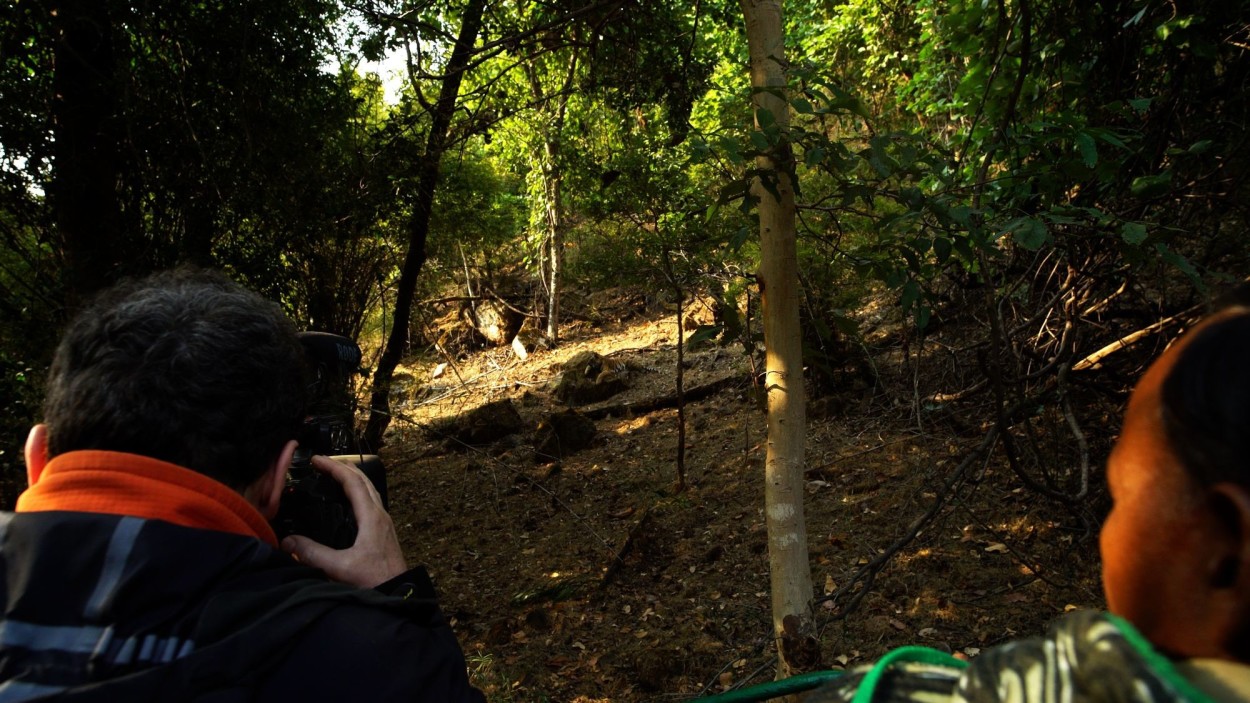
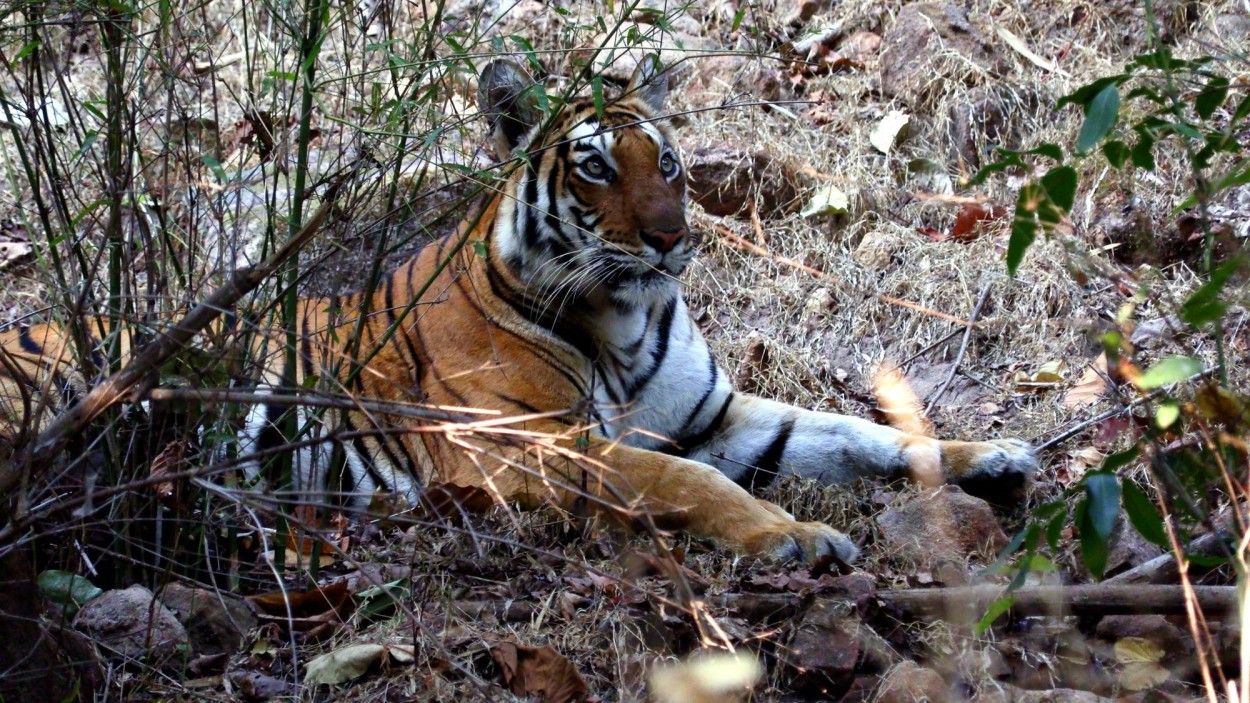
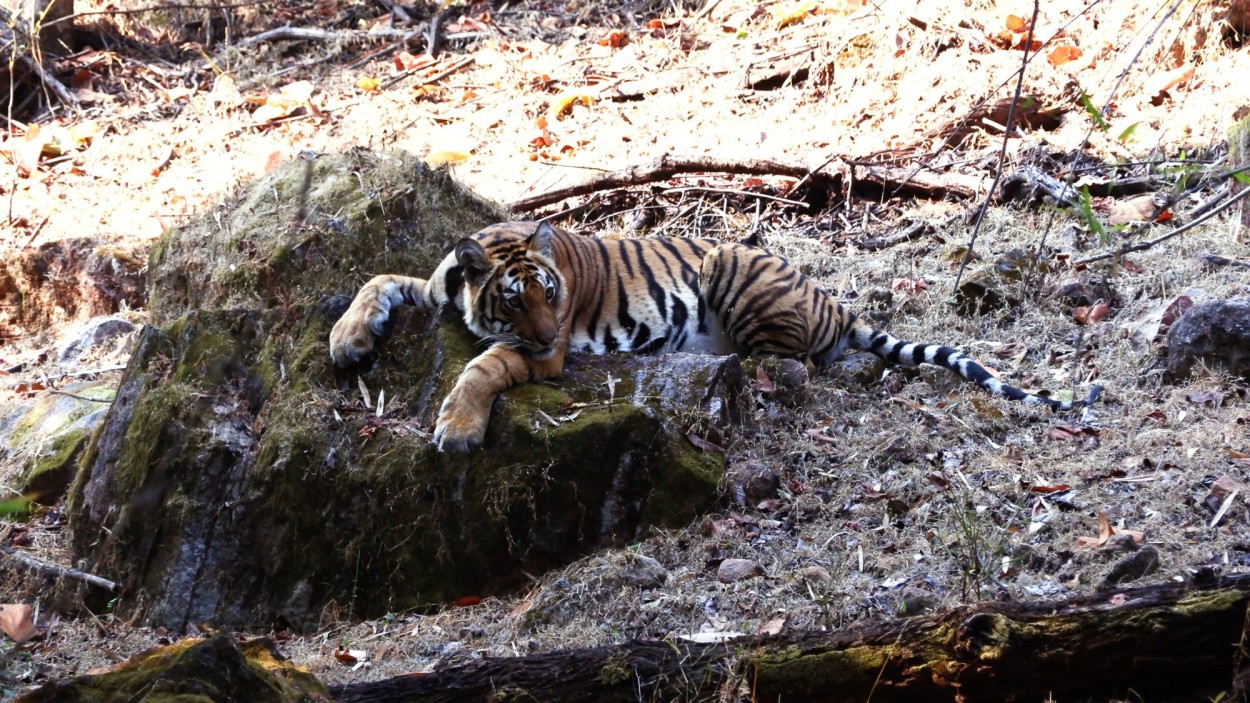
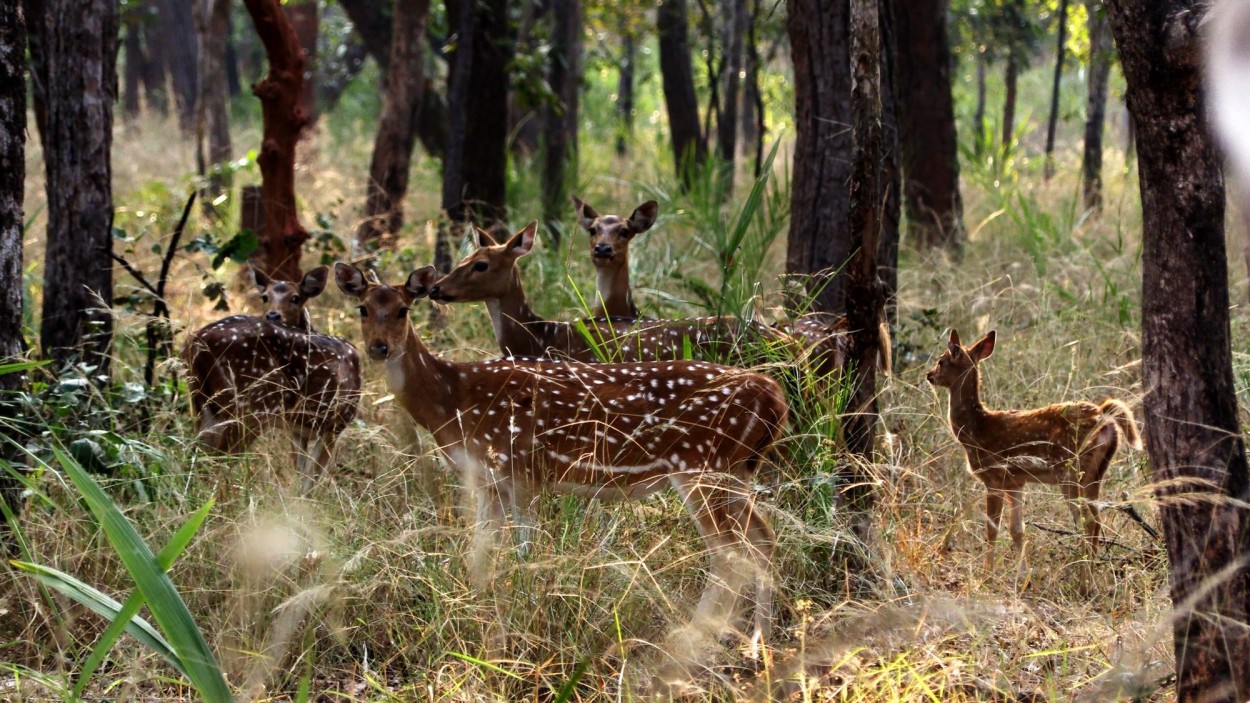
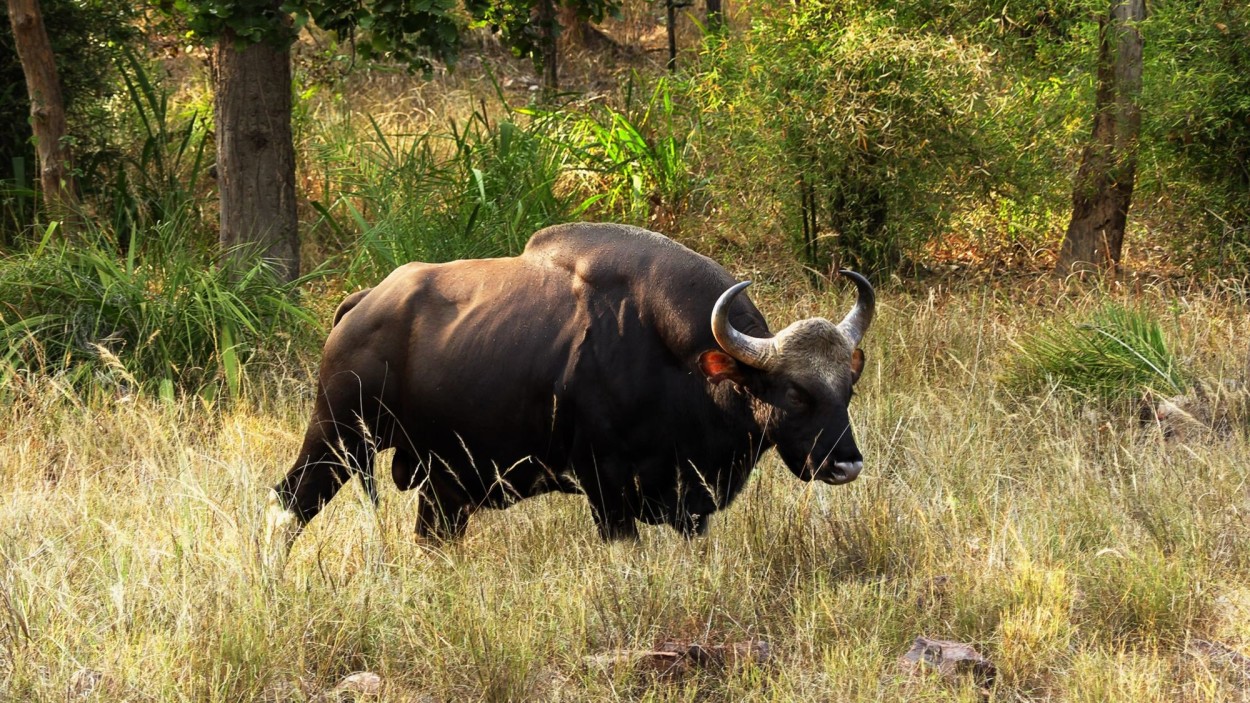
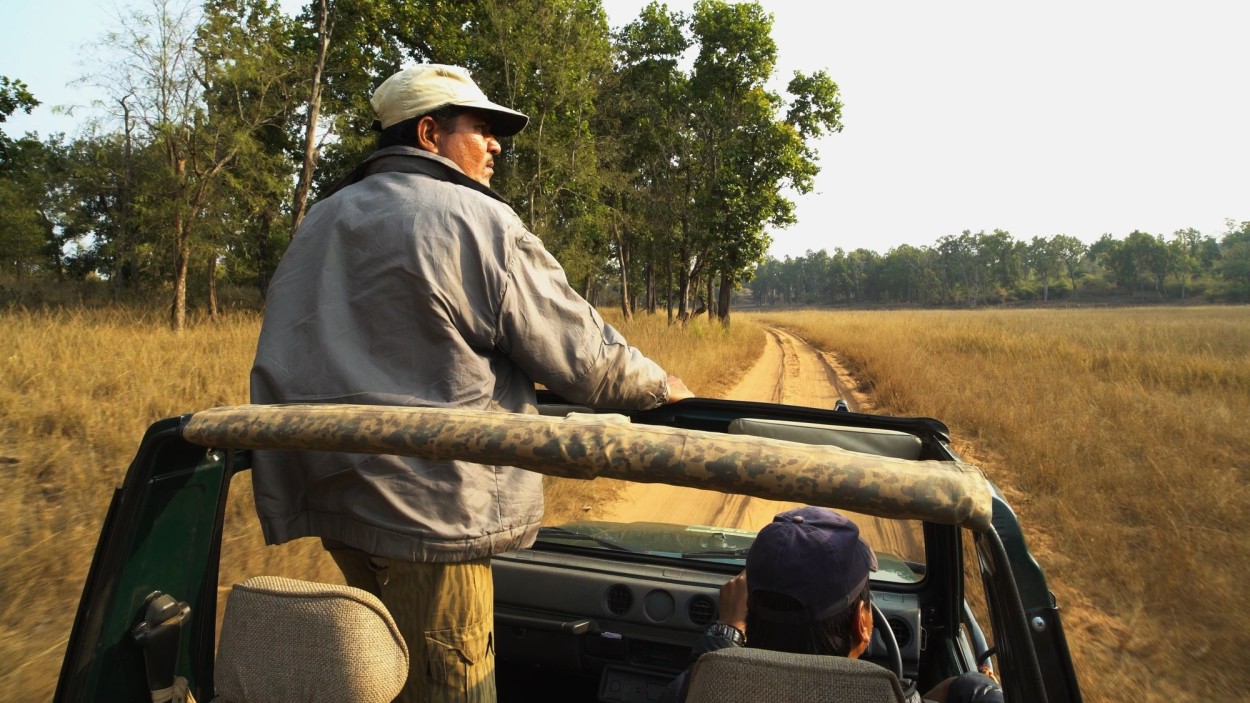
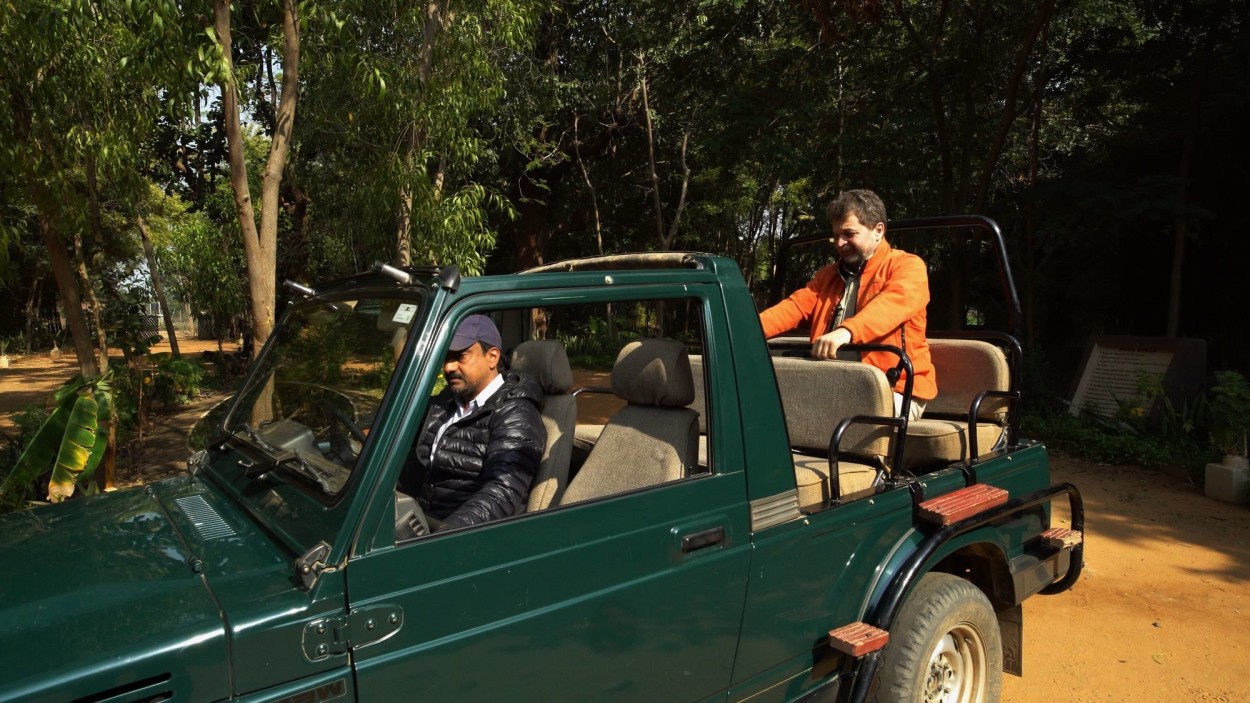
Comments
zortilo nrel
2020-12-23
This is the right blog for anyone who wants to find out about this topic. You realize so much its almost hard to argue with you (not that I actually would want…HaHa). You definitely put a new spin on a topic thats been written about for years. Great stuff, just great!
Leave Comment